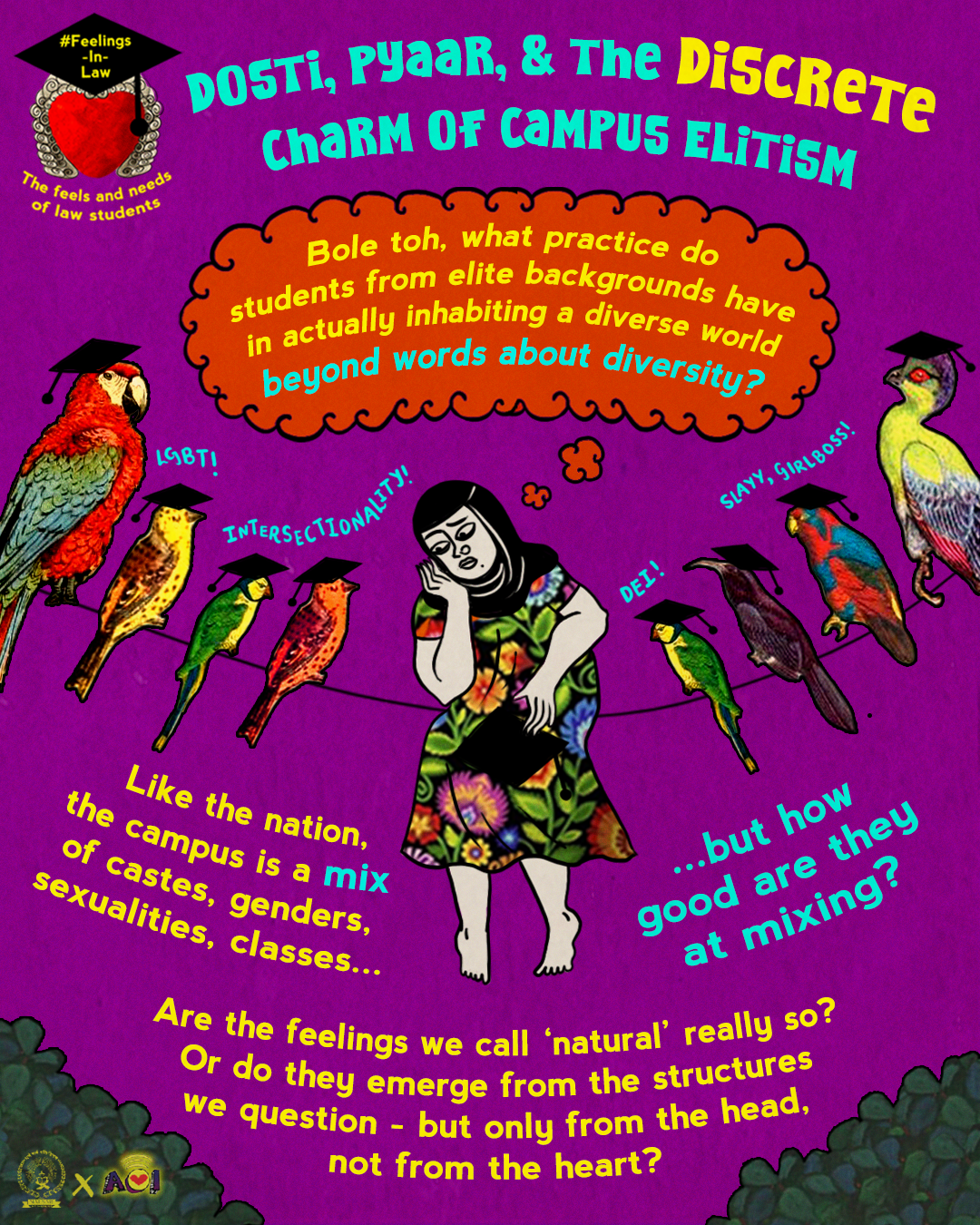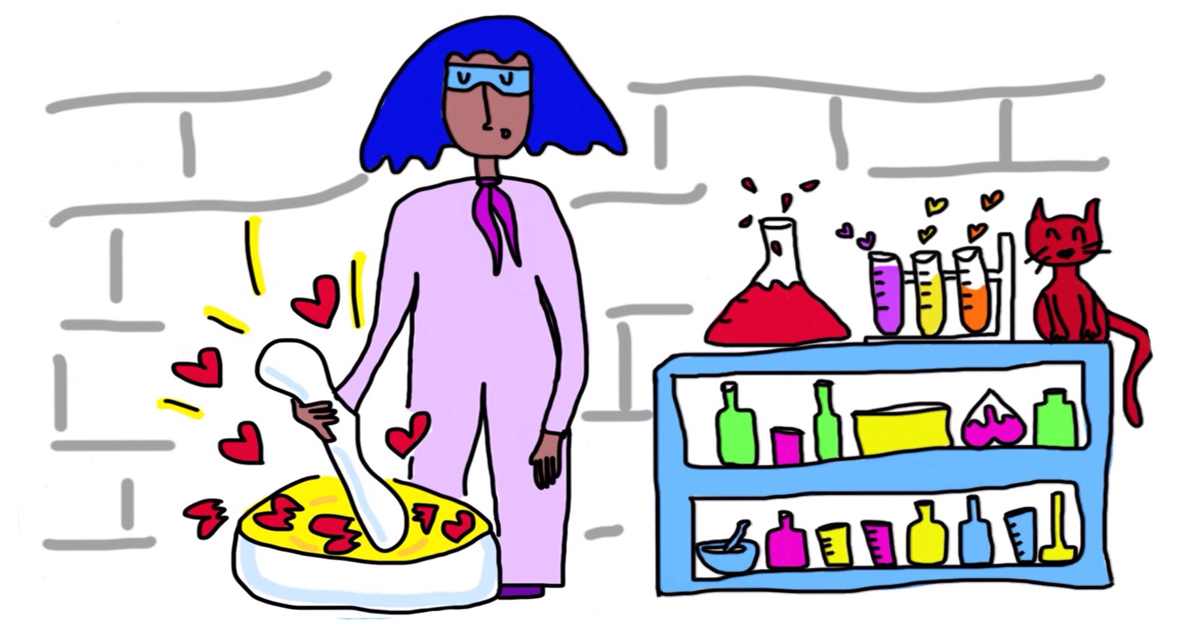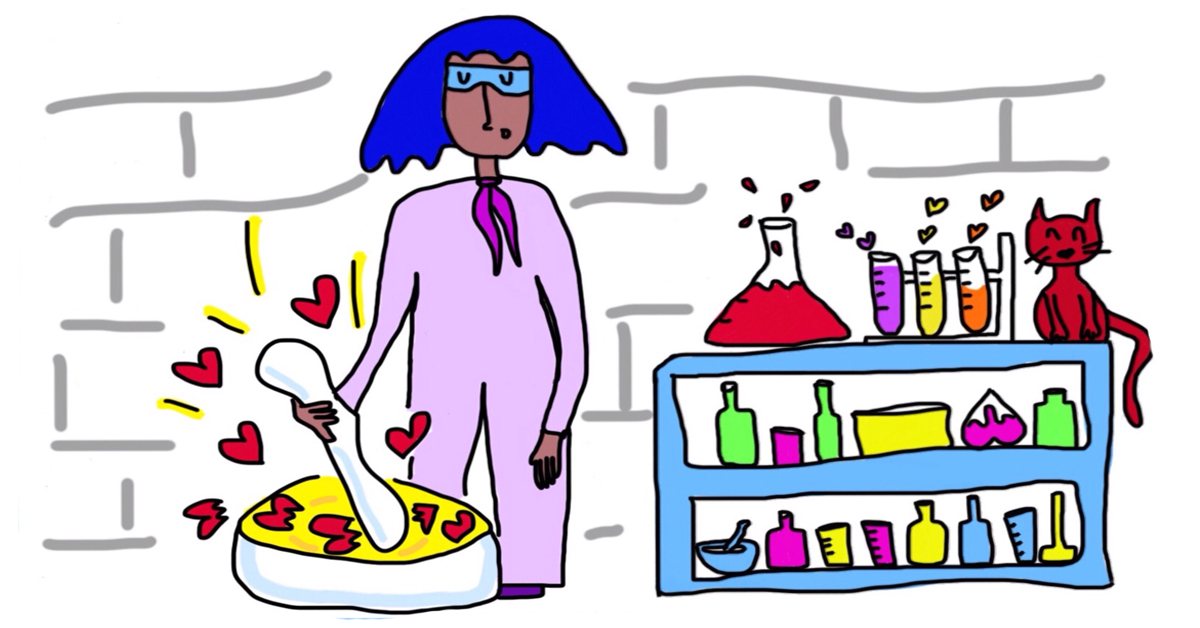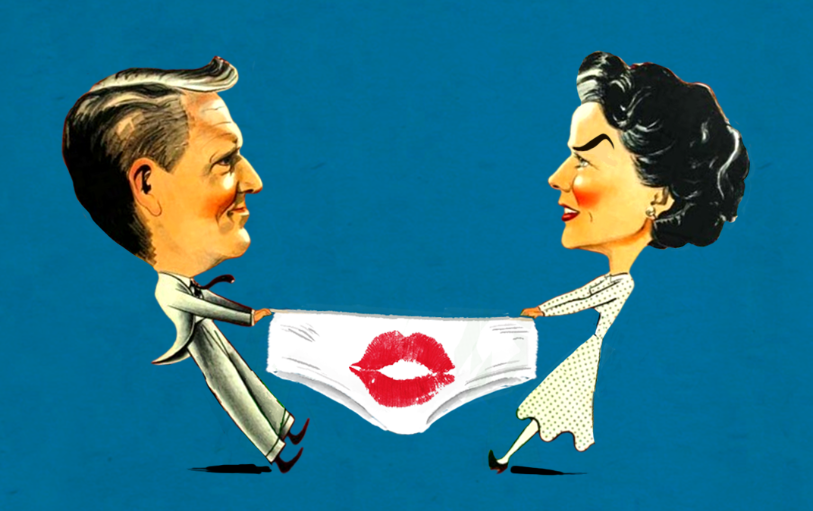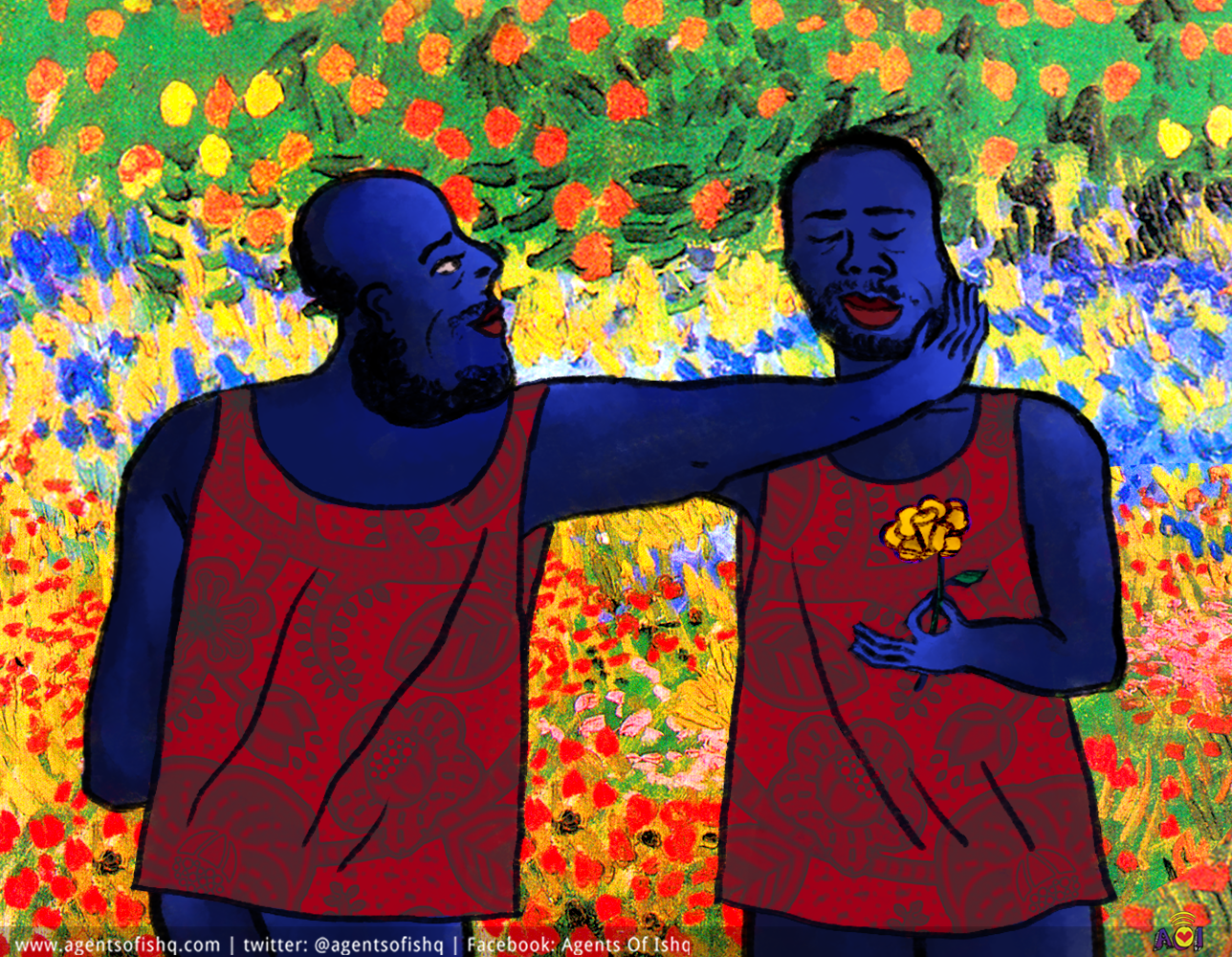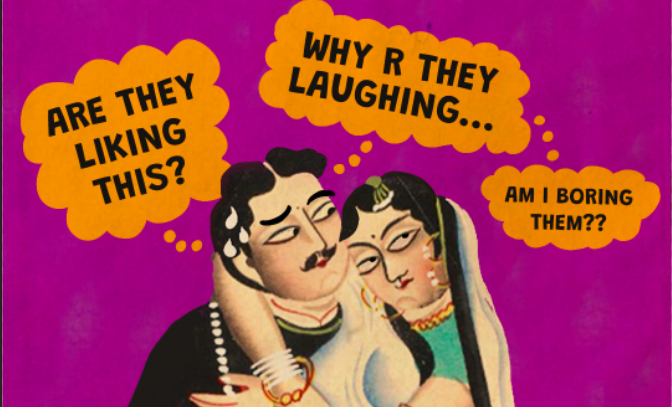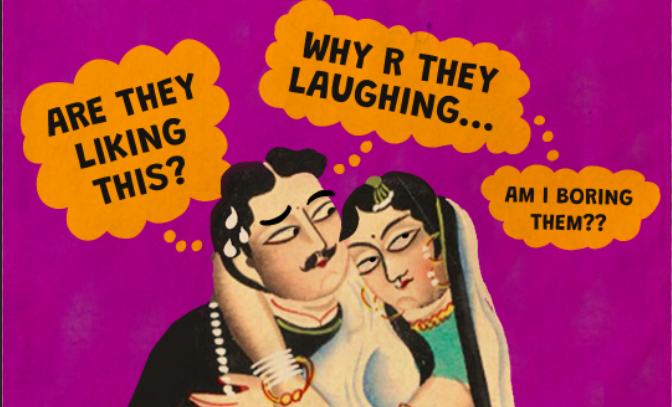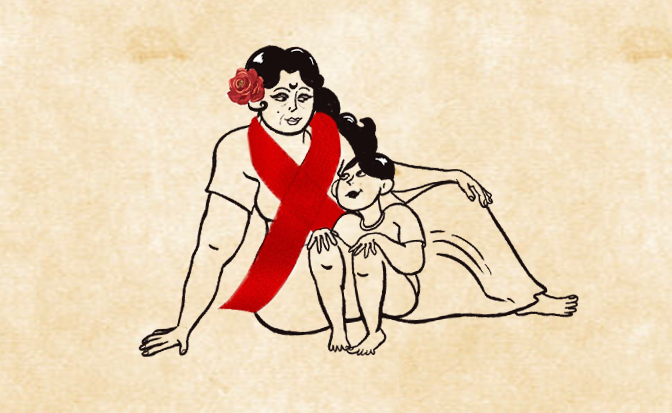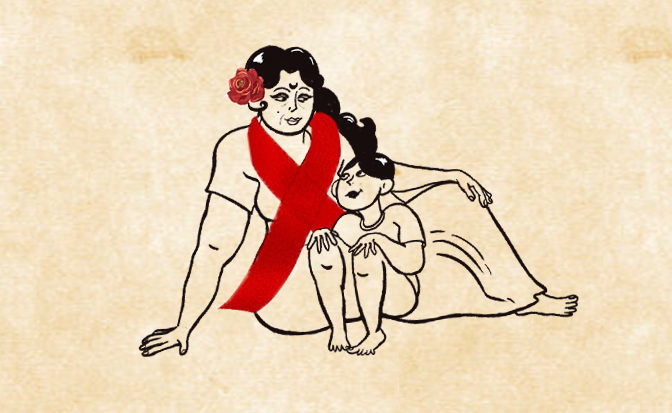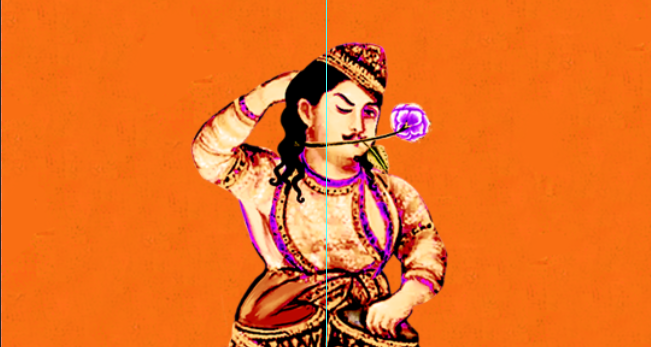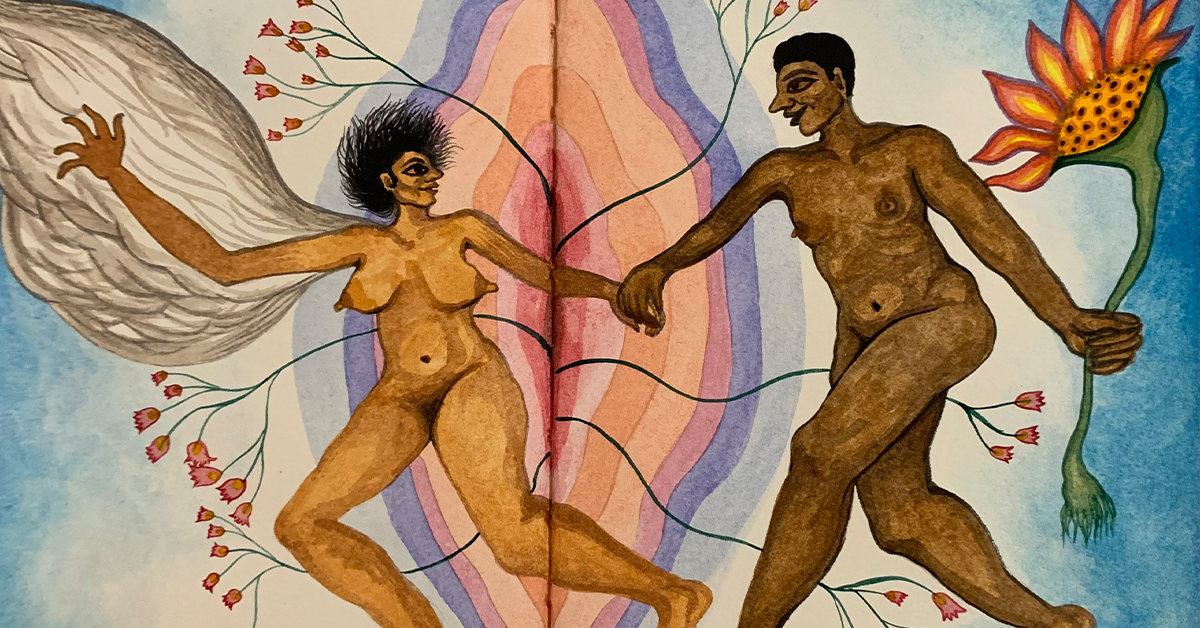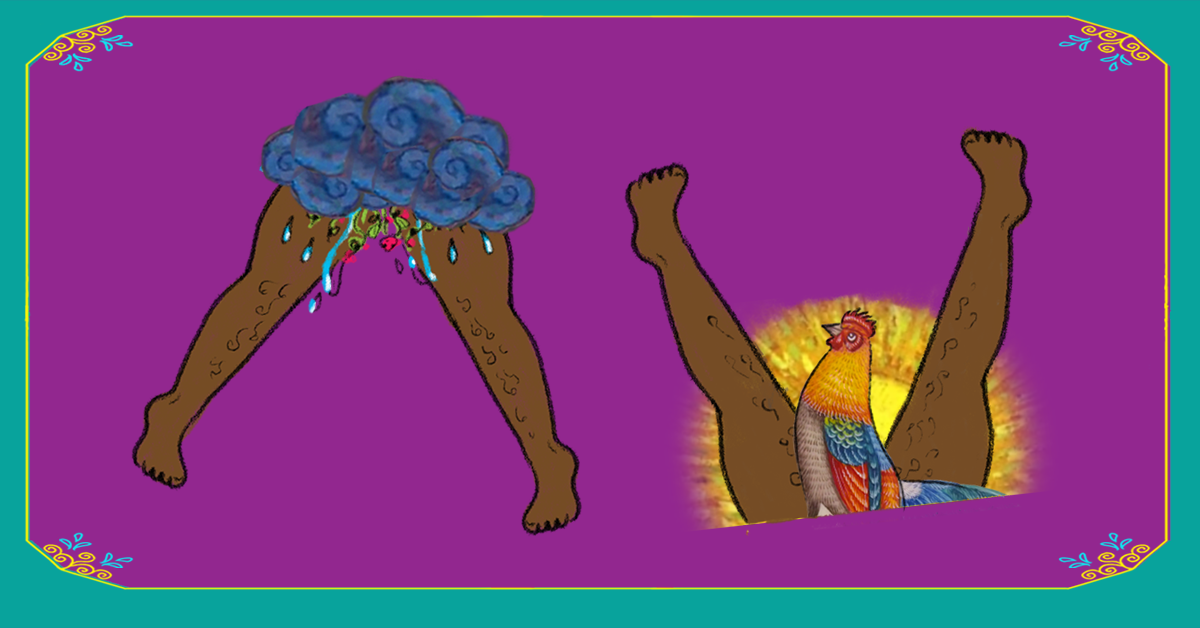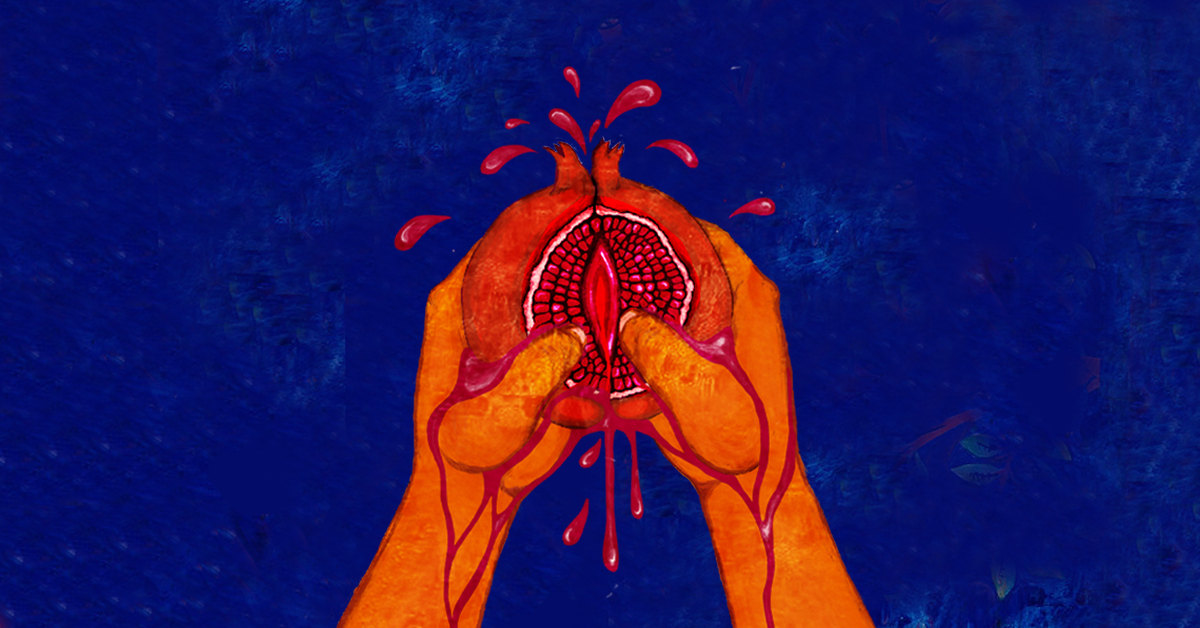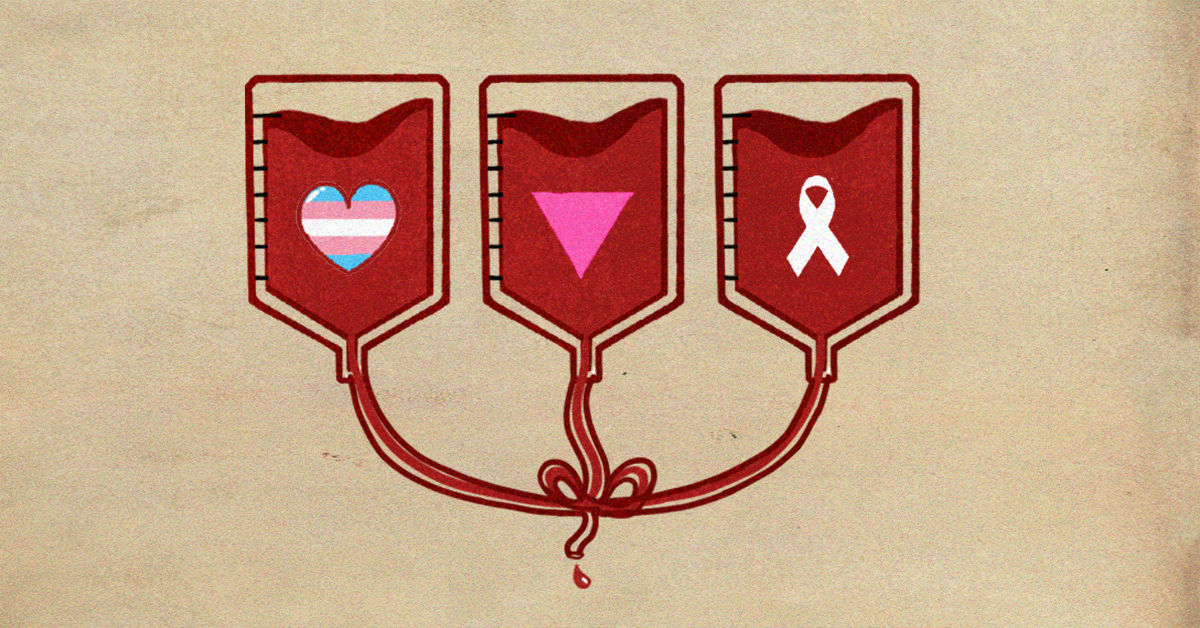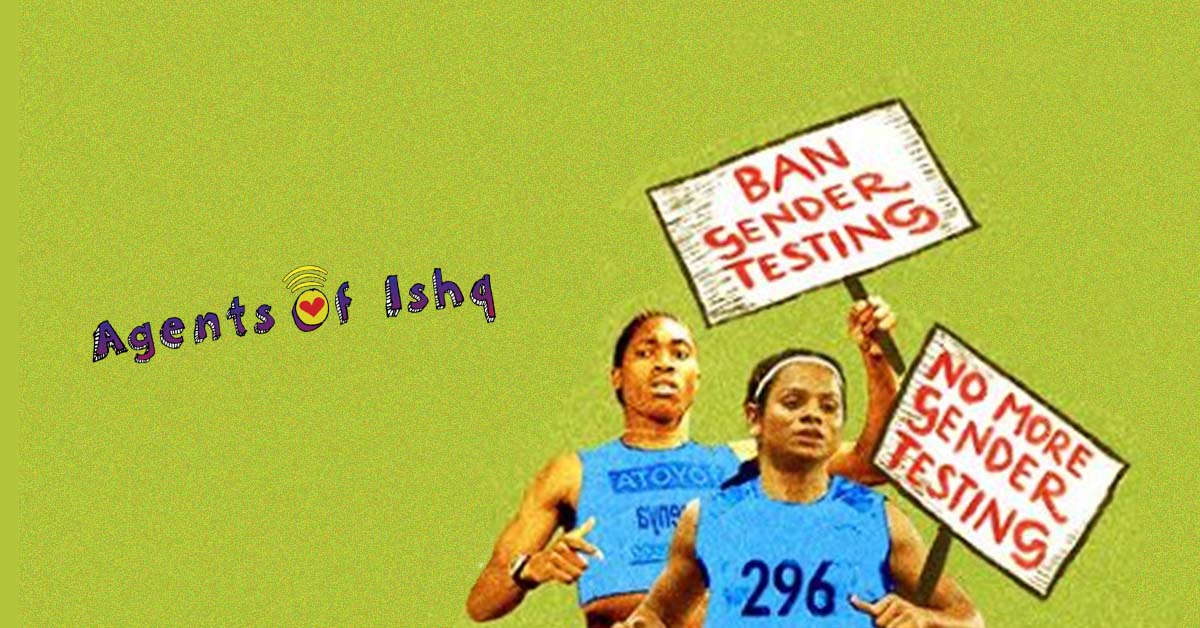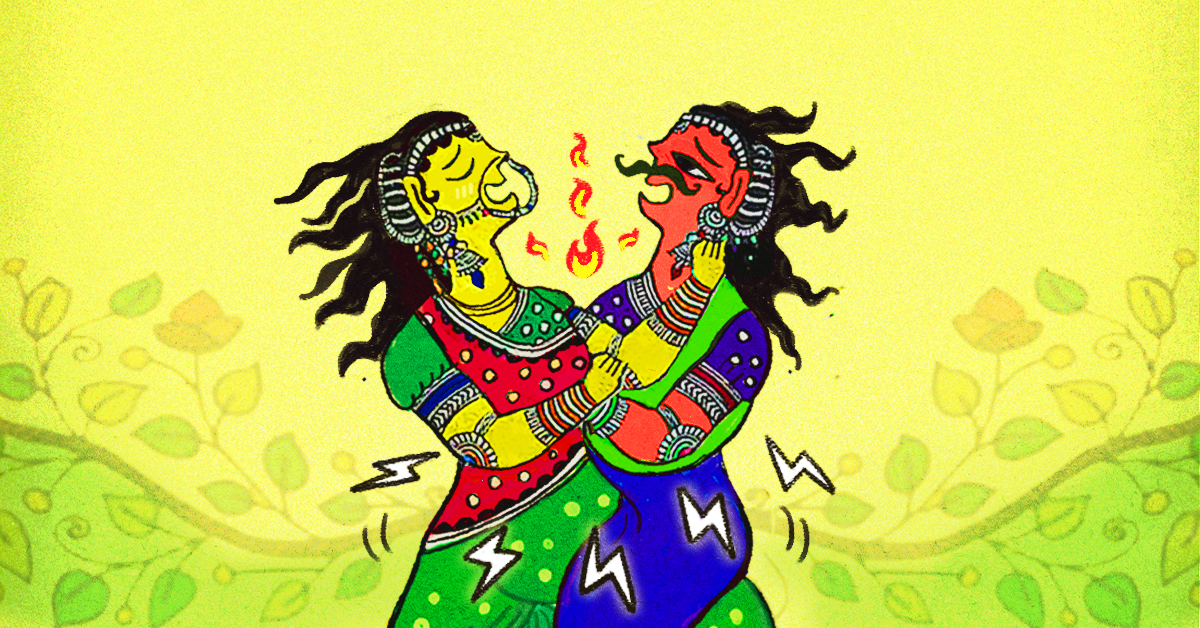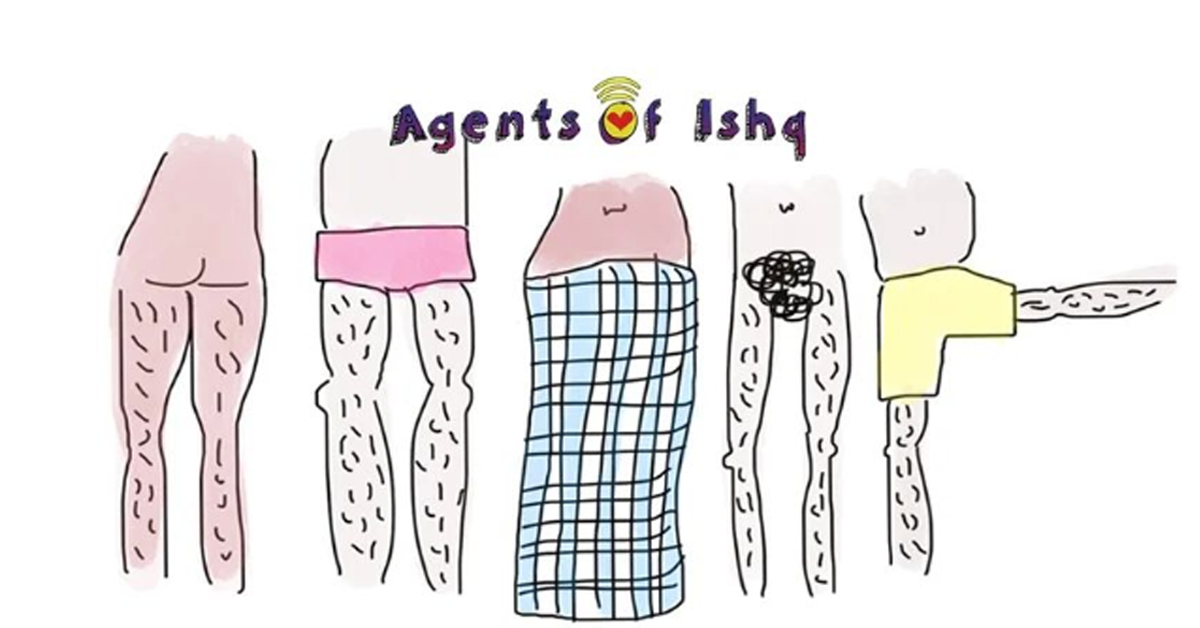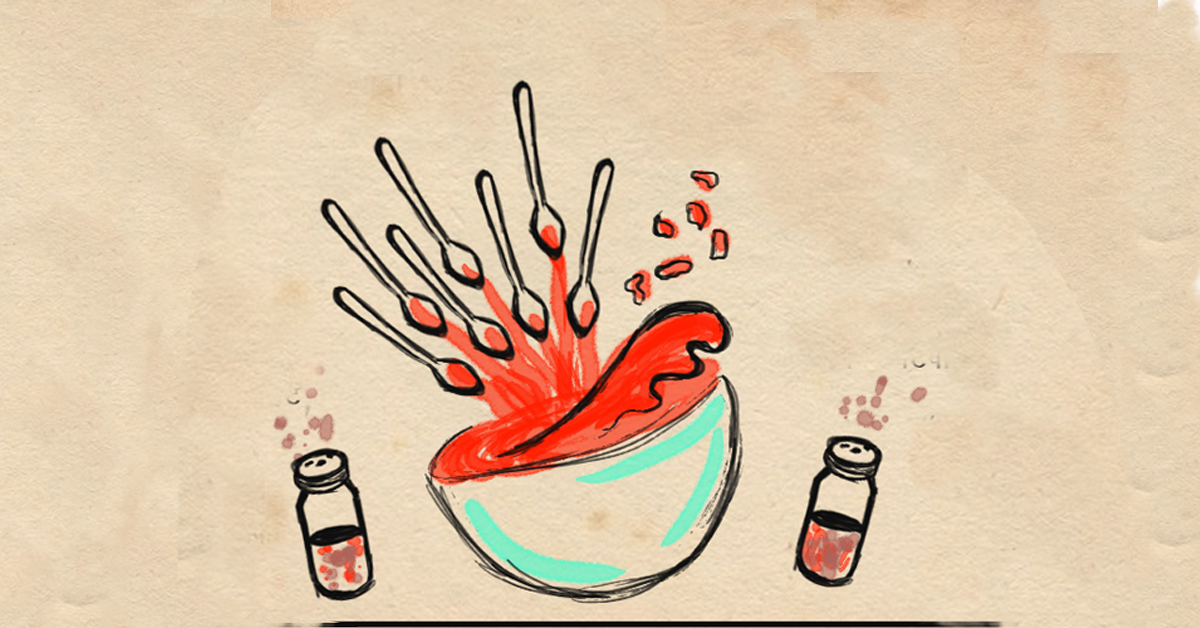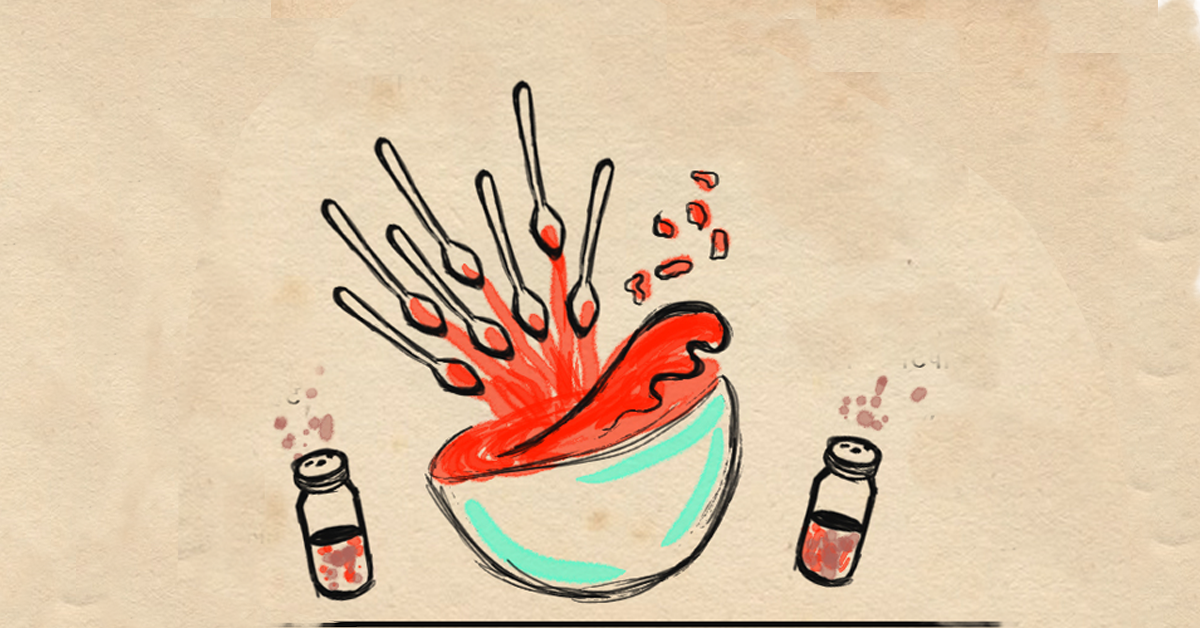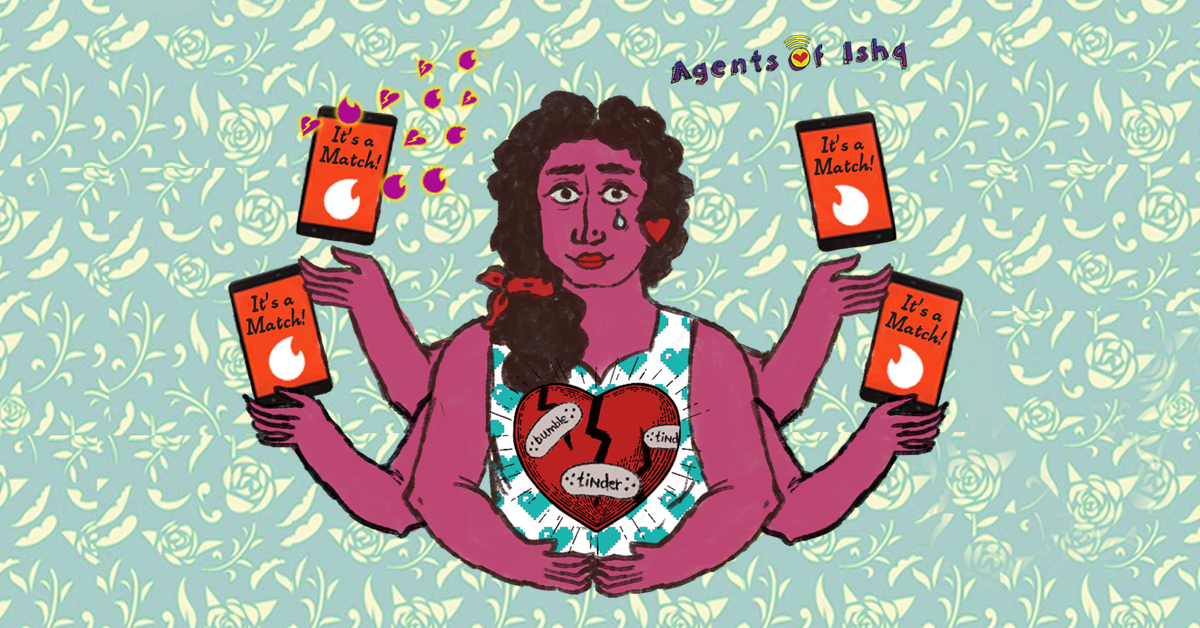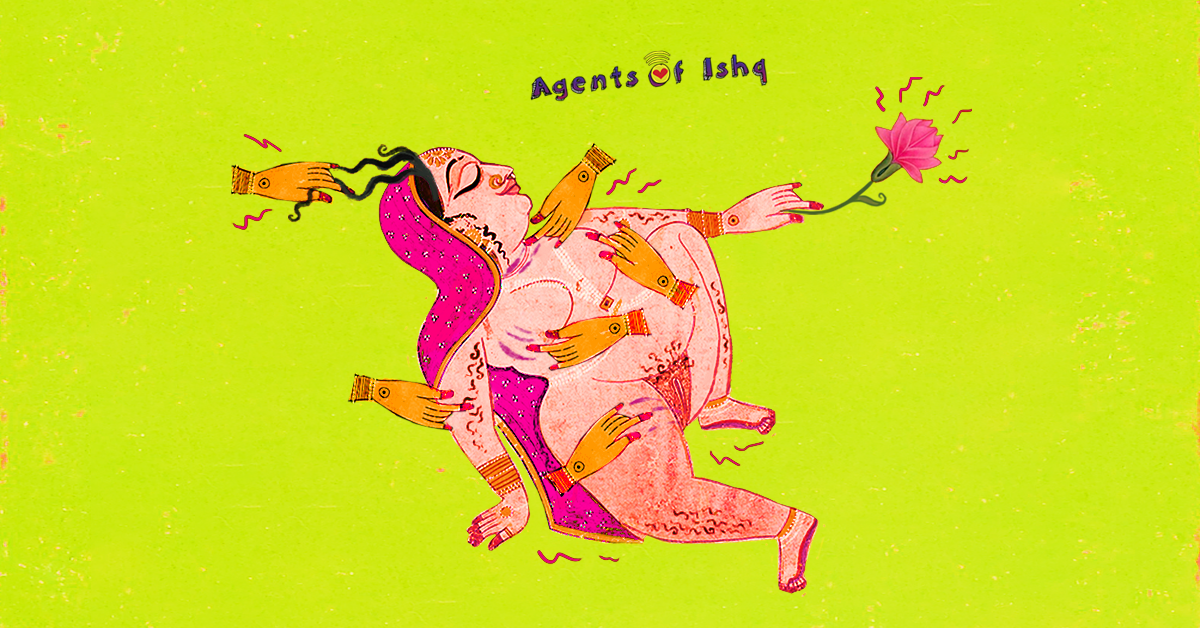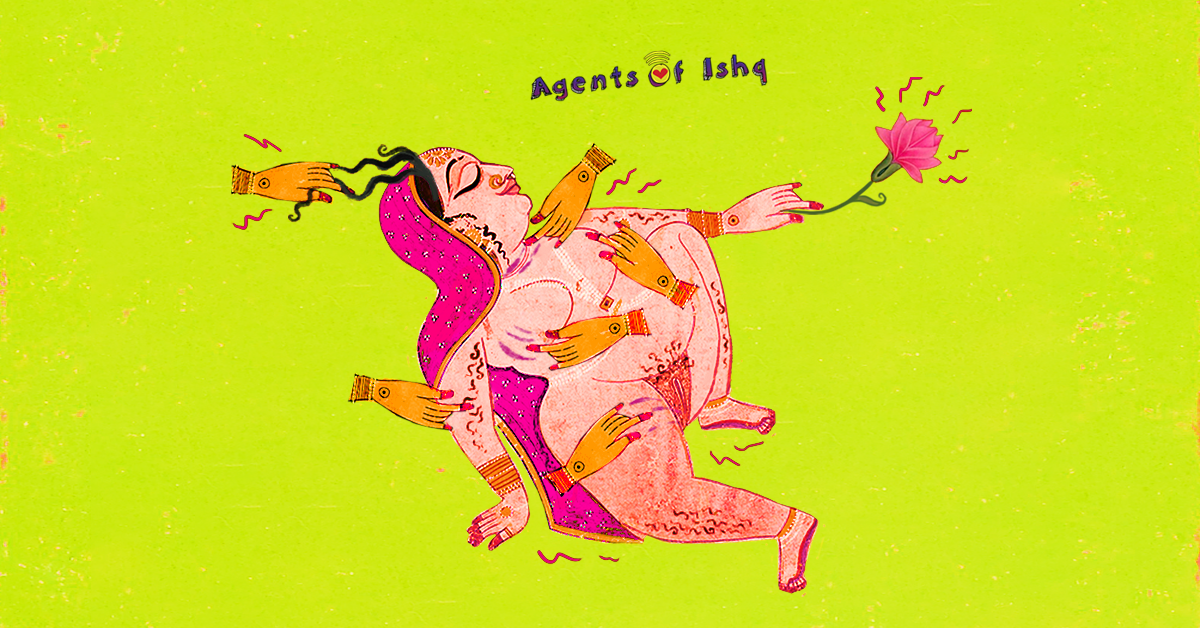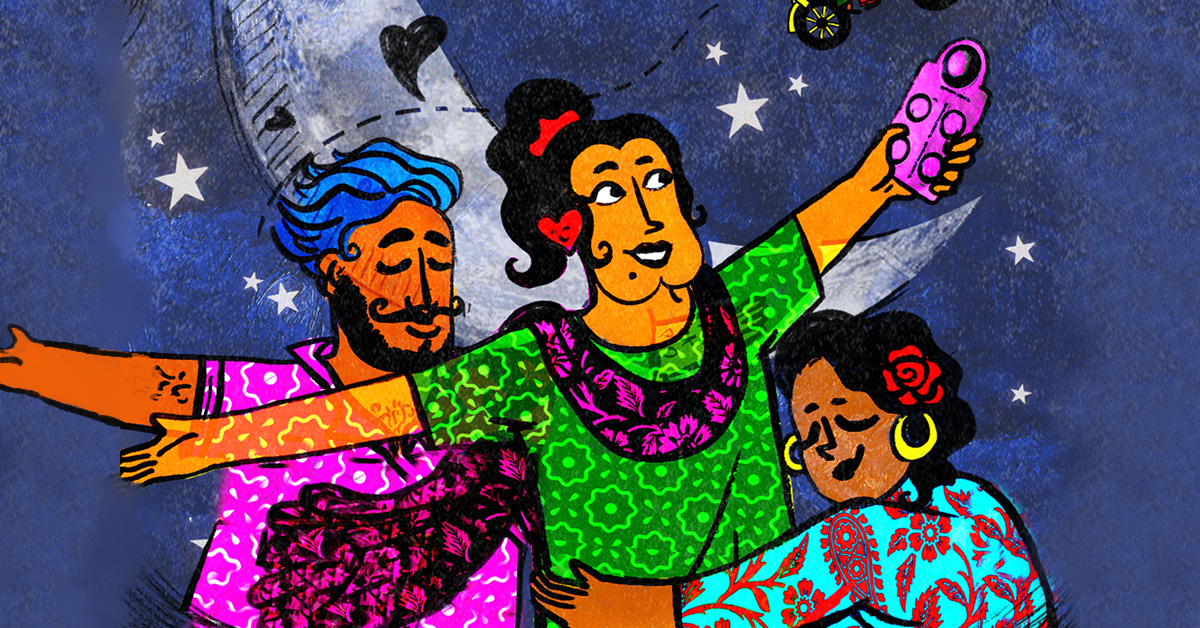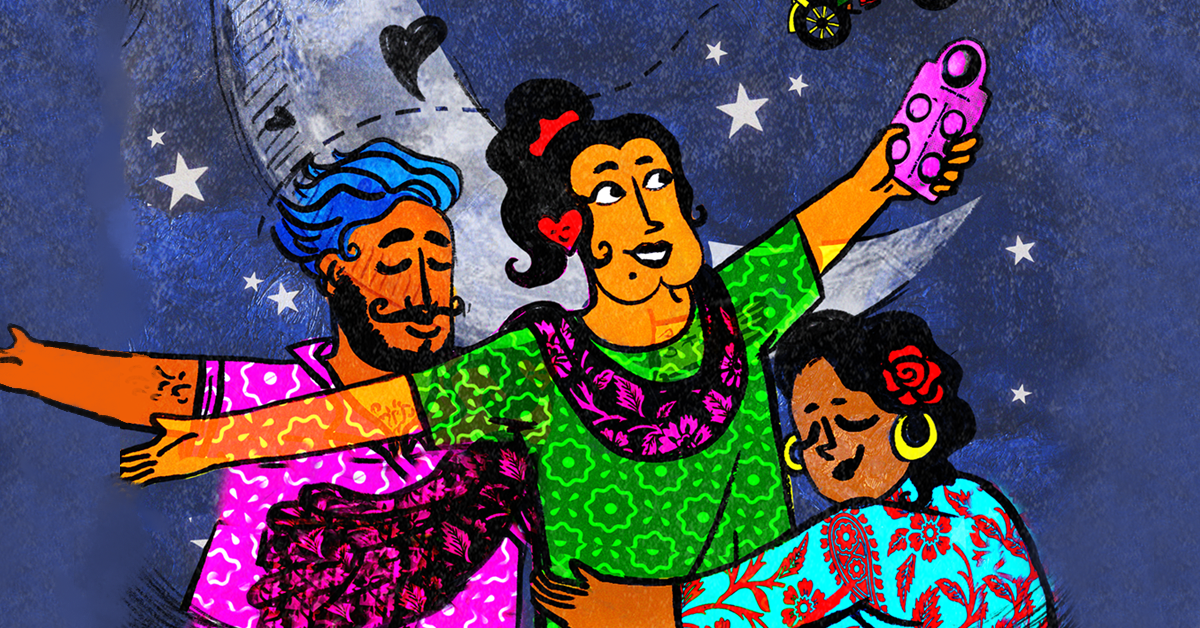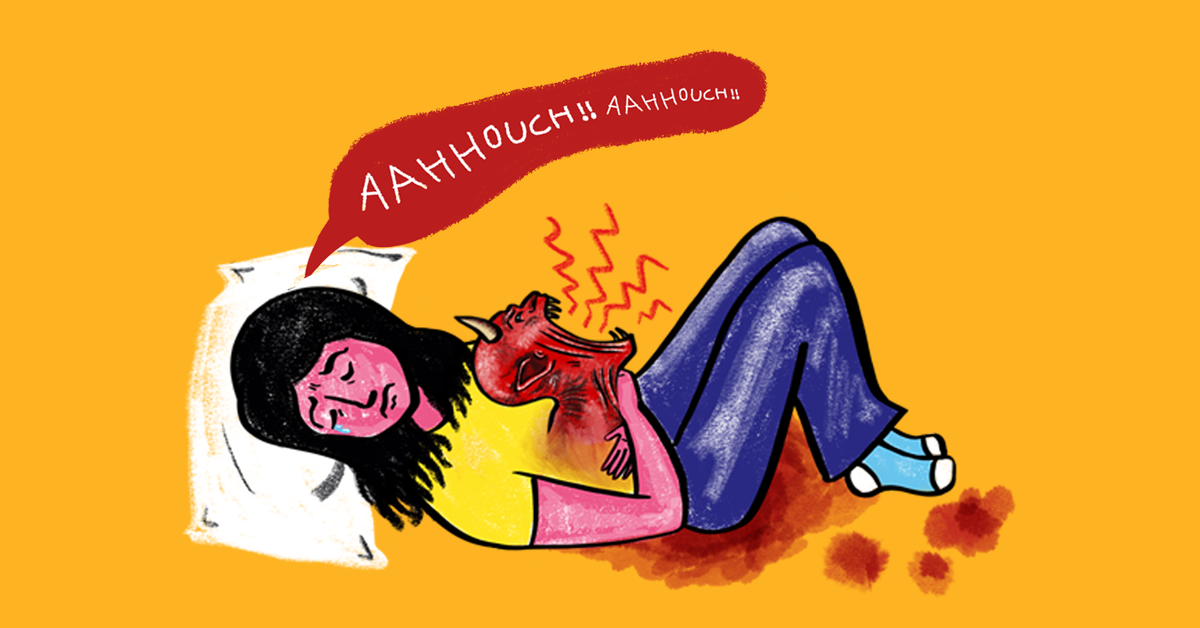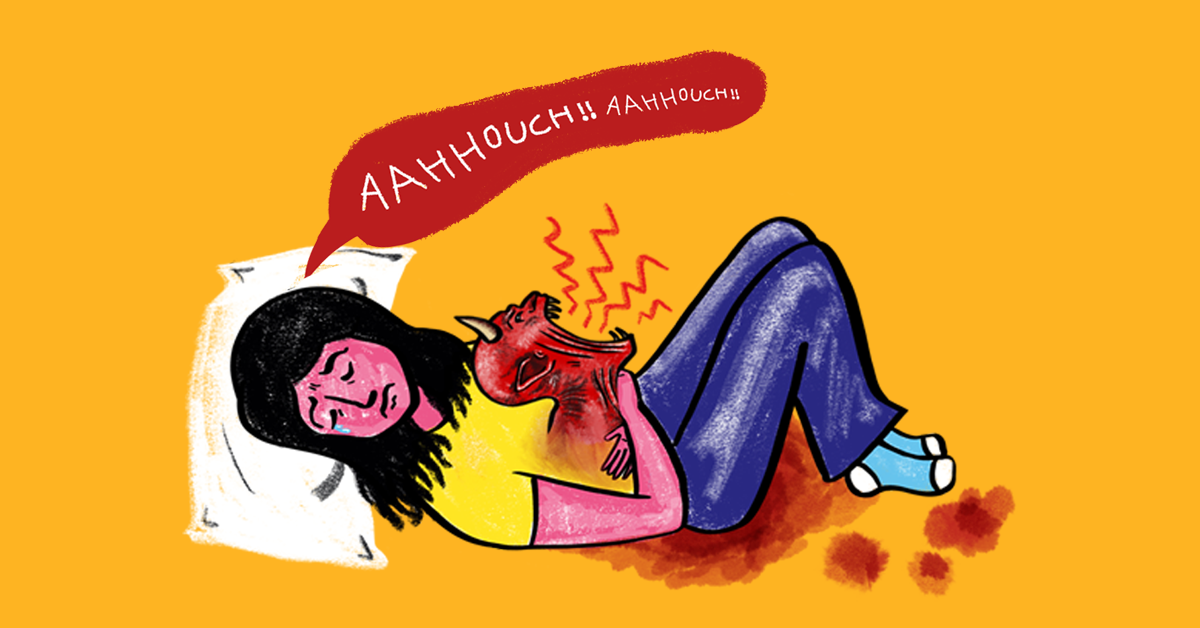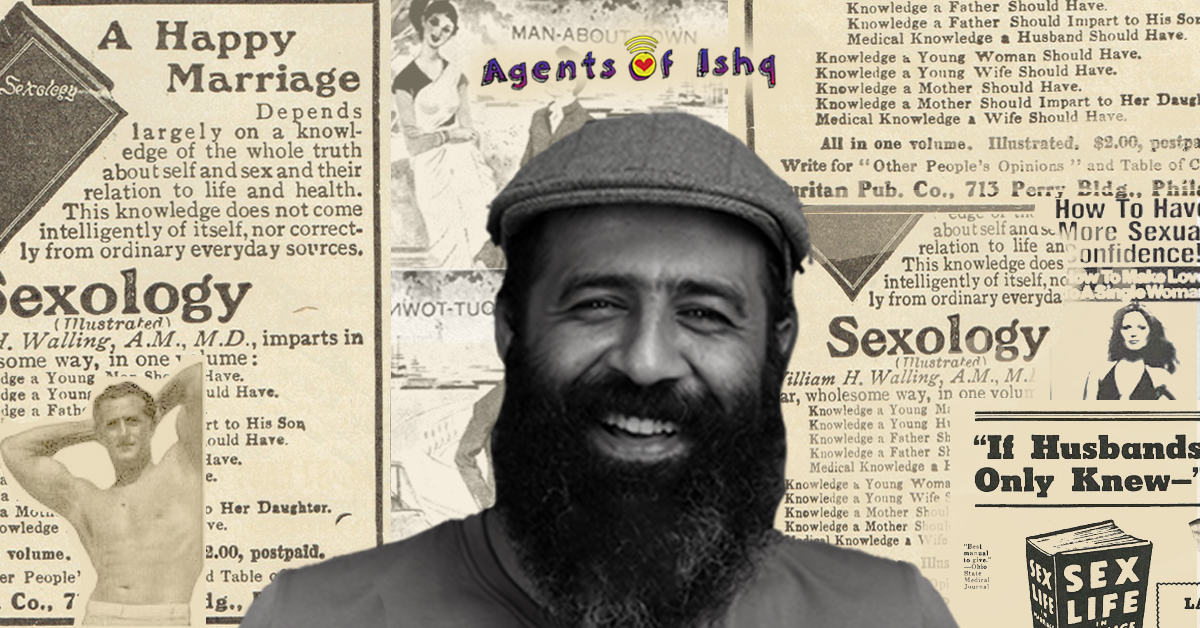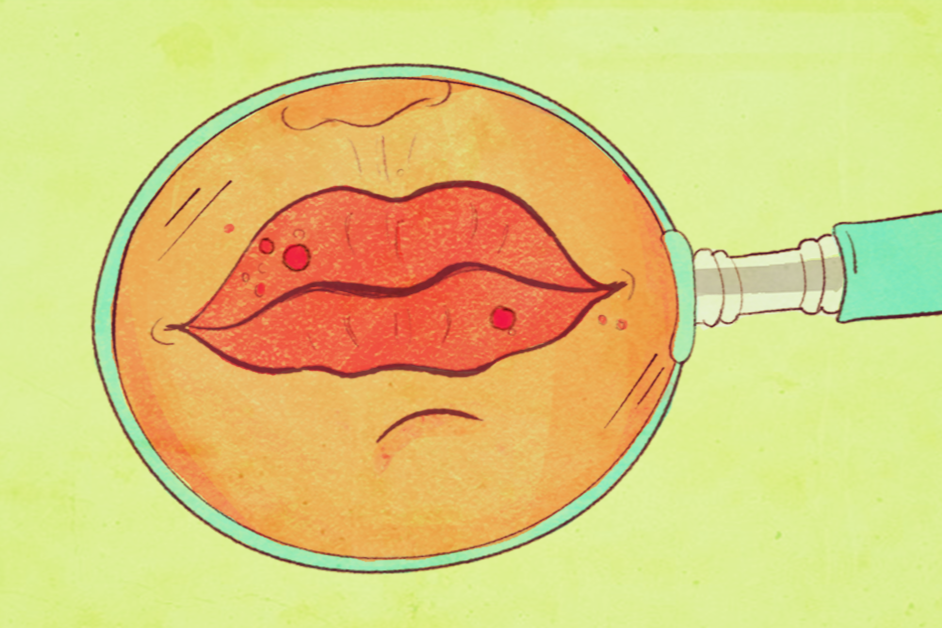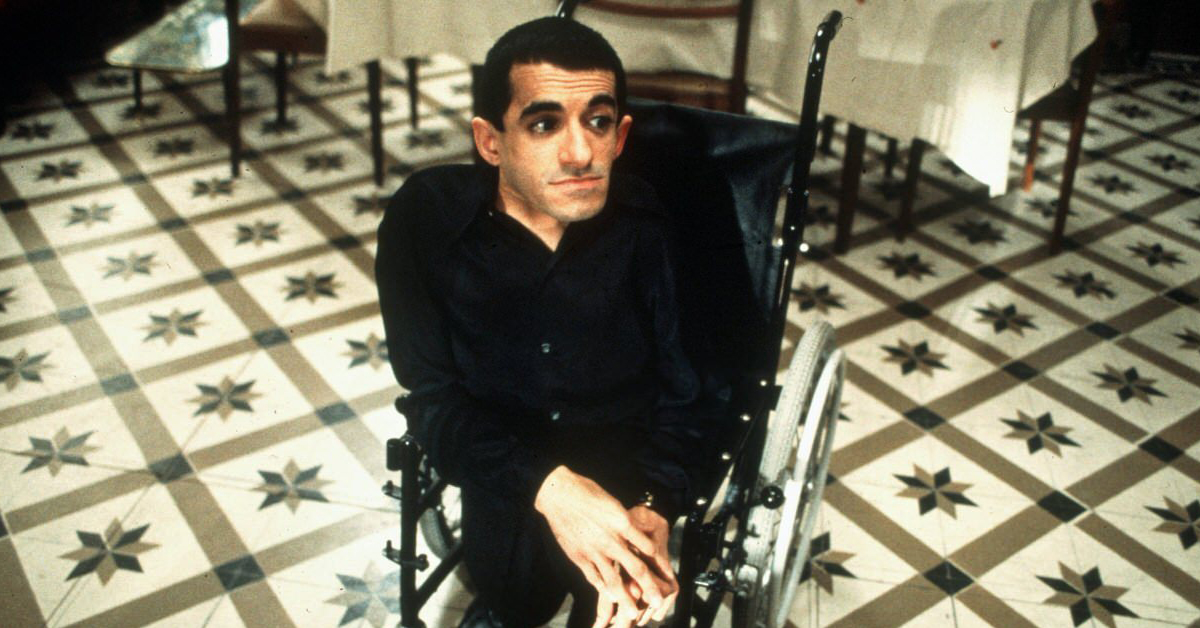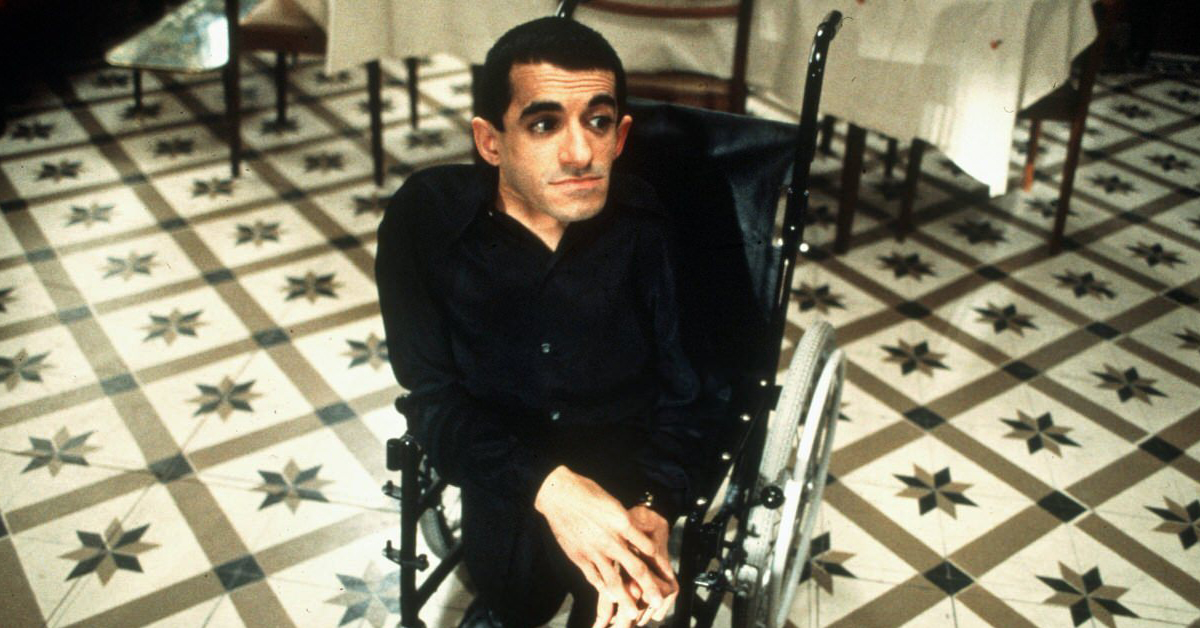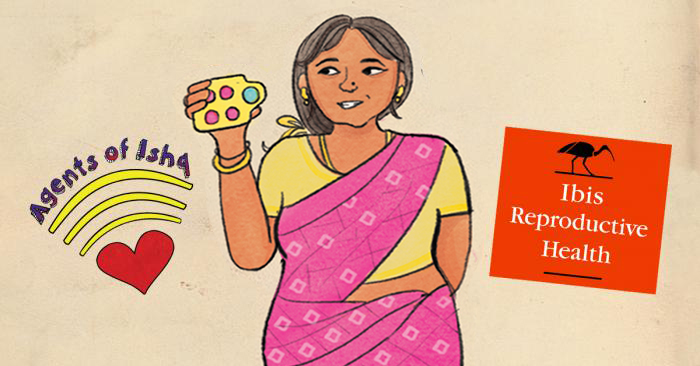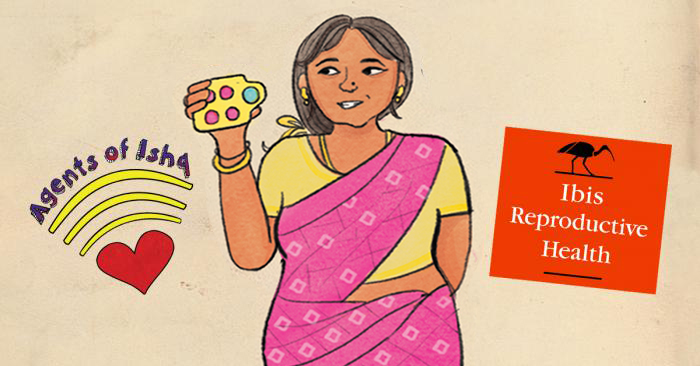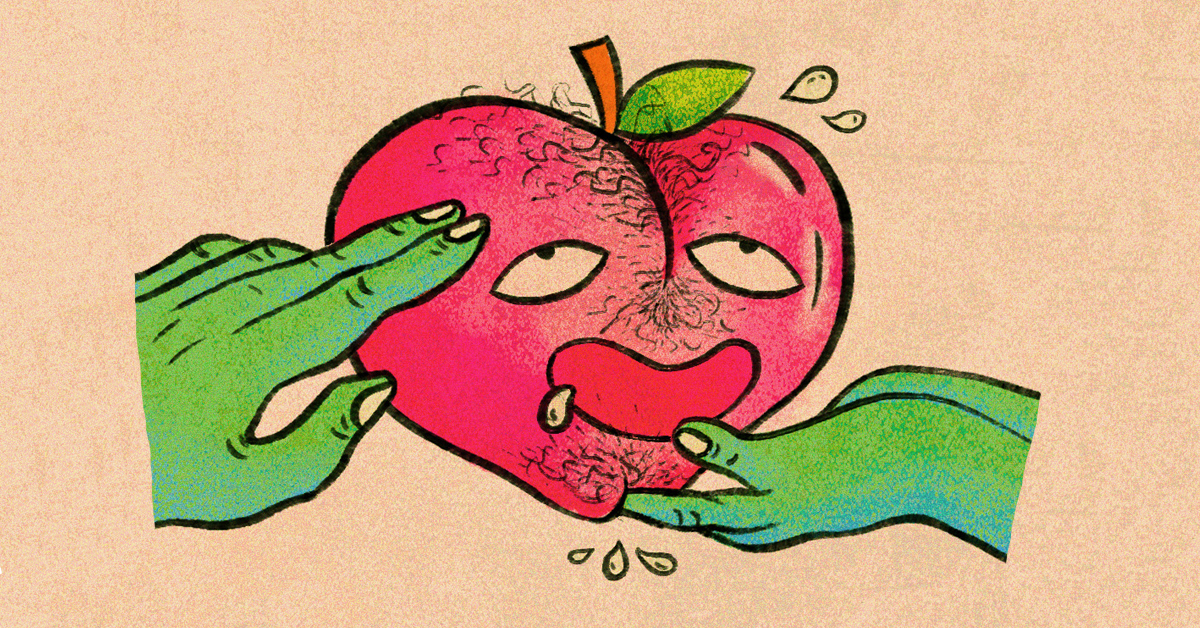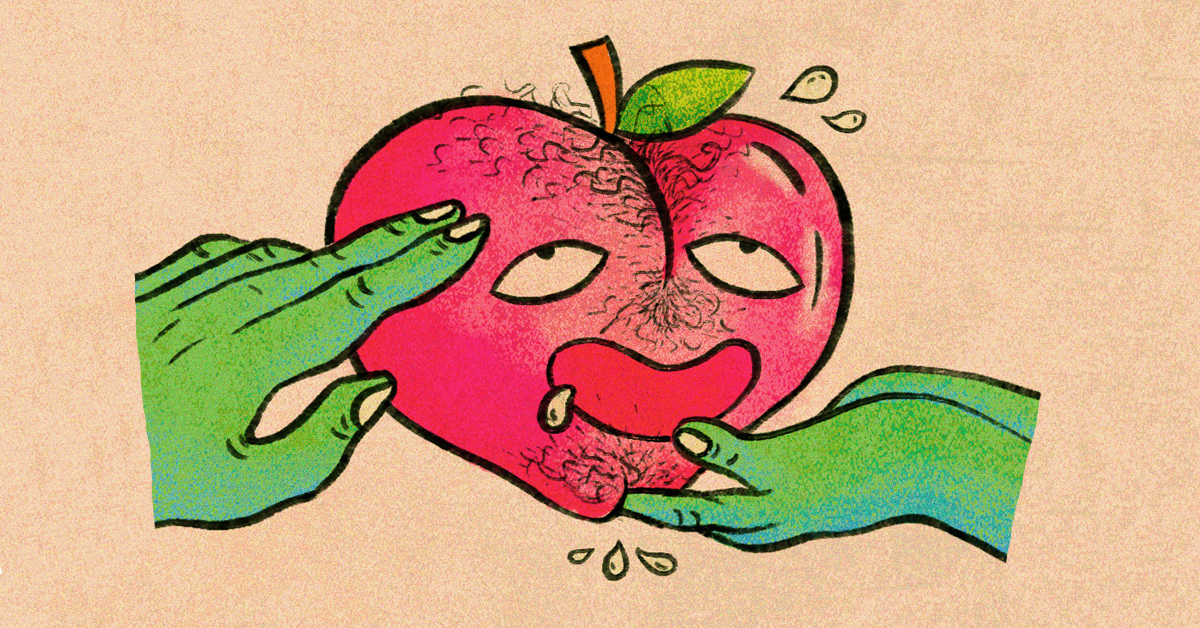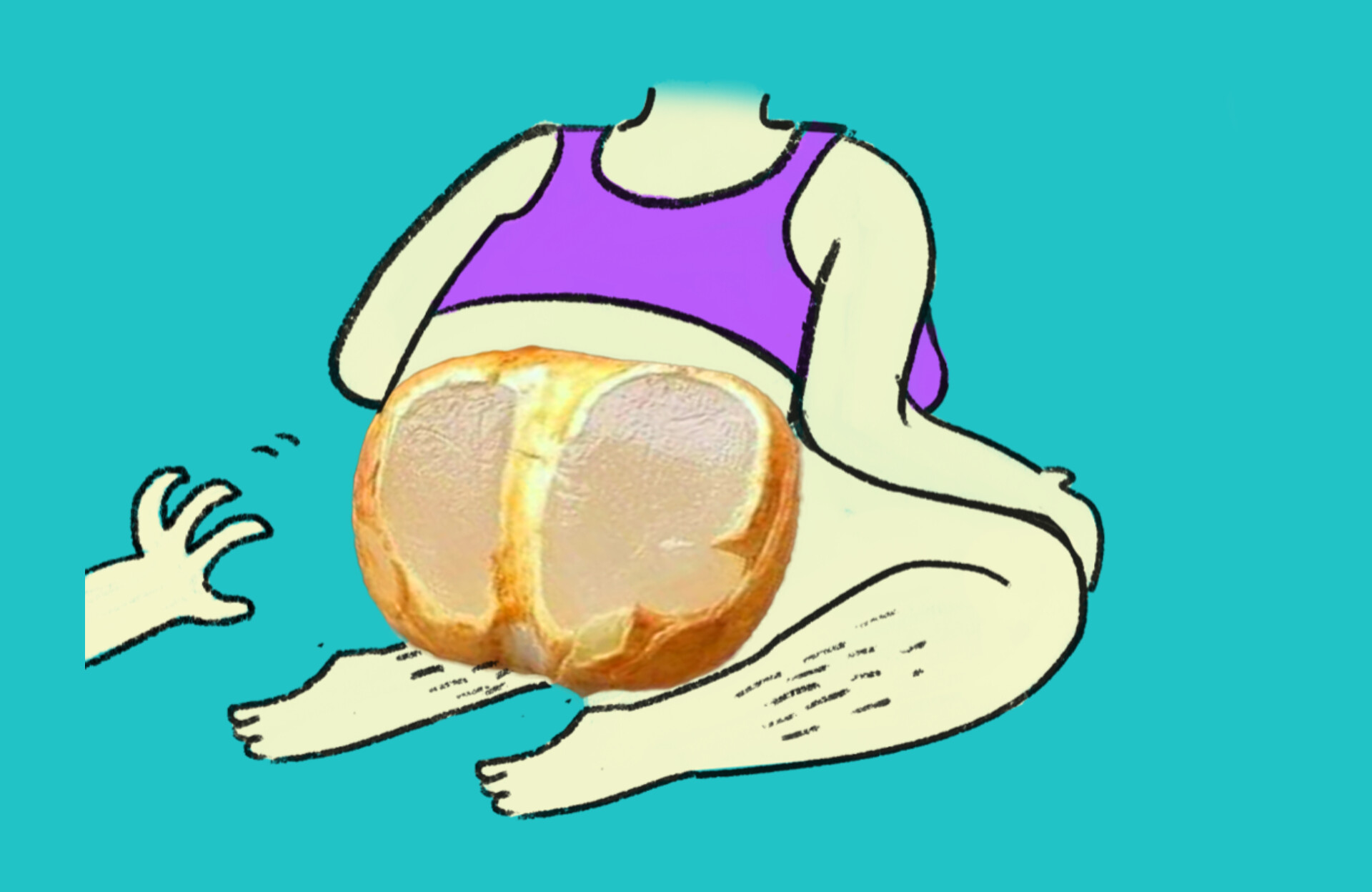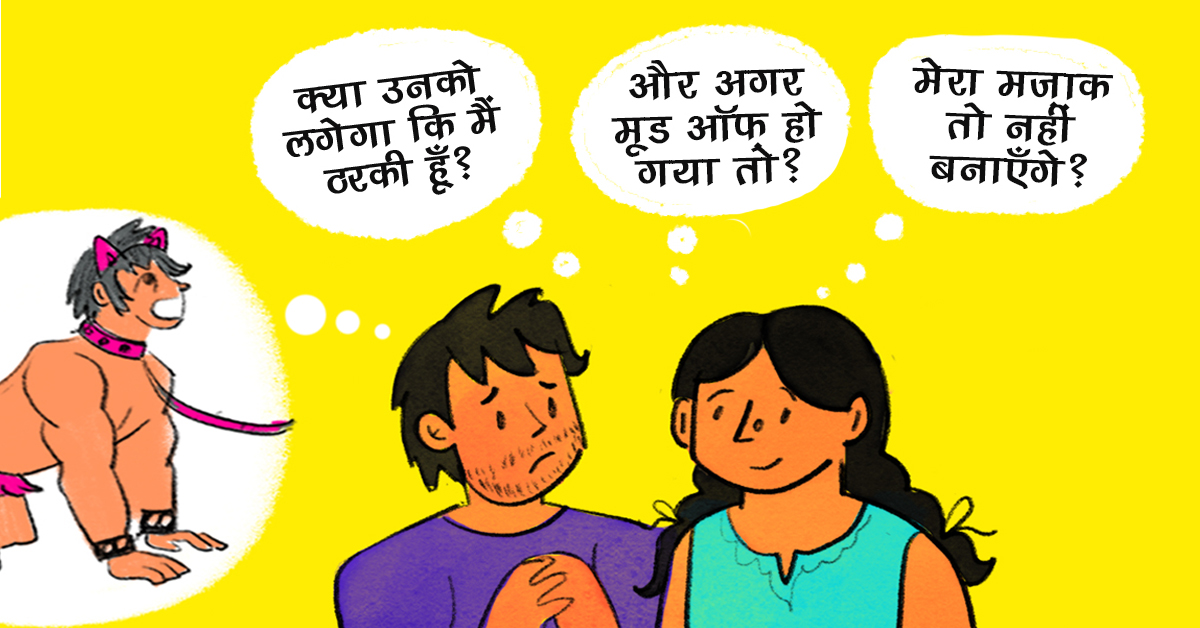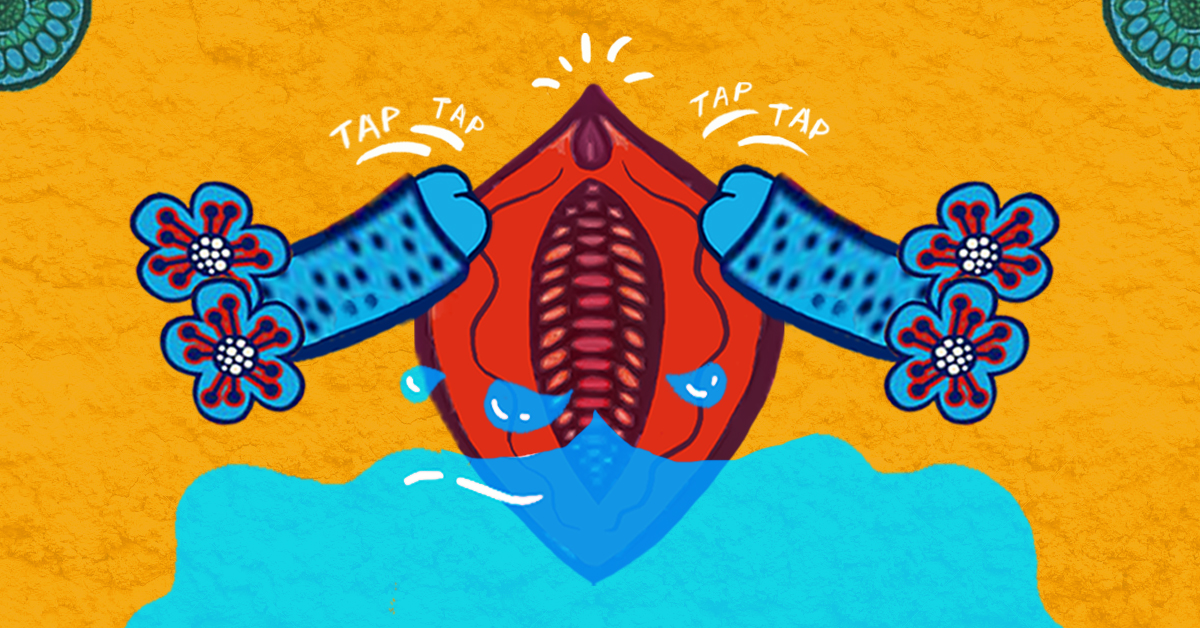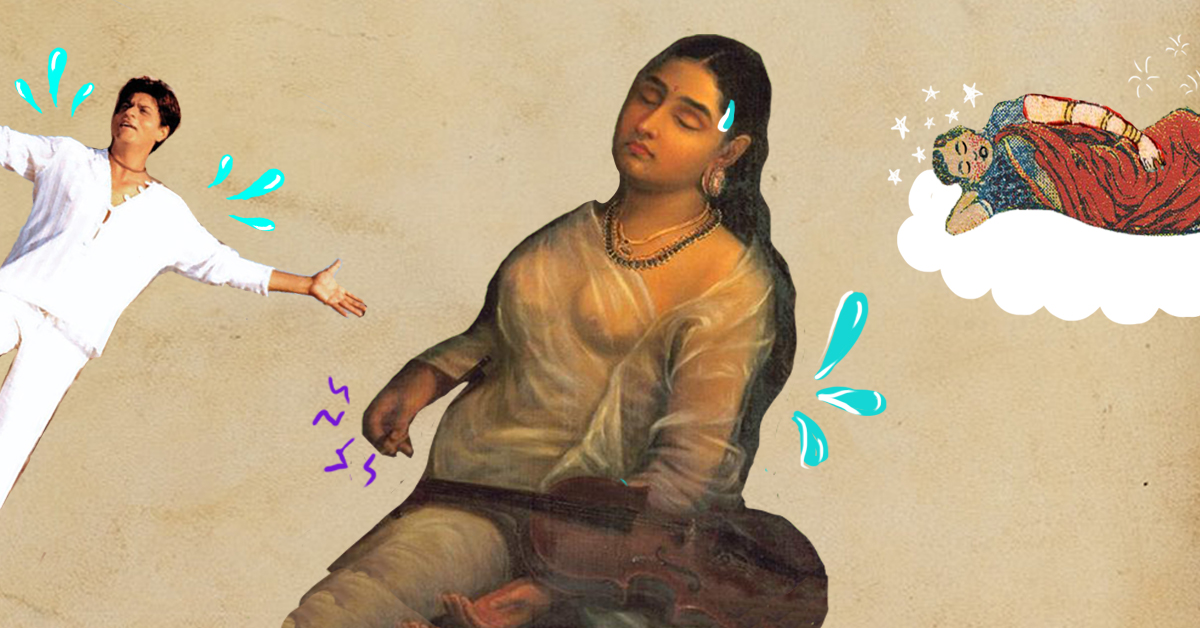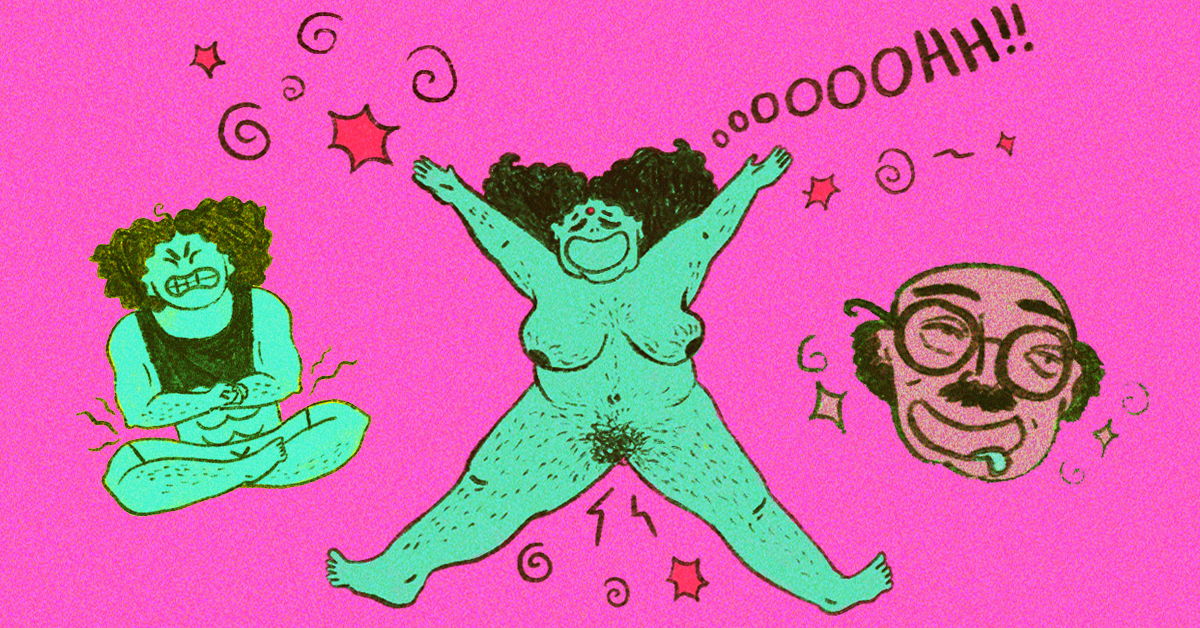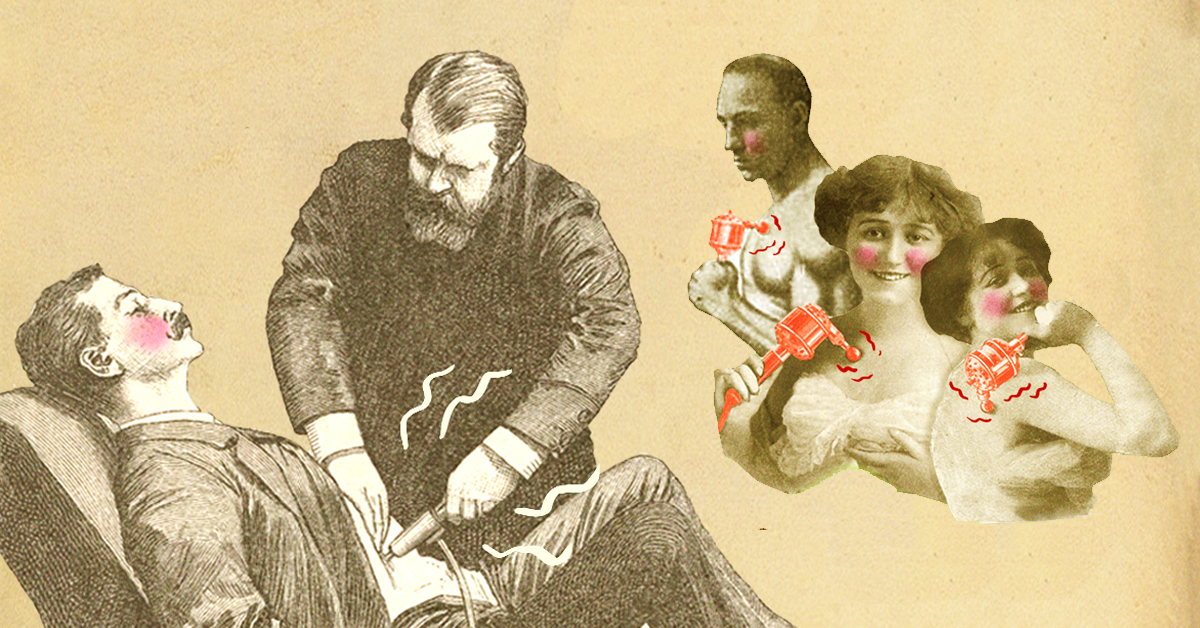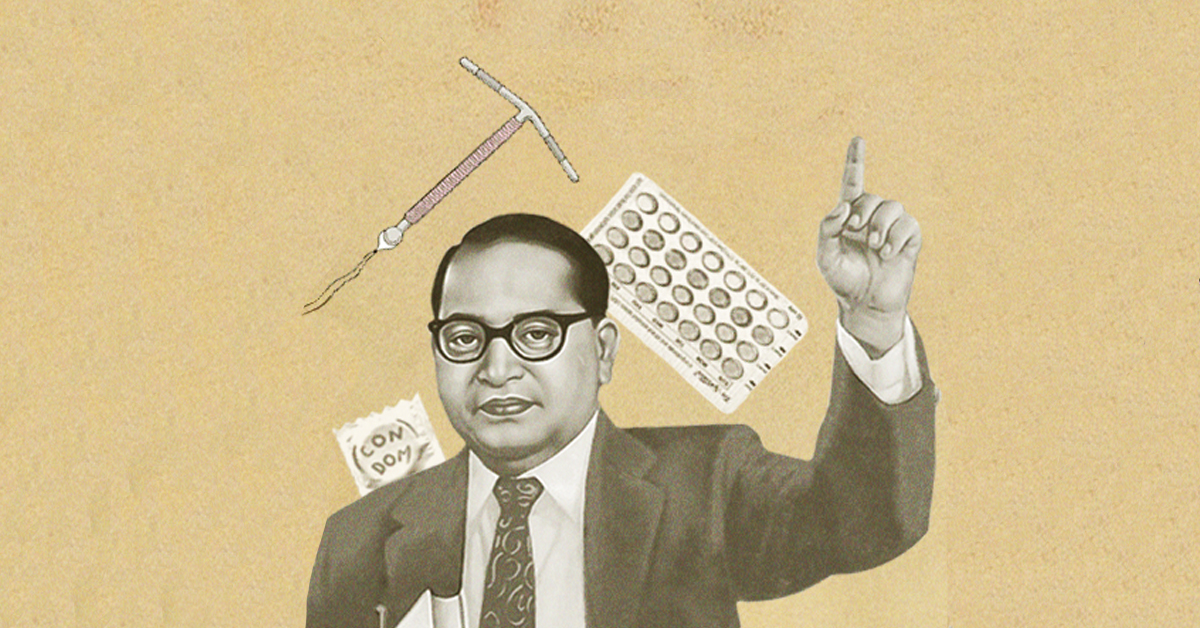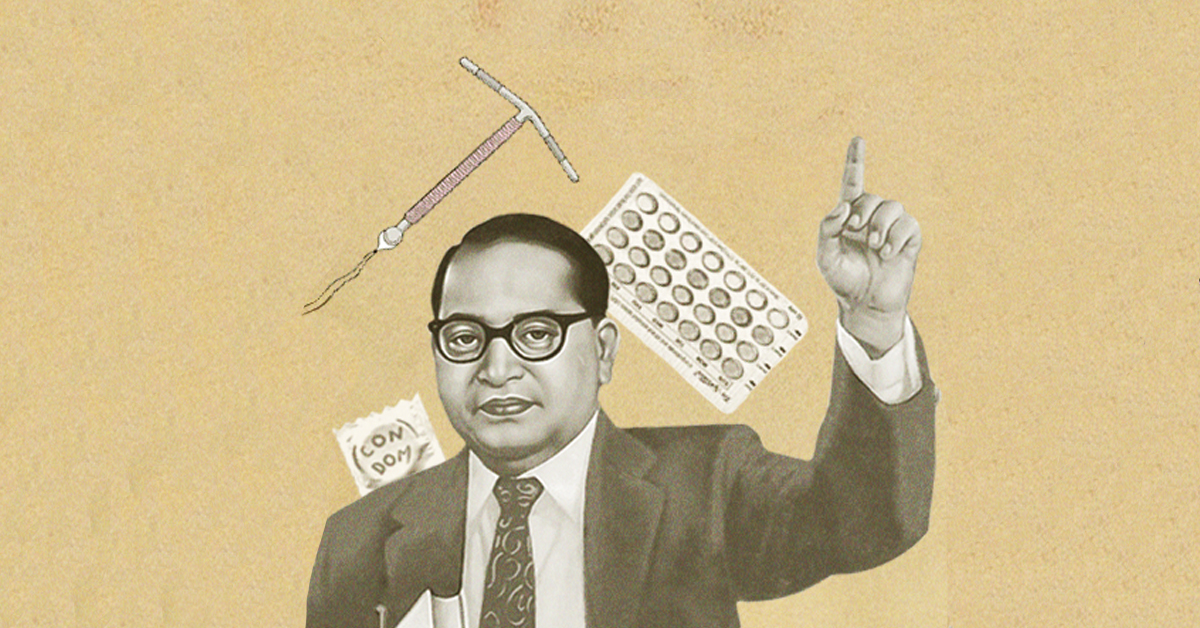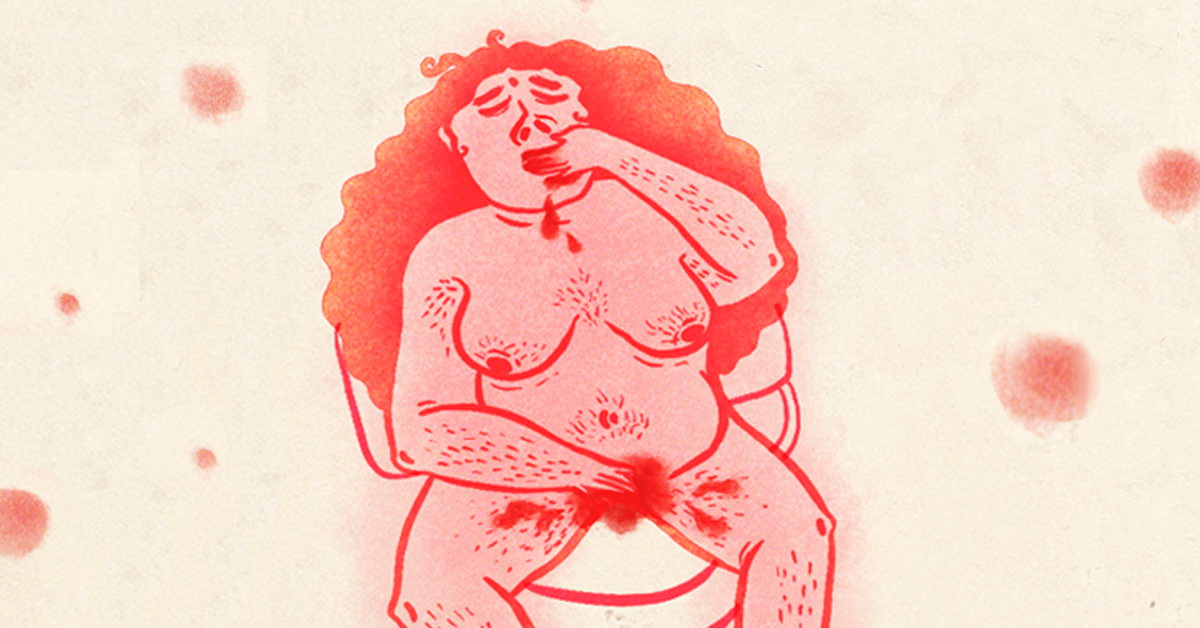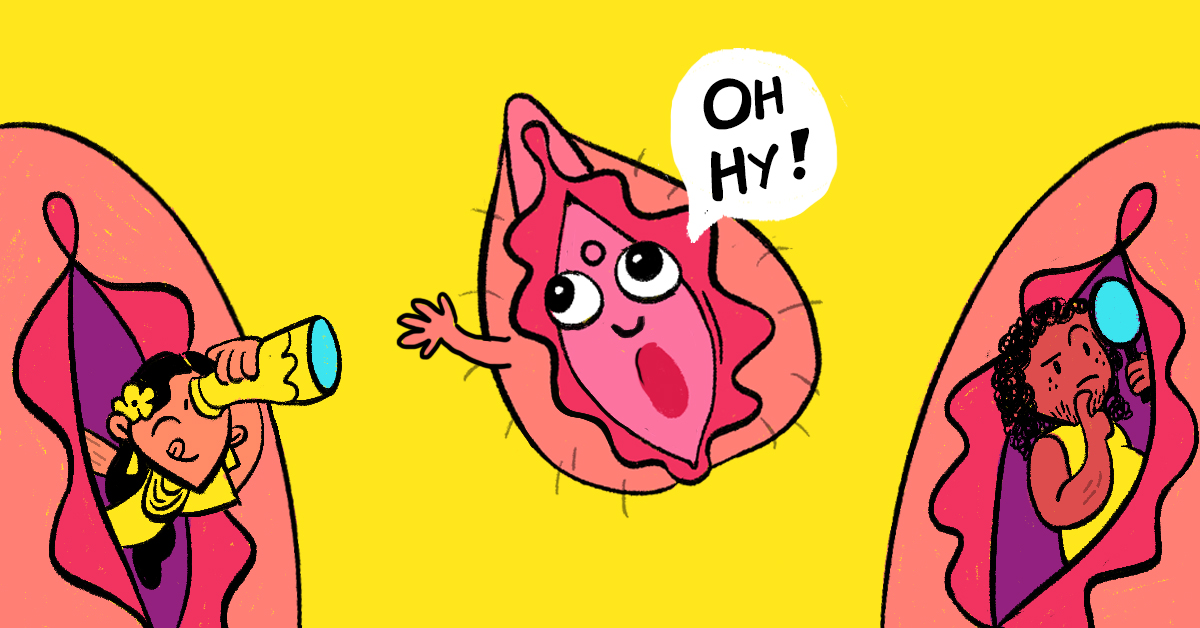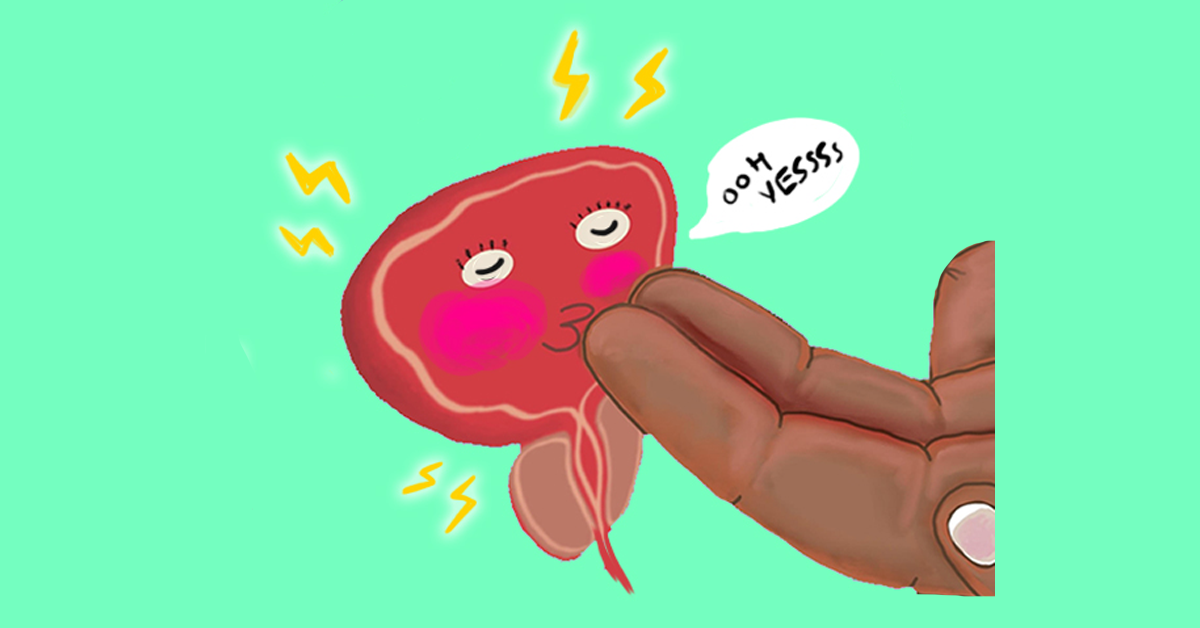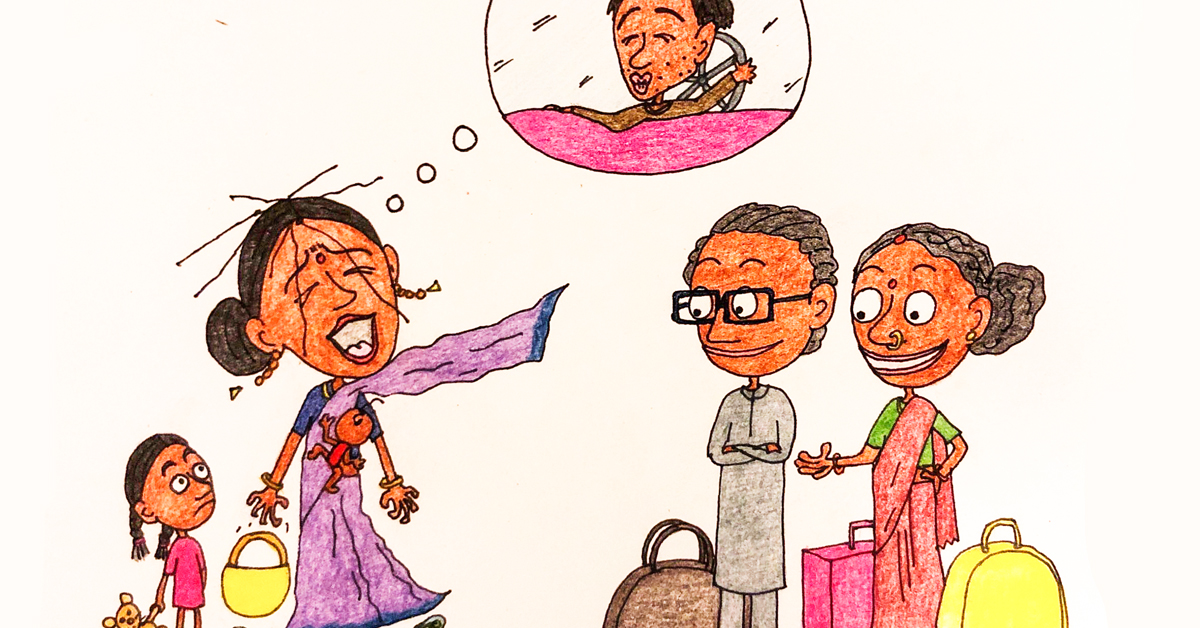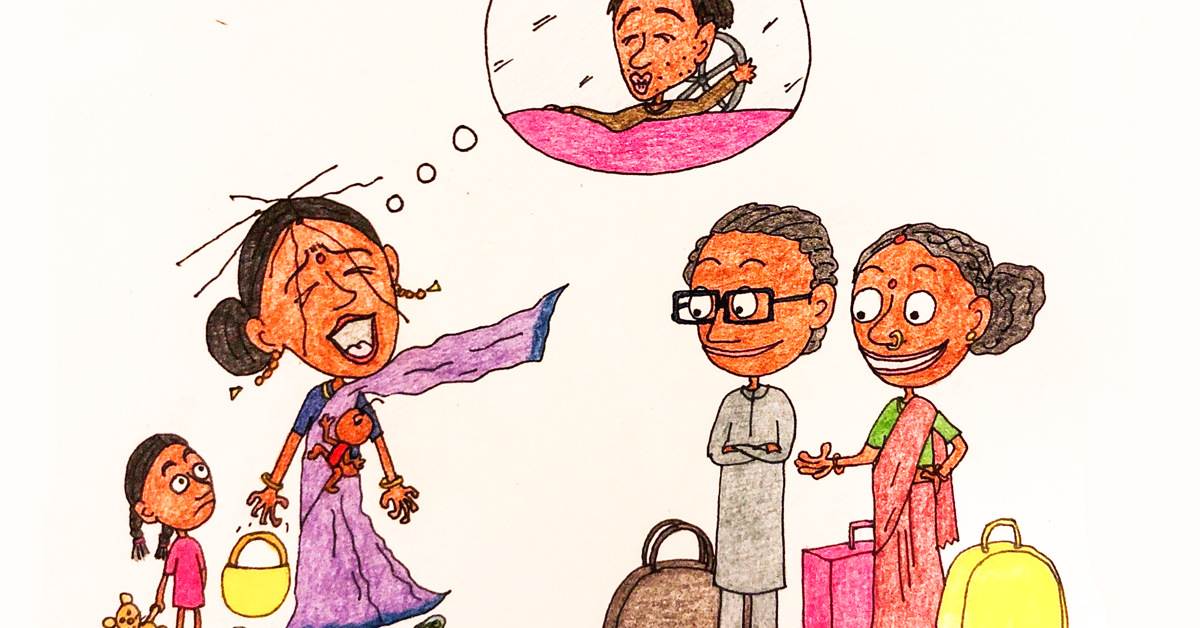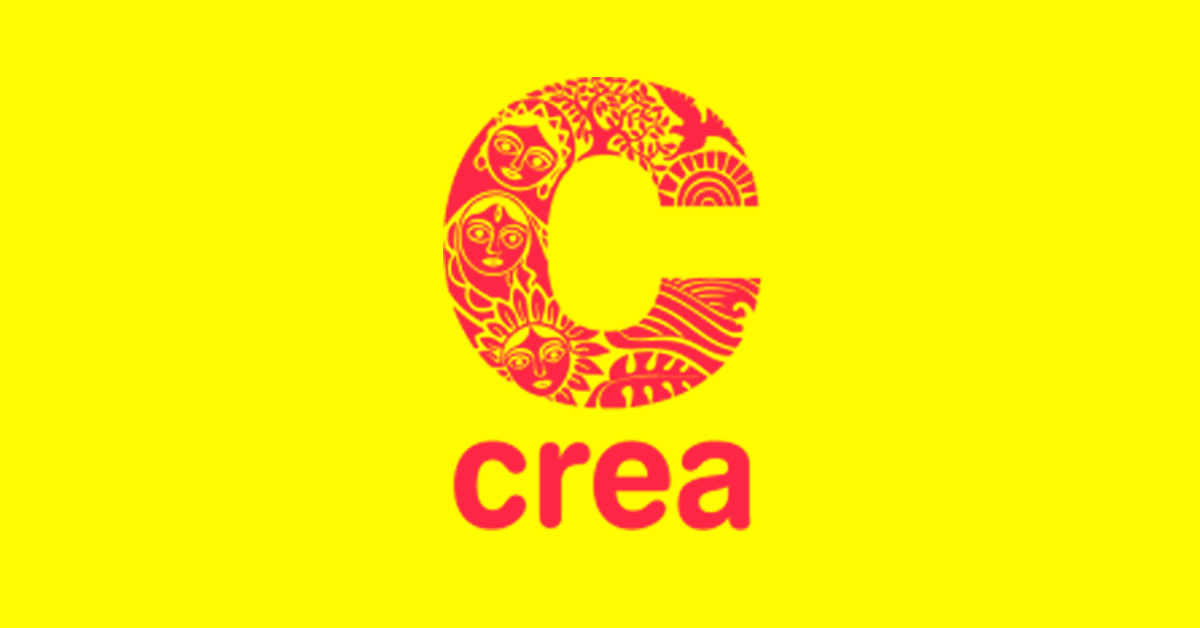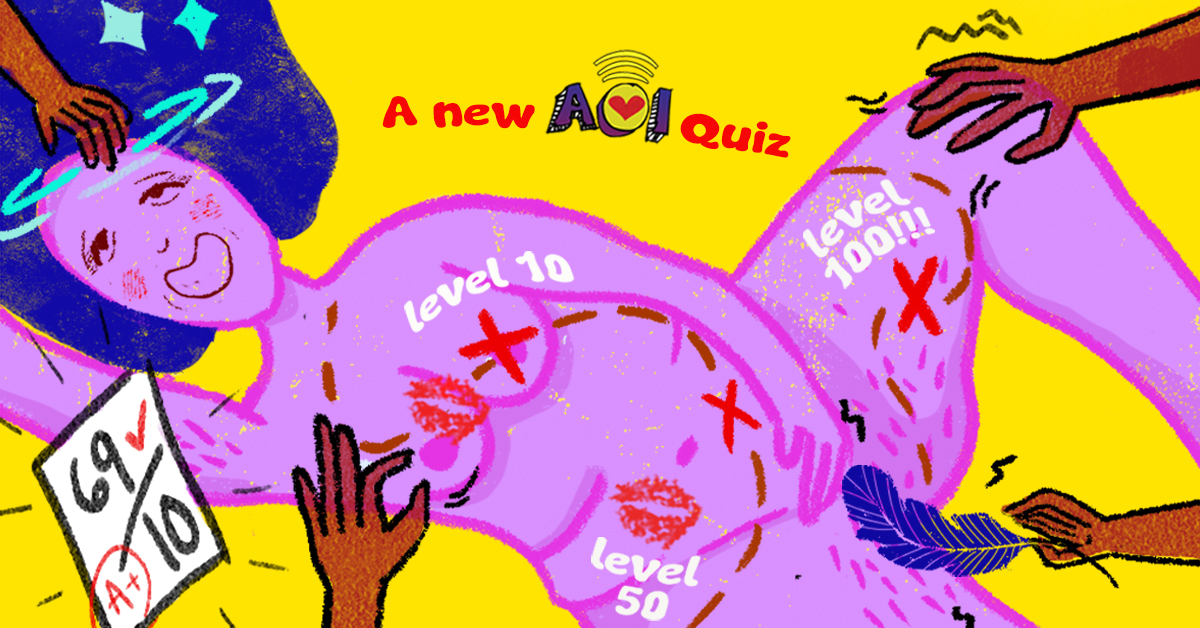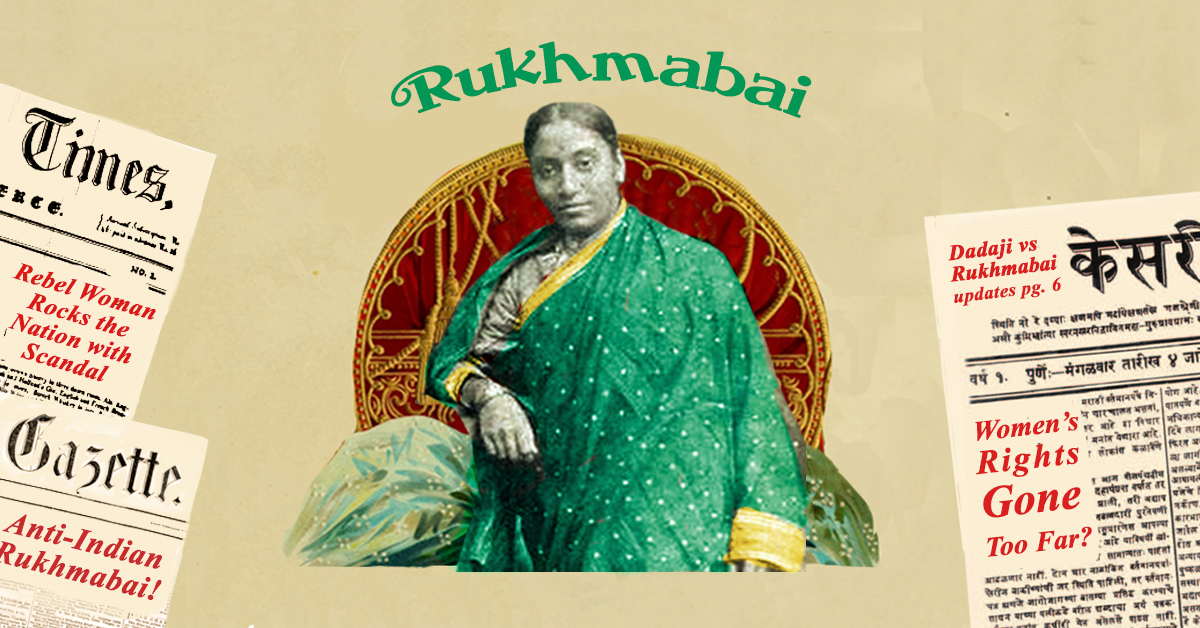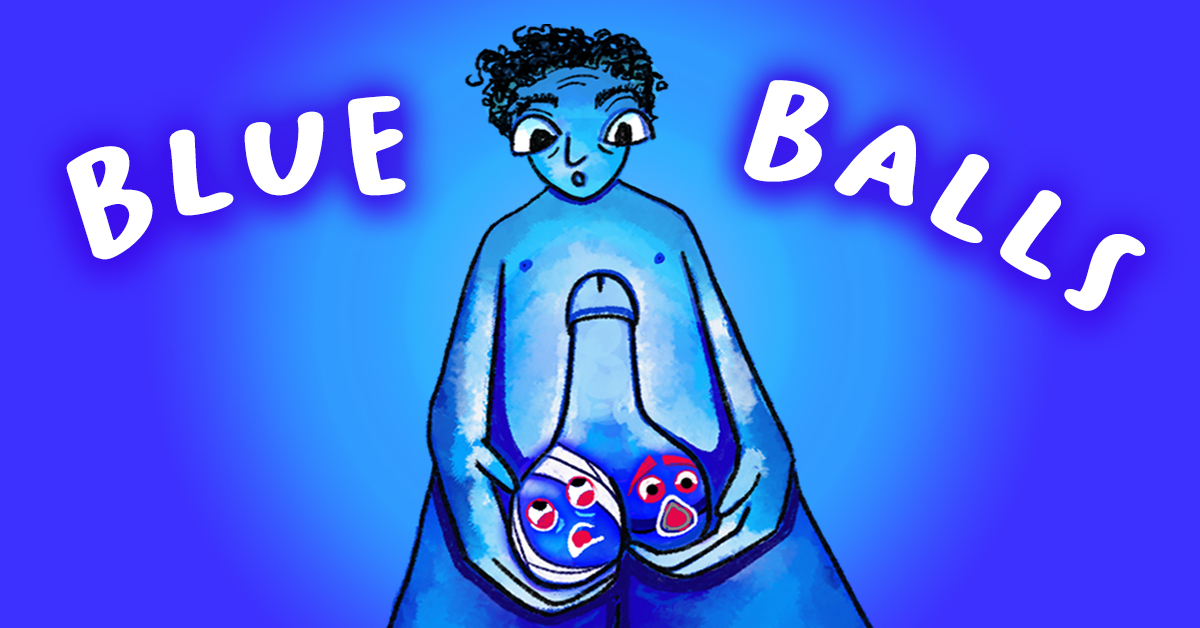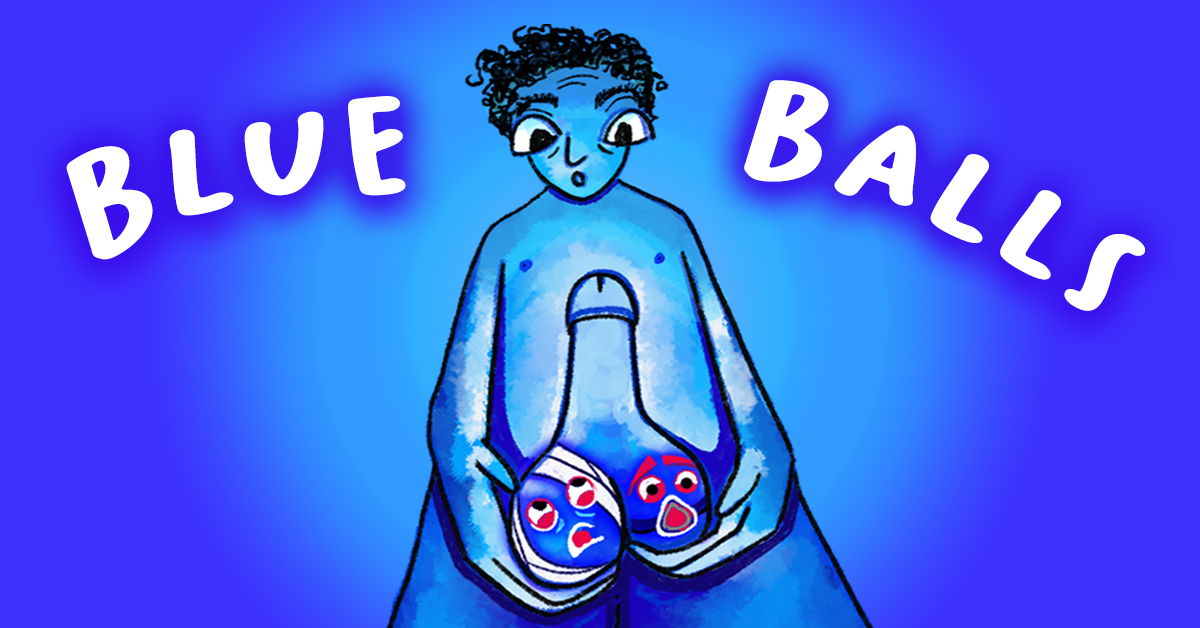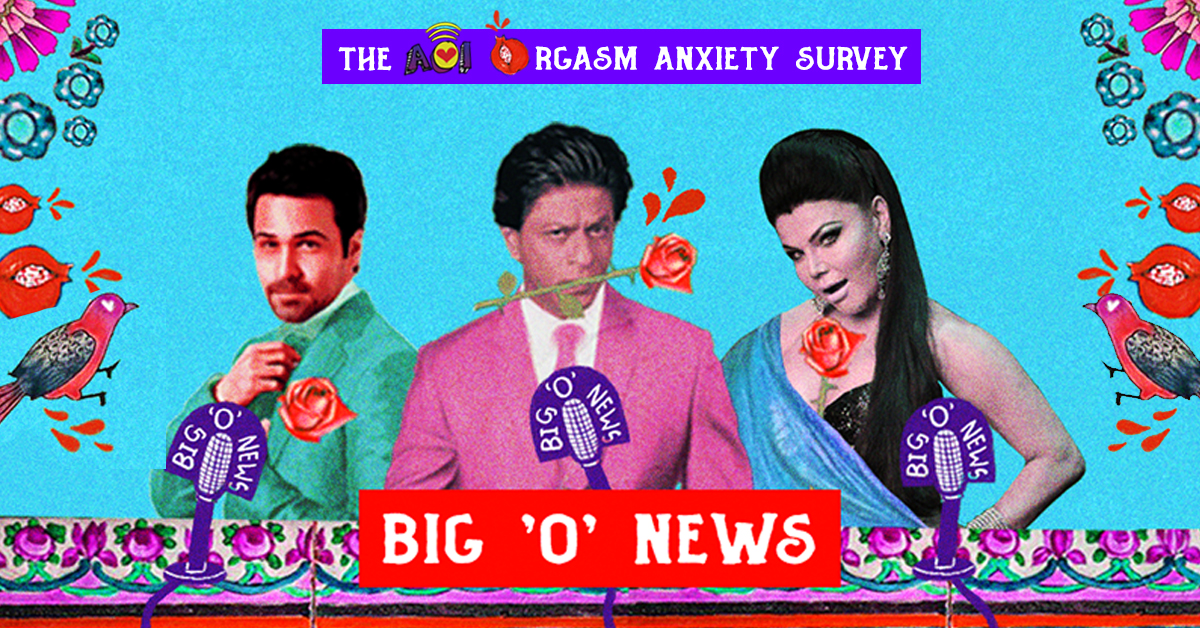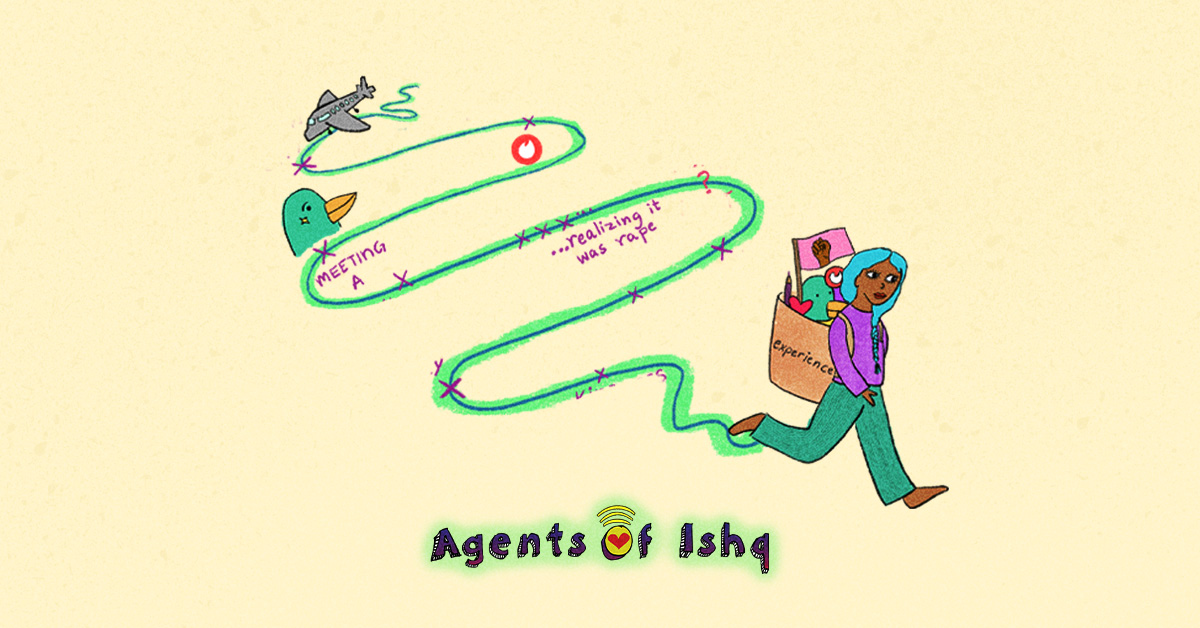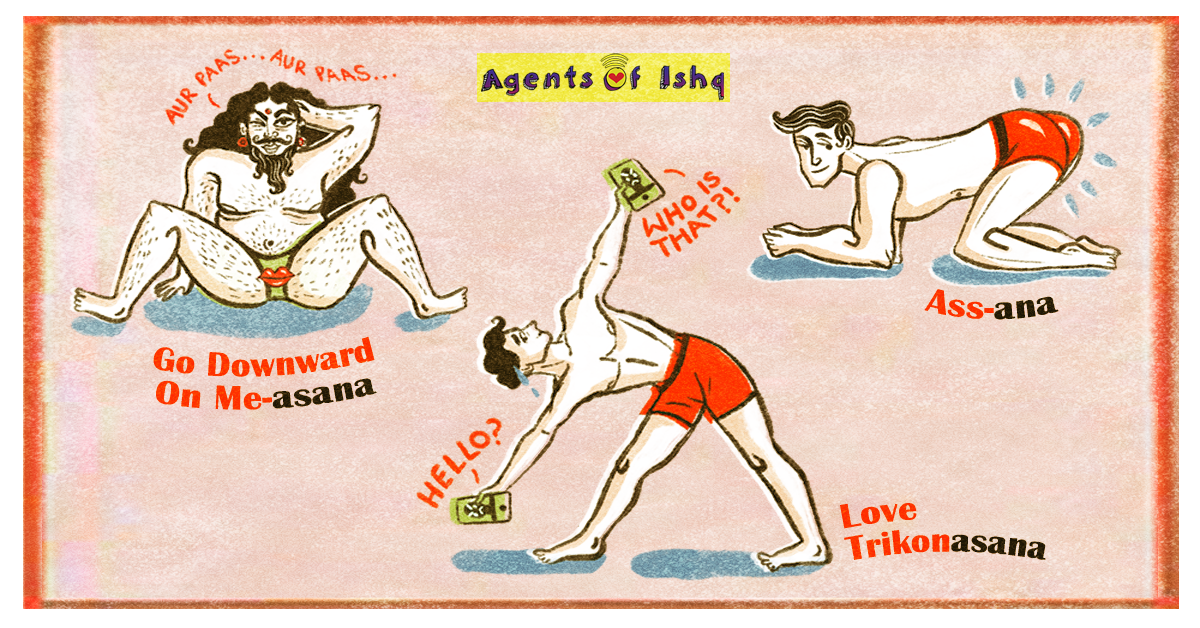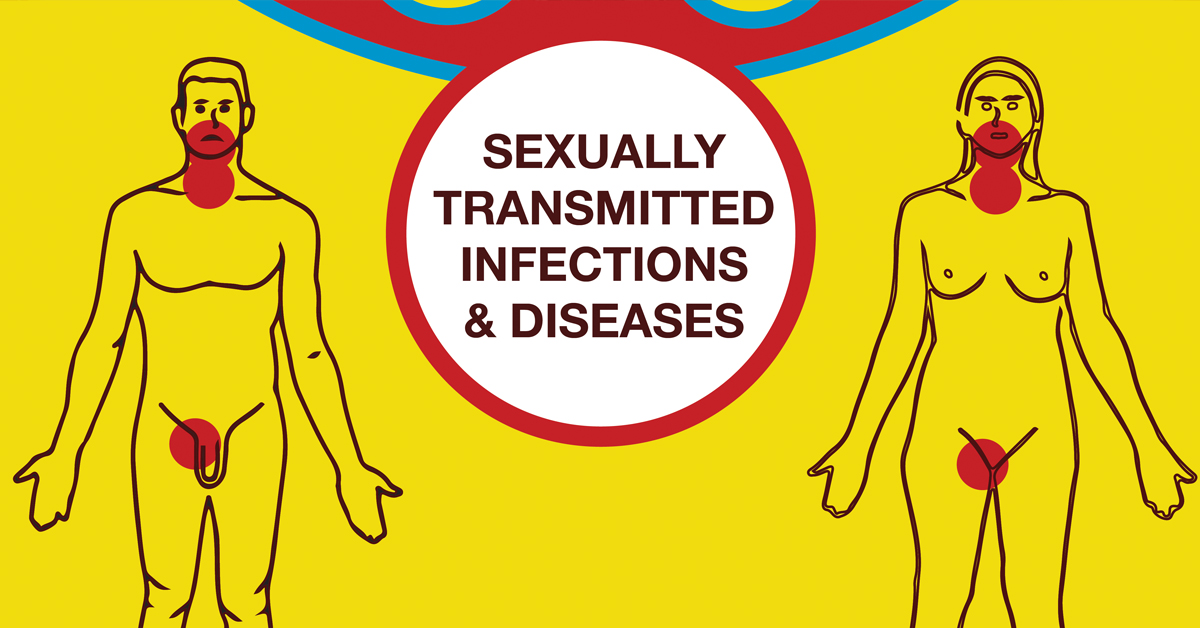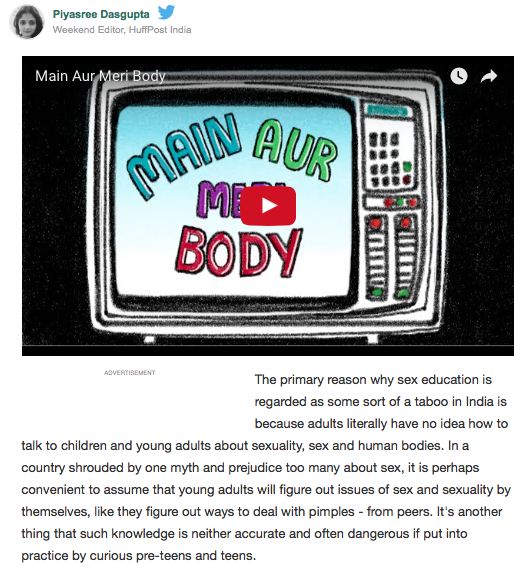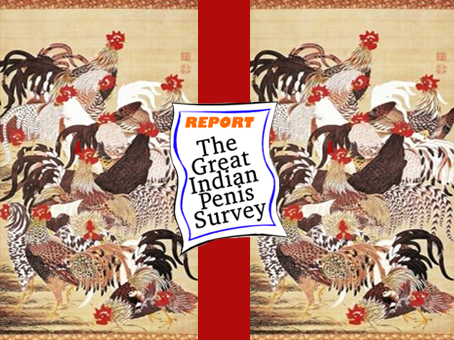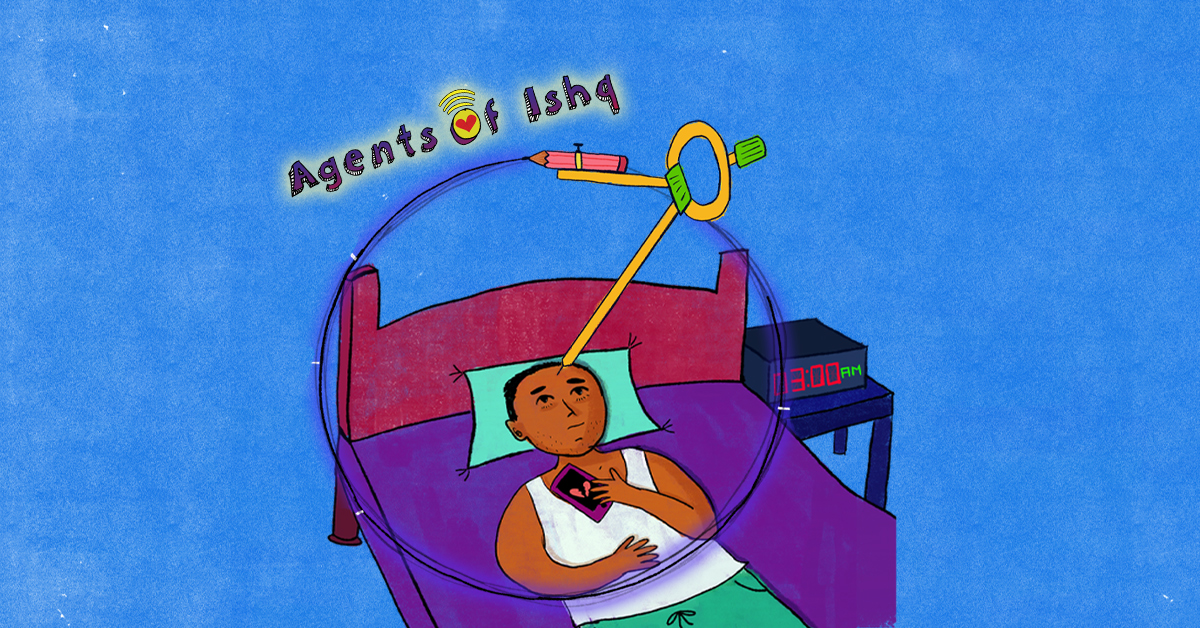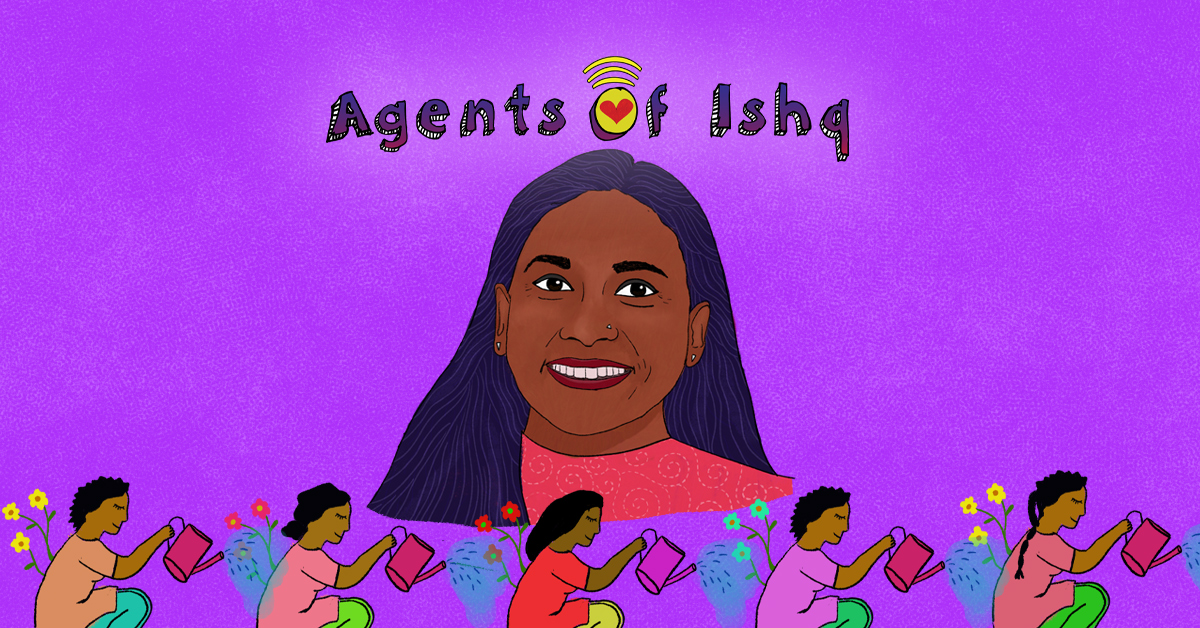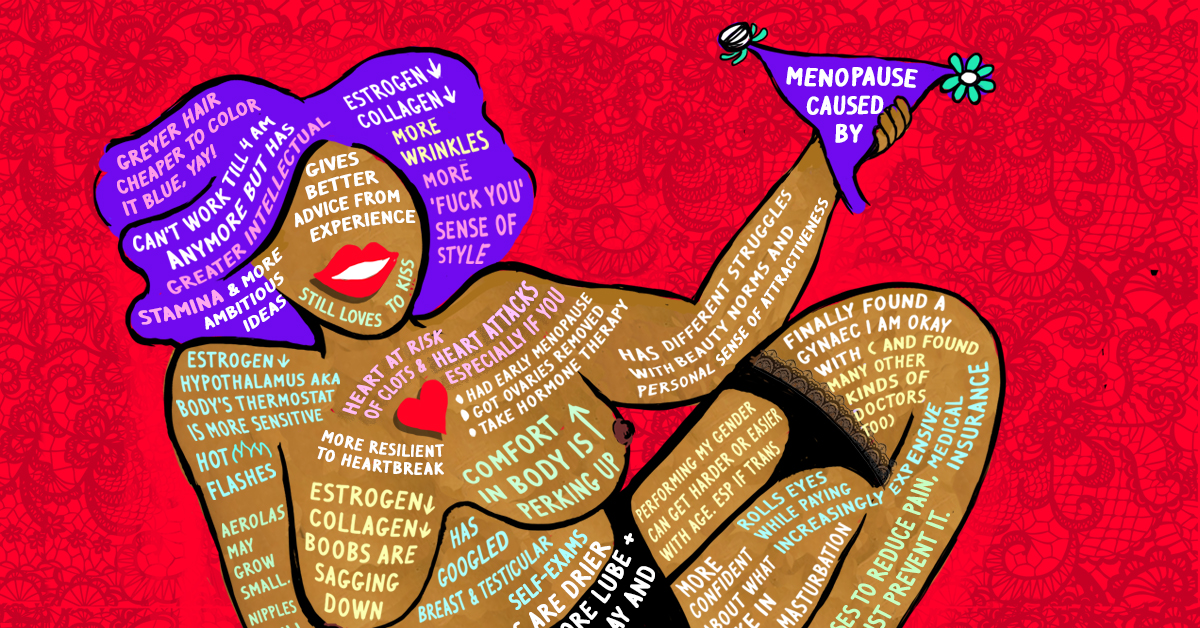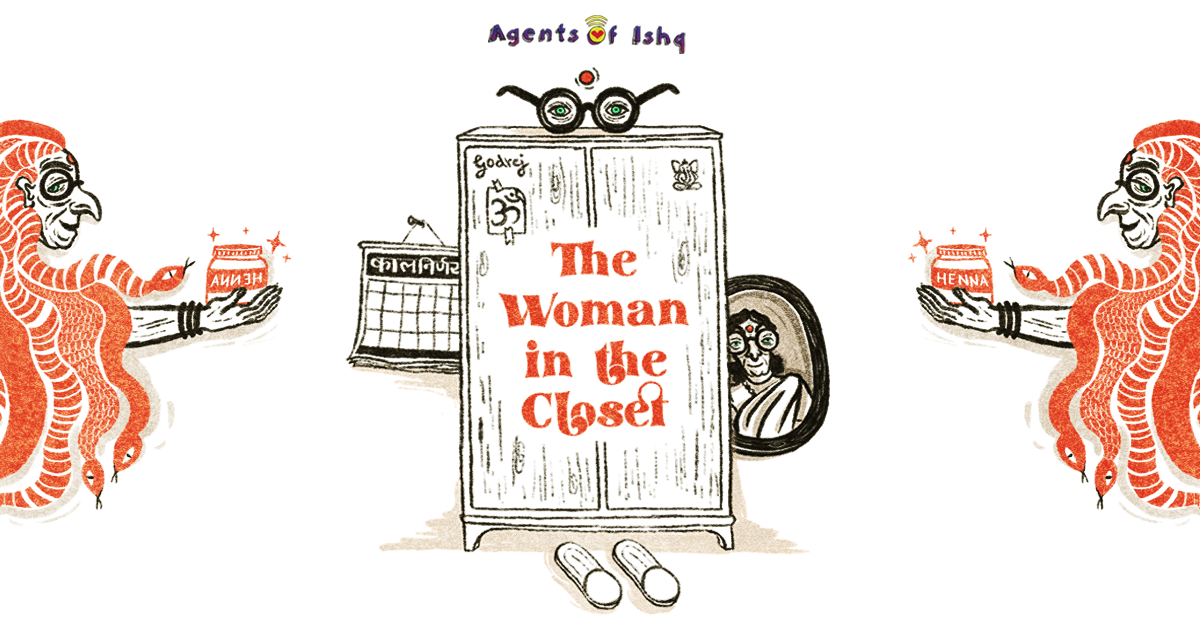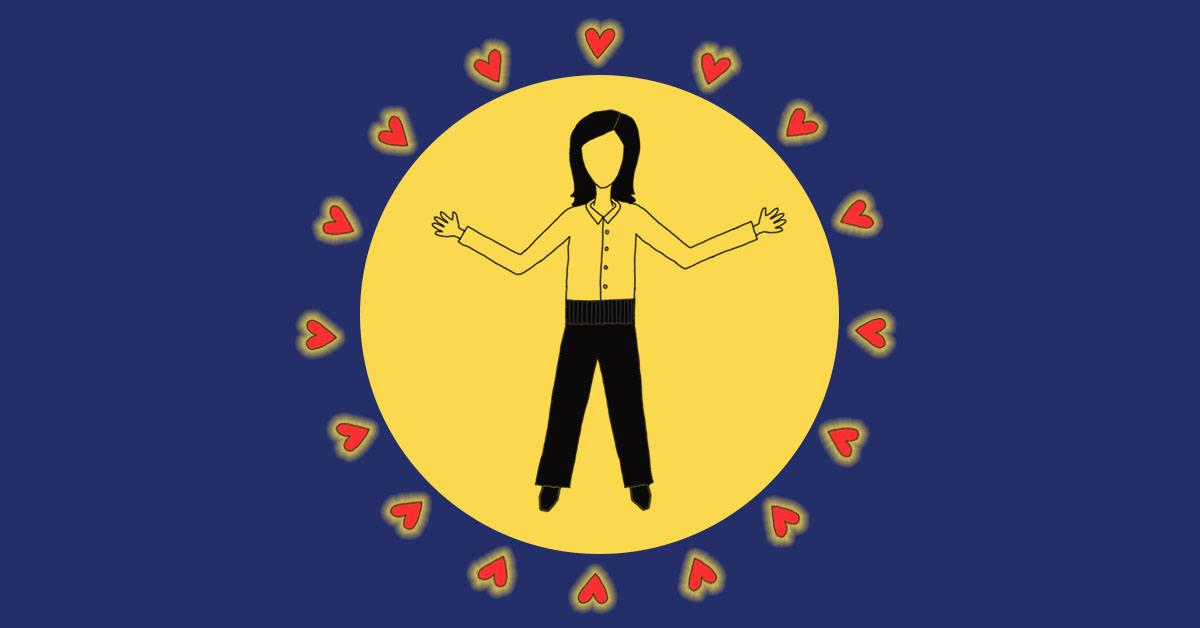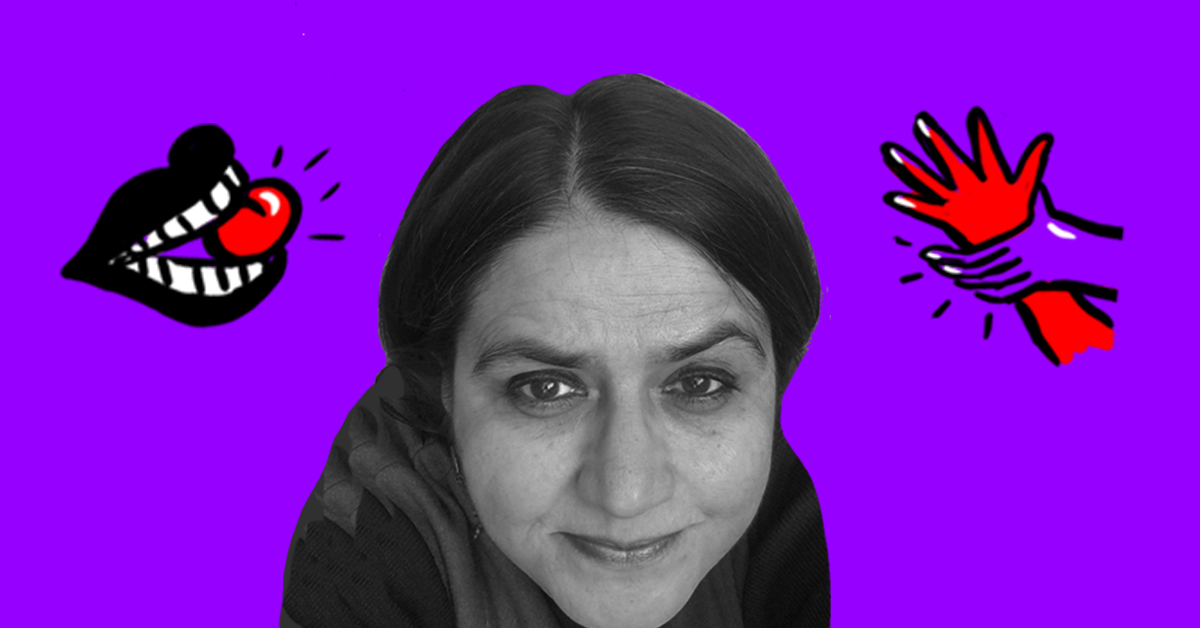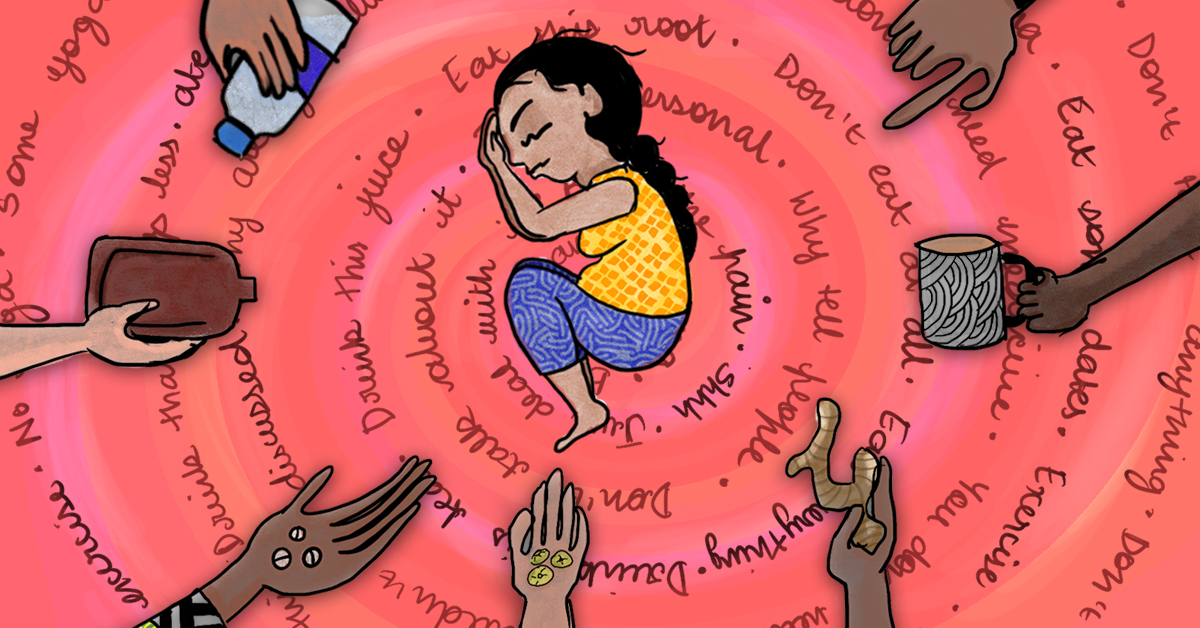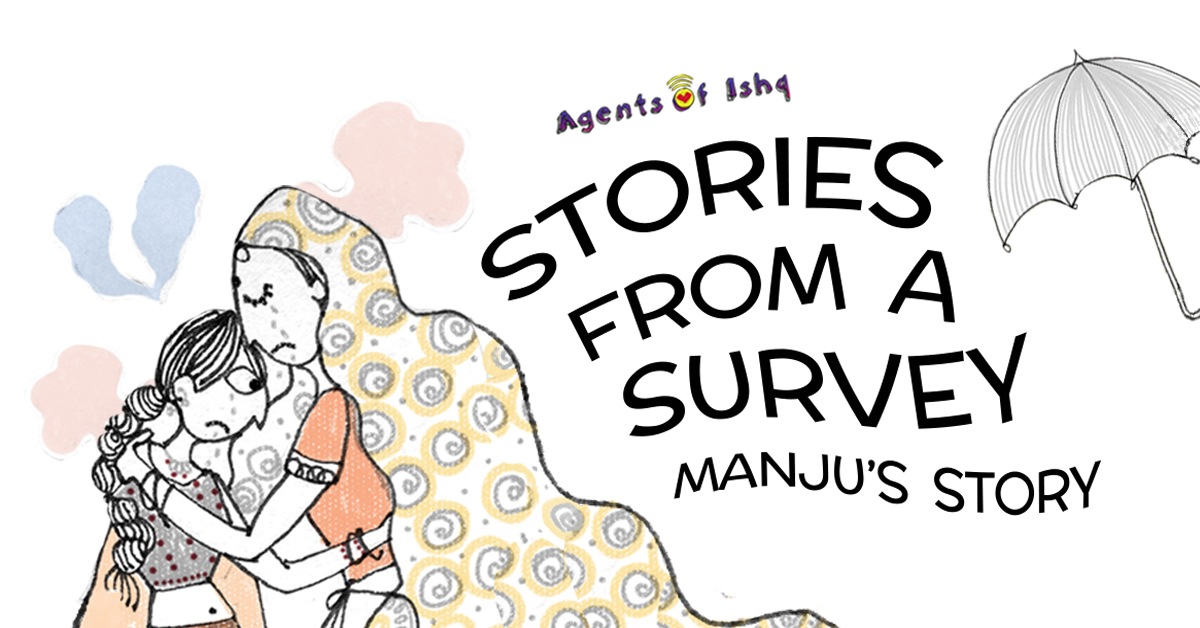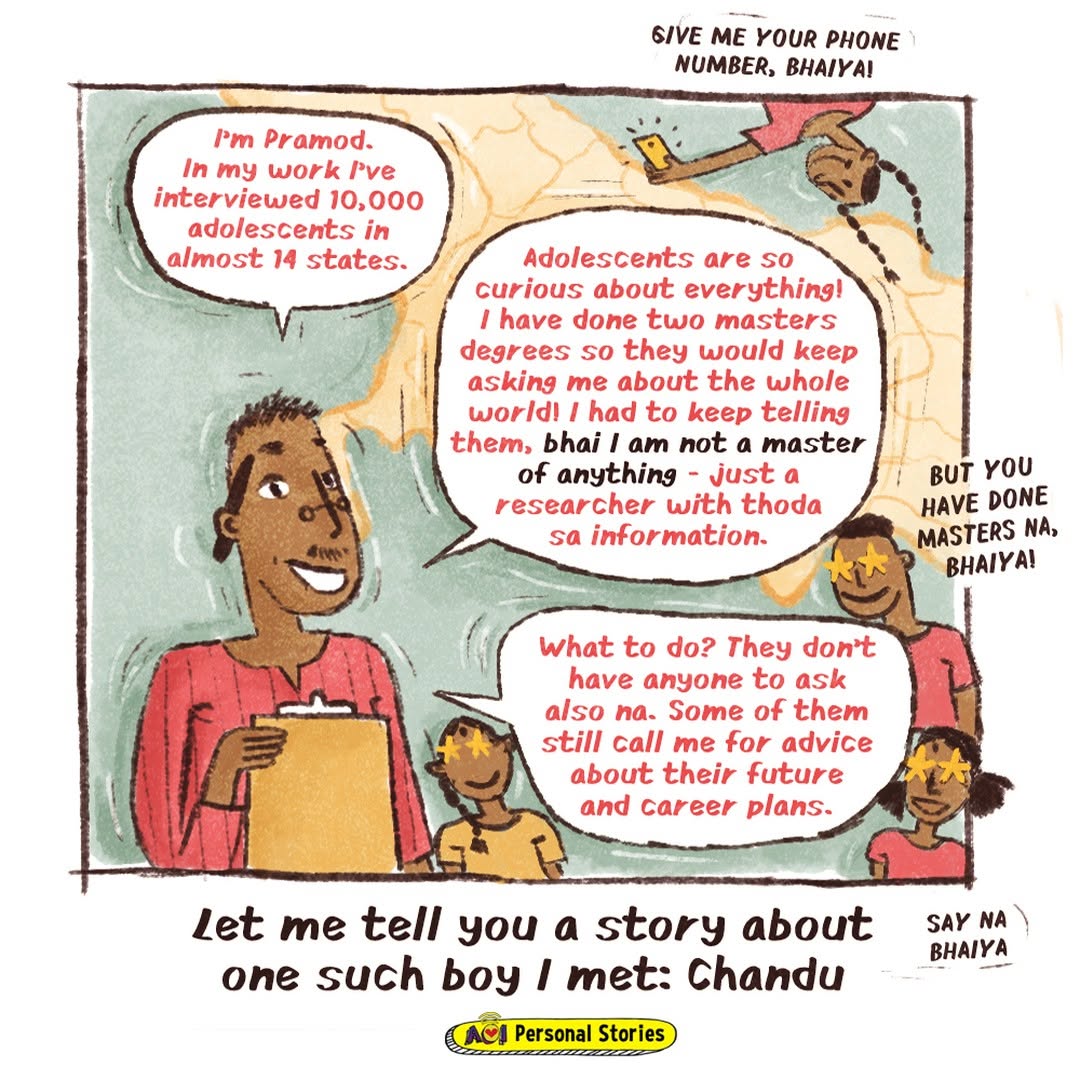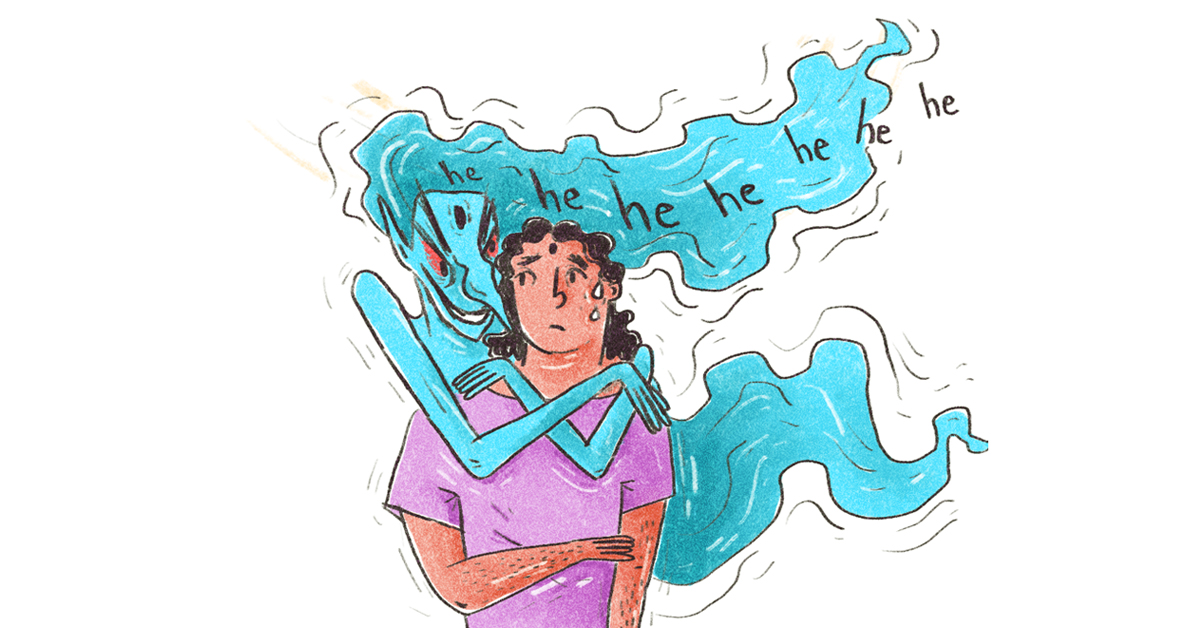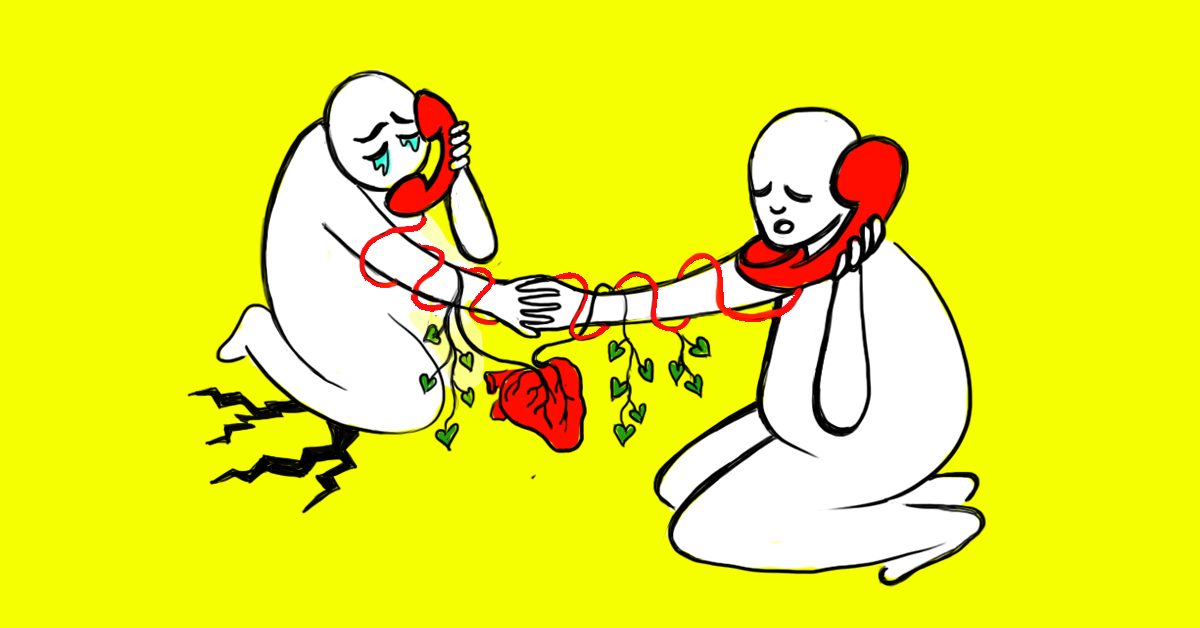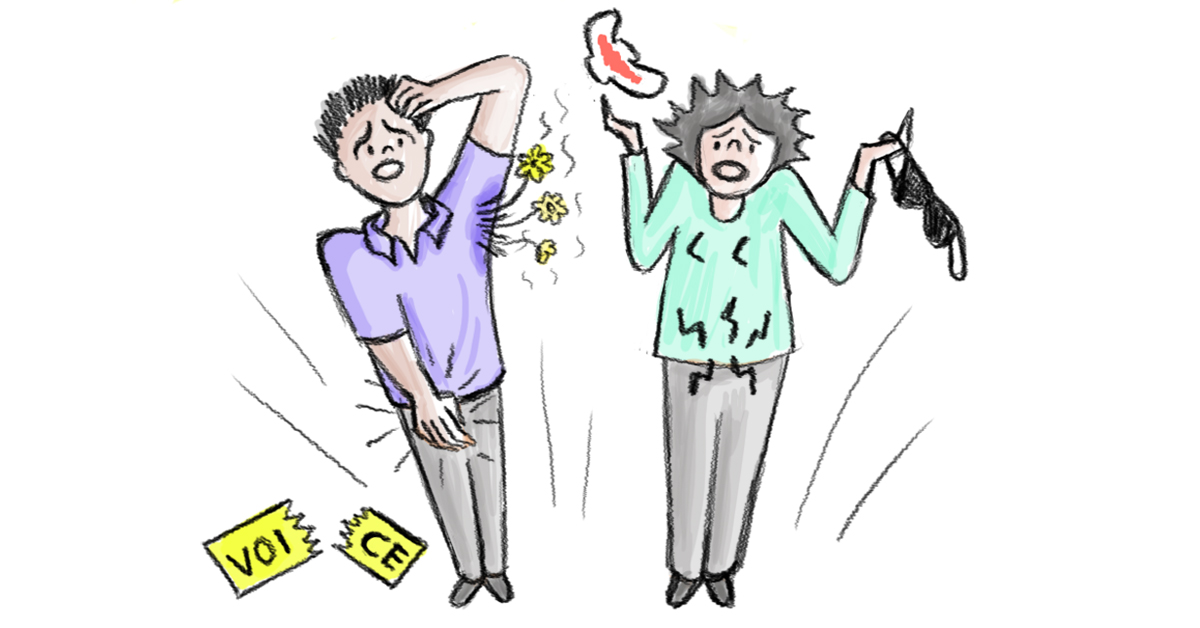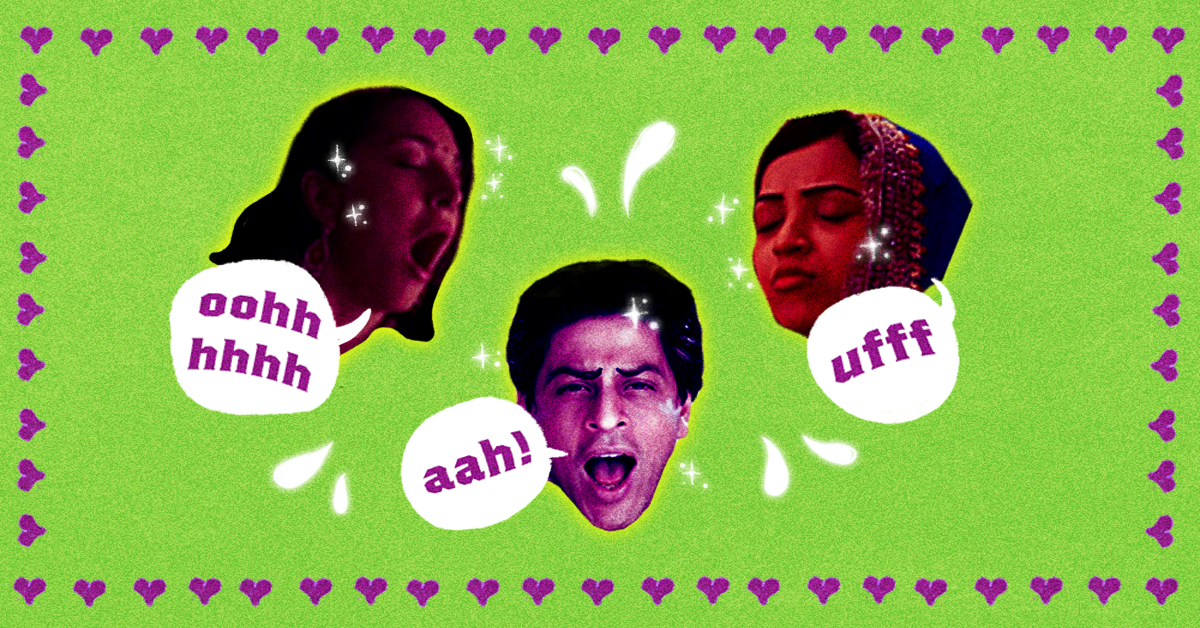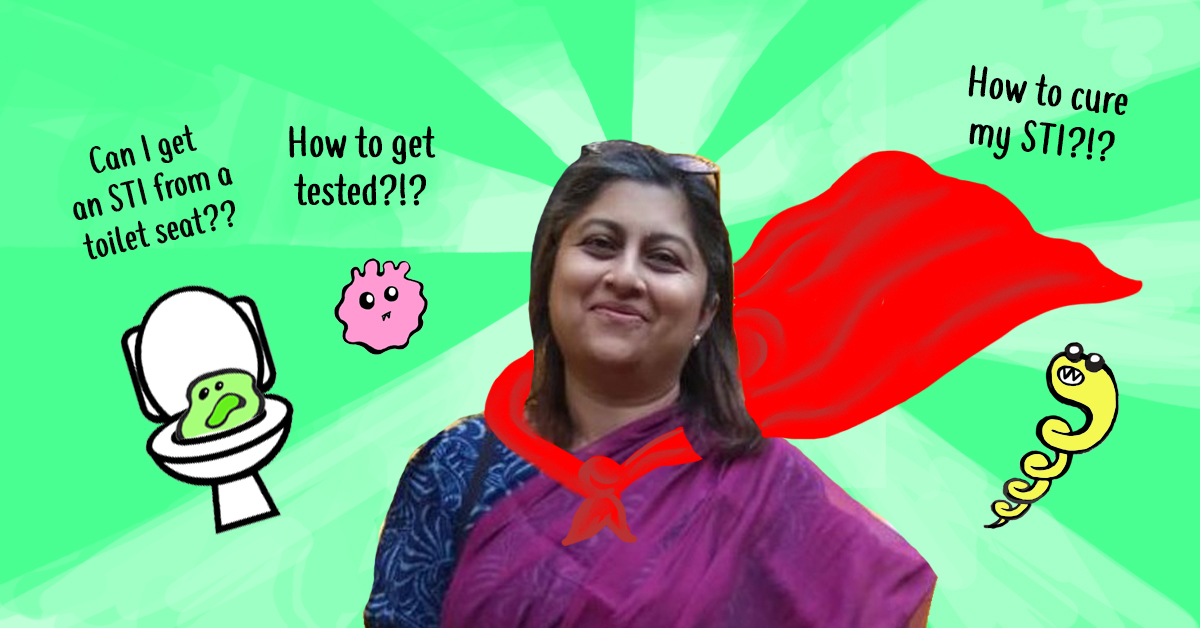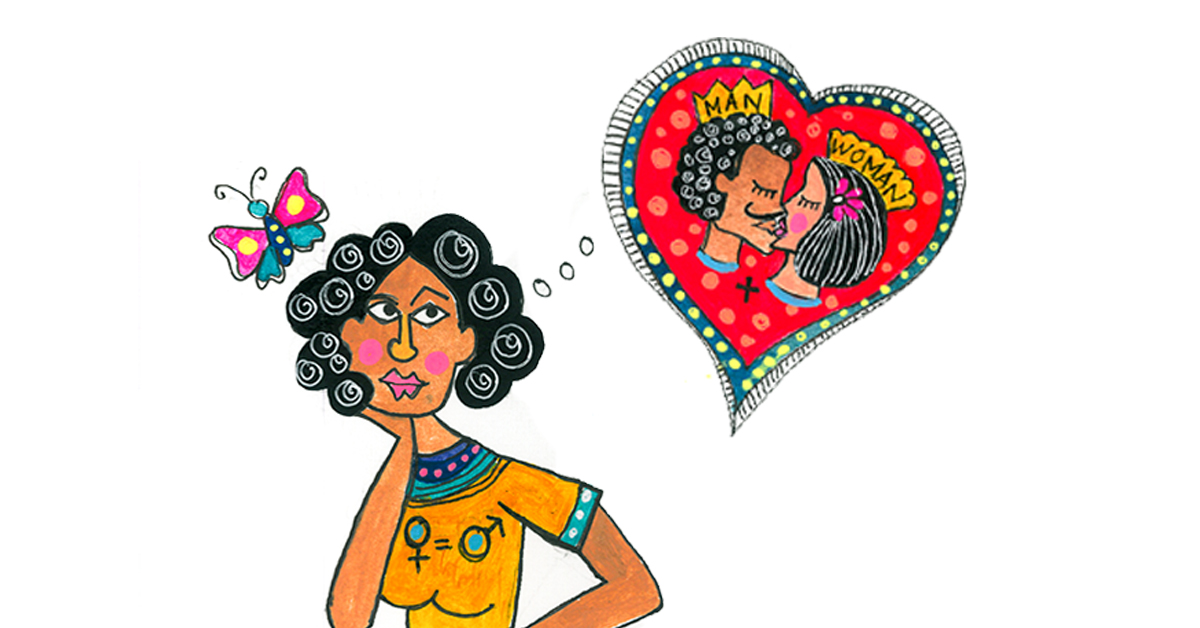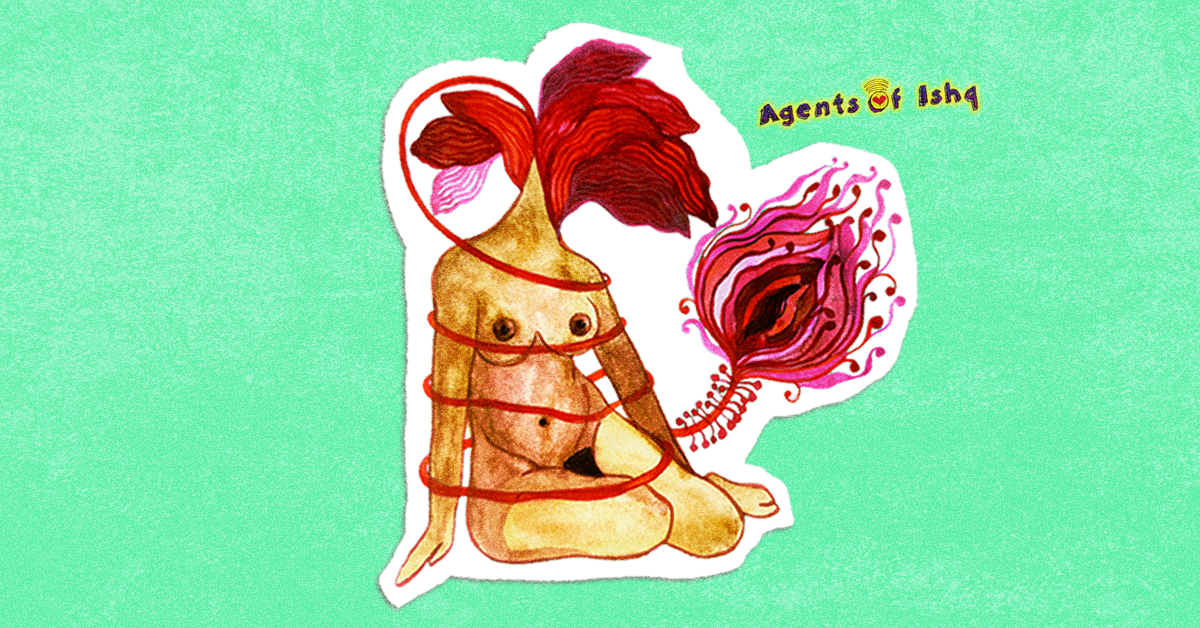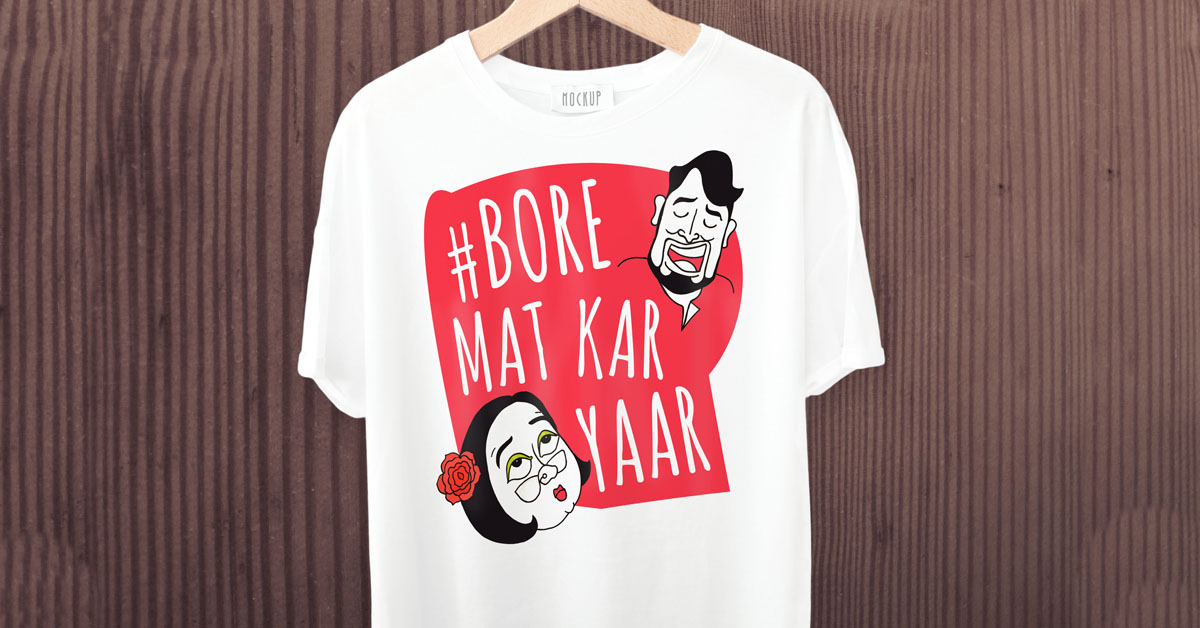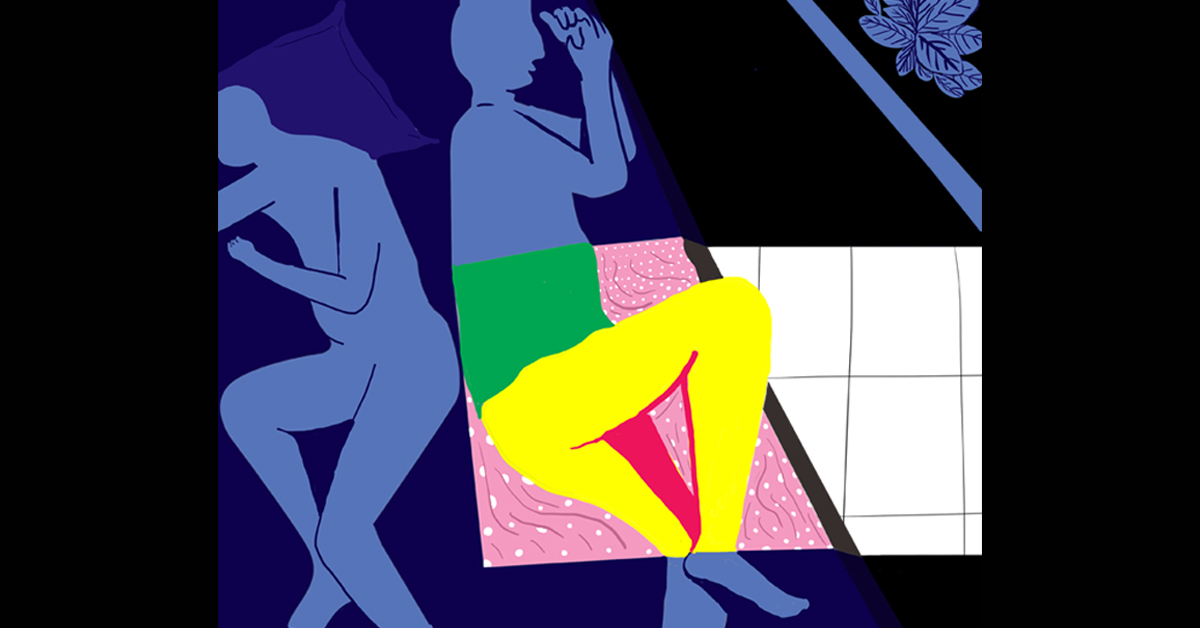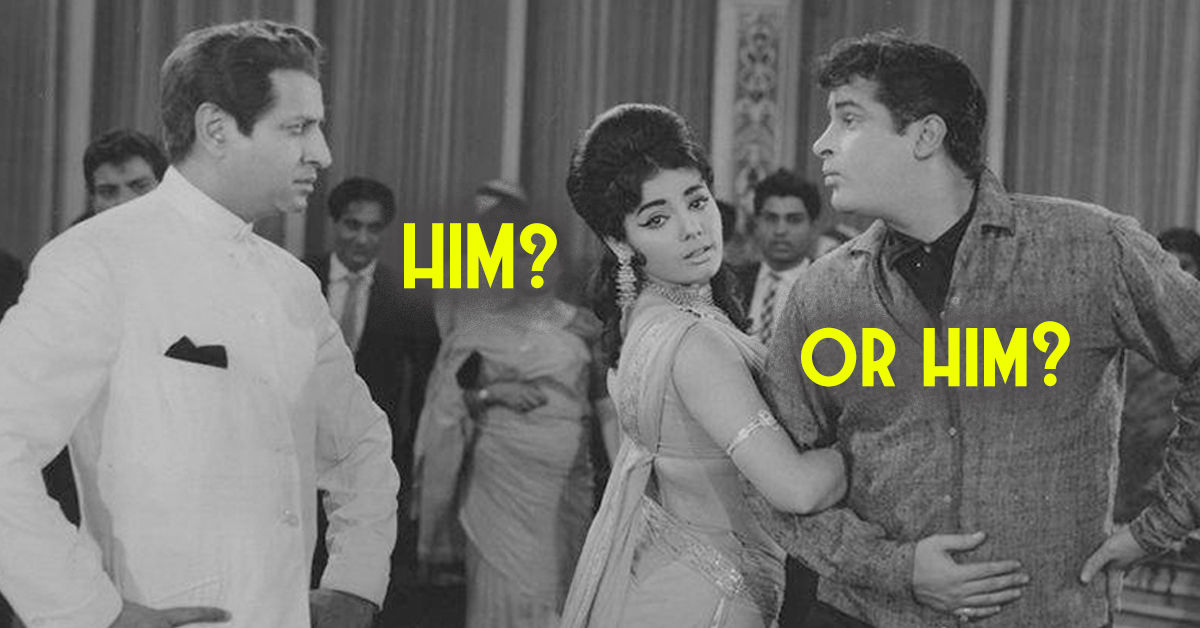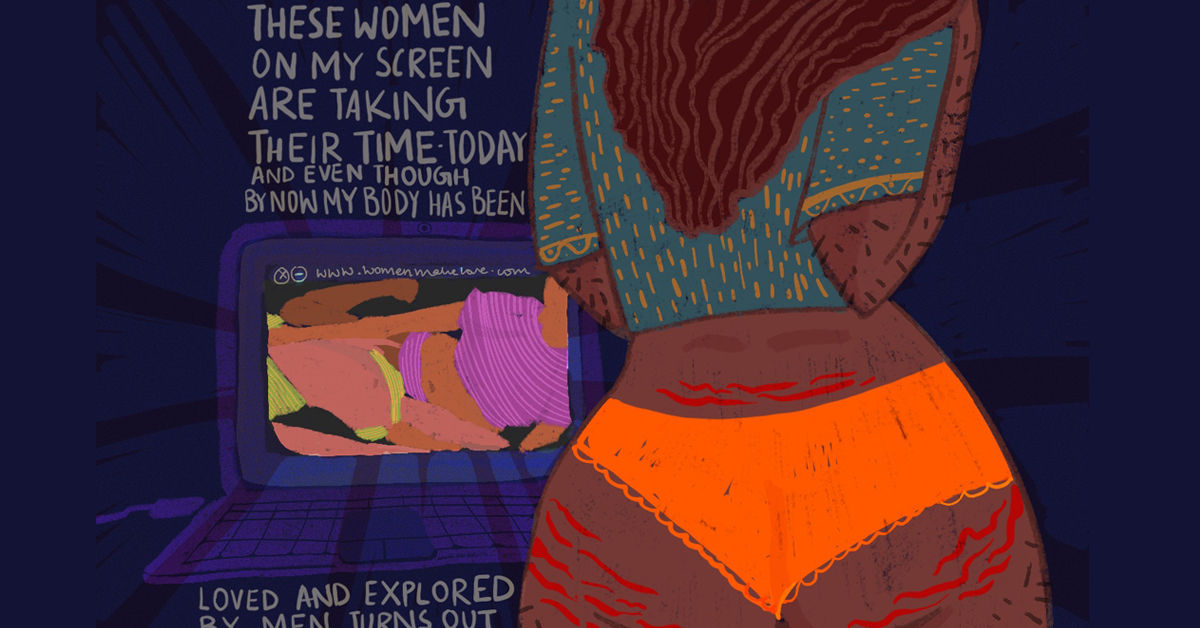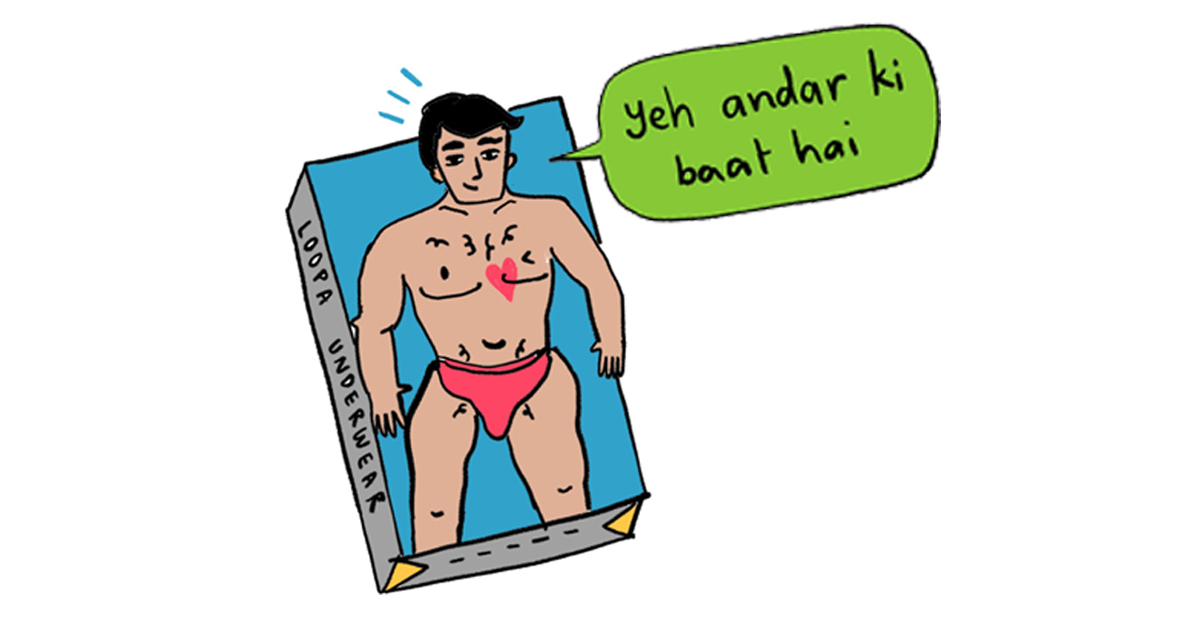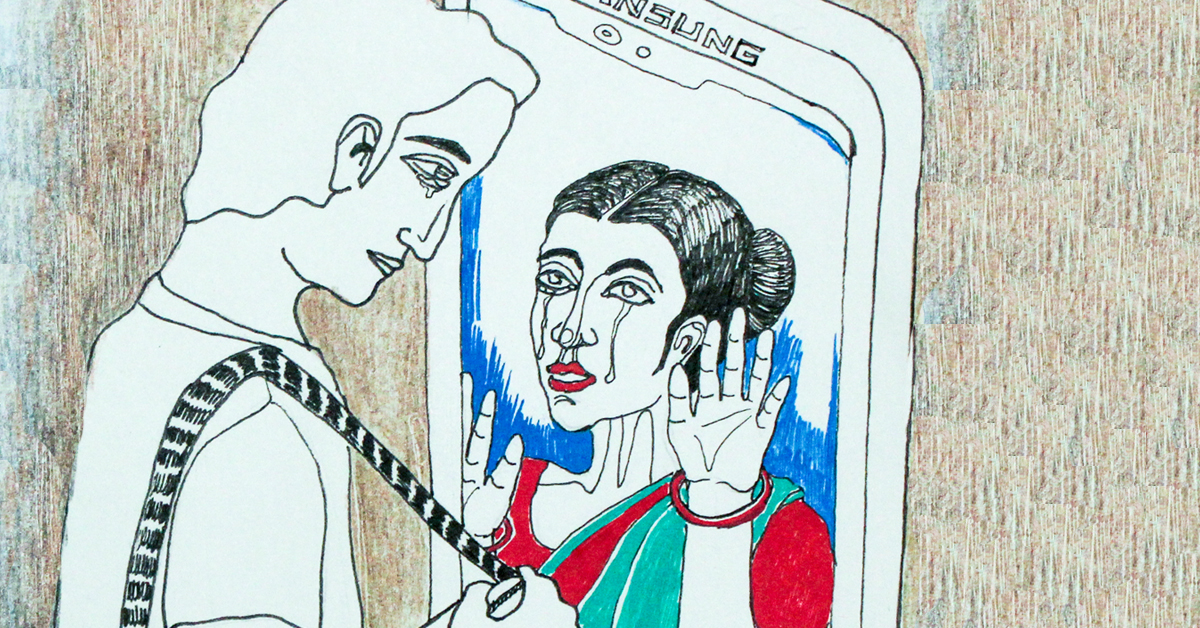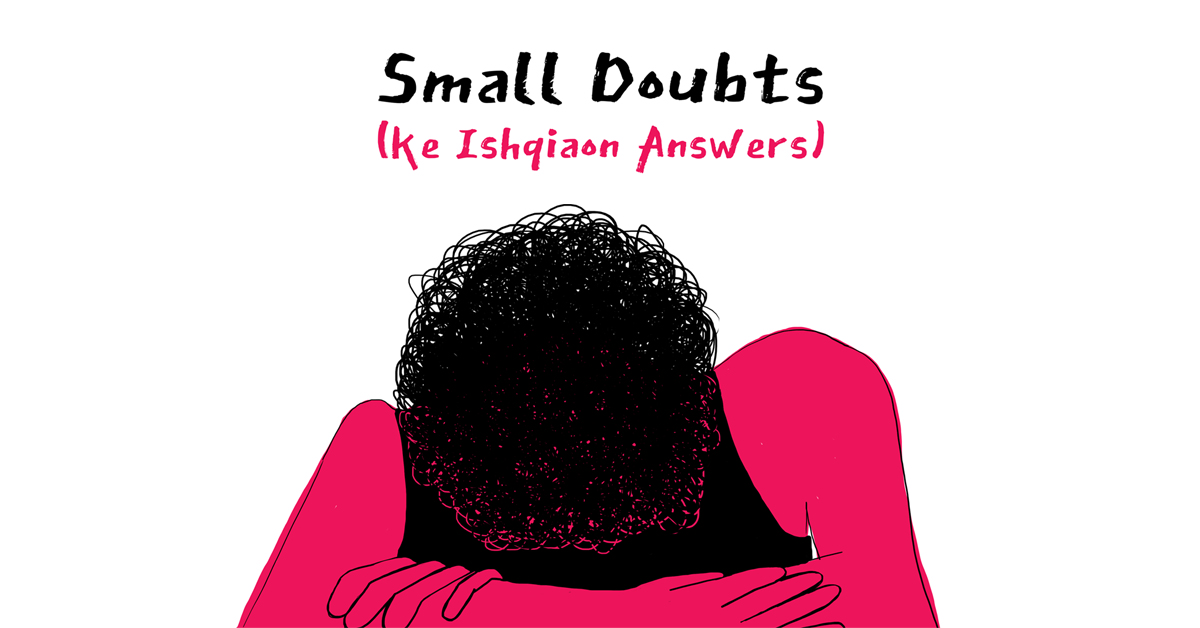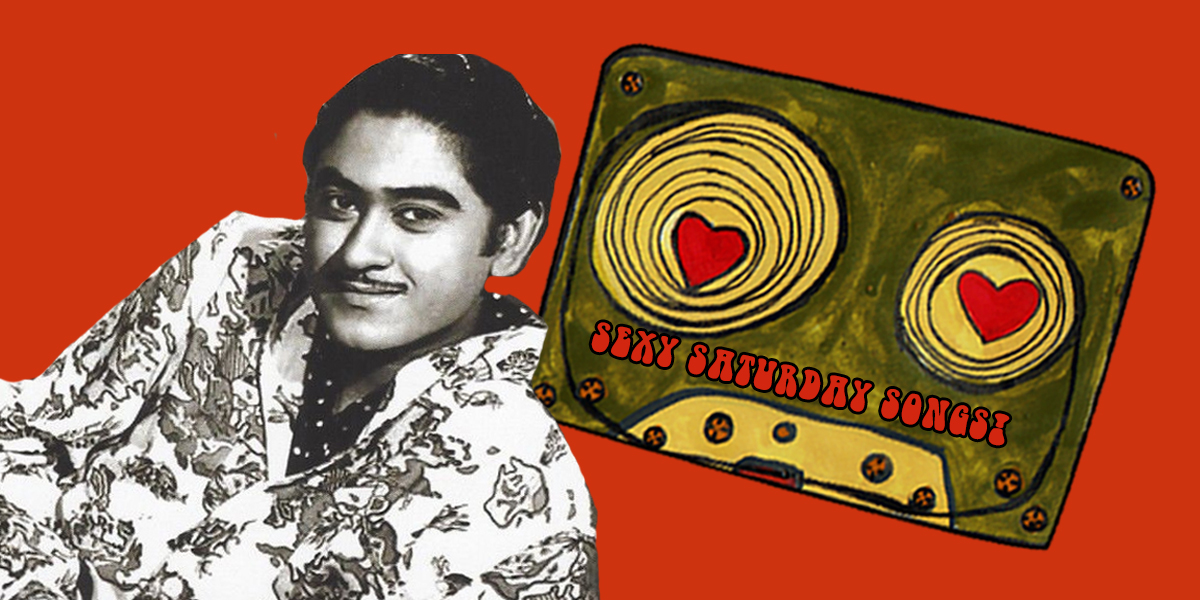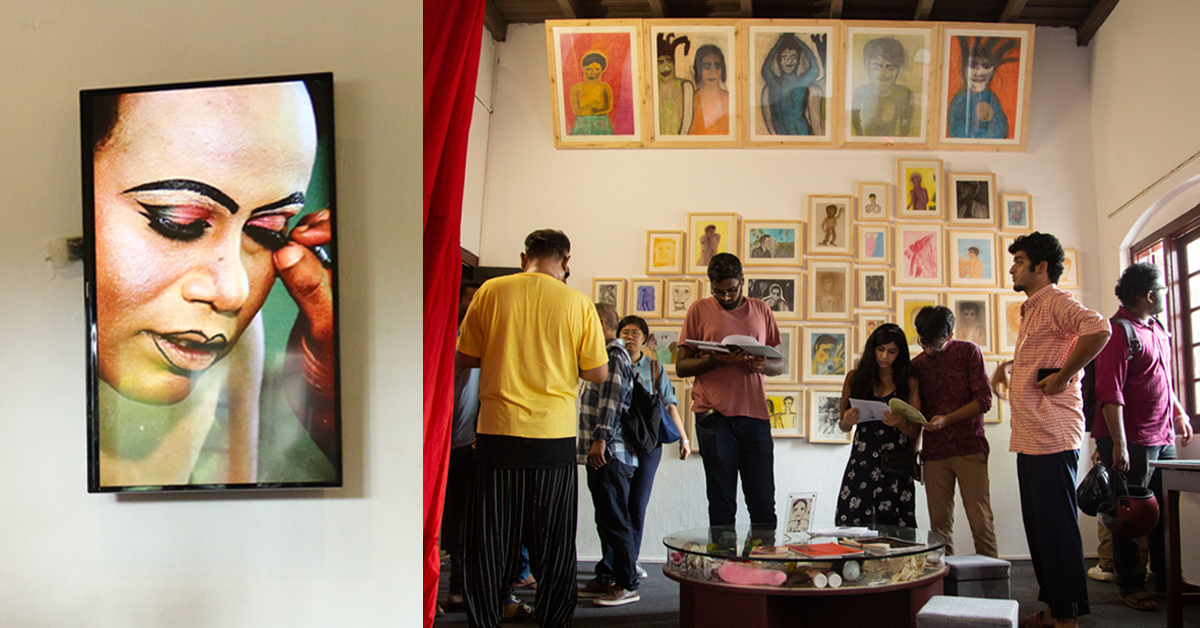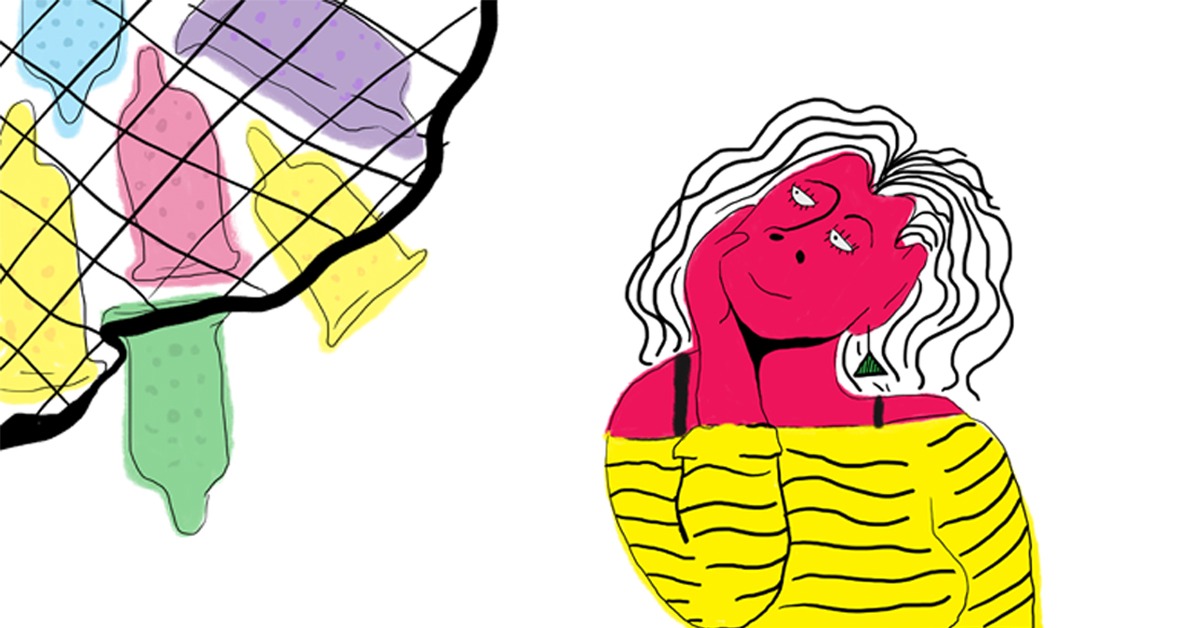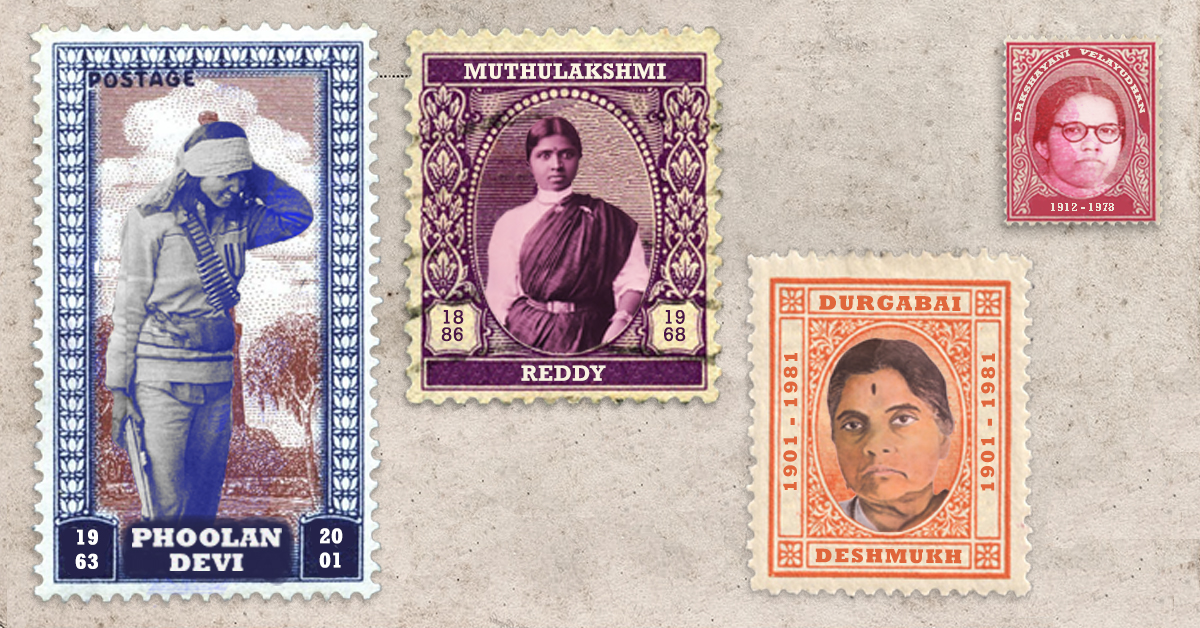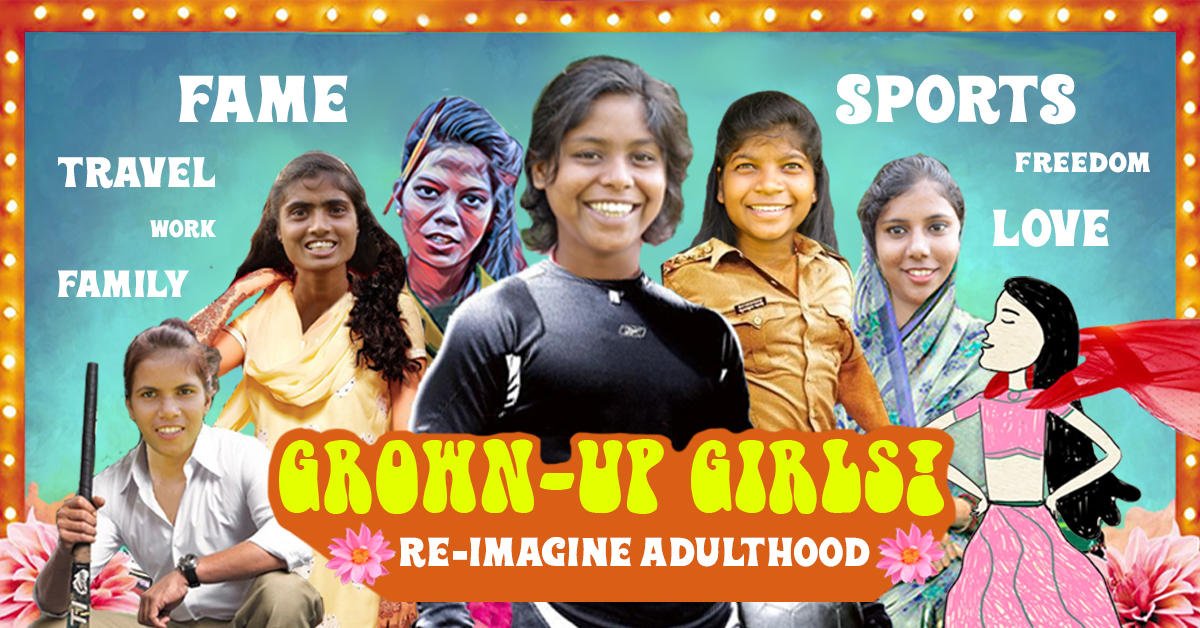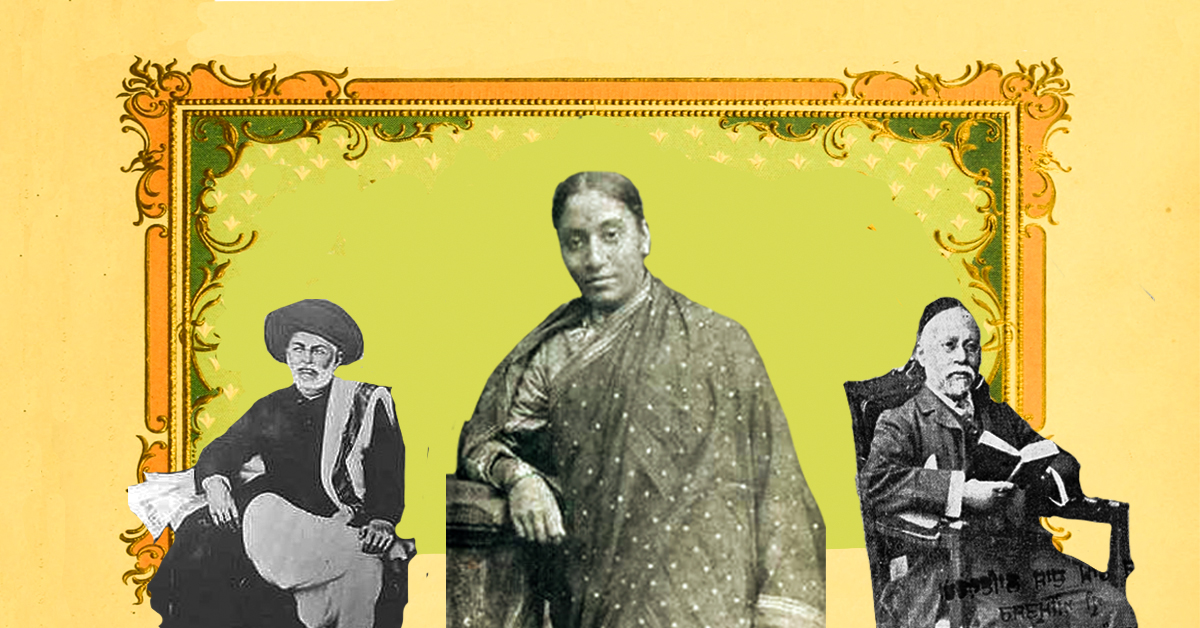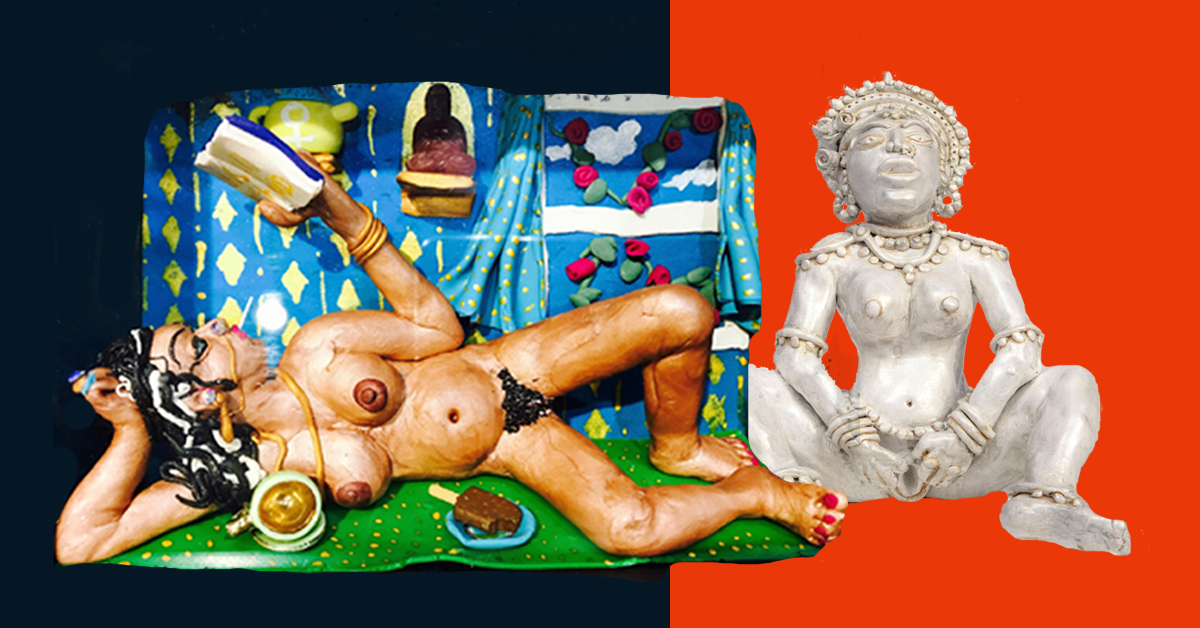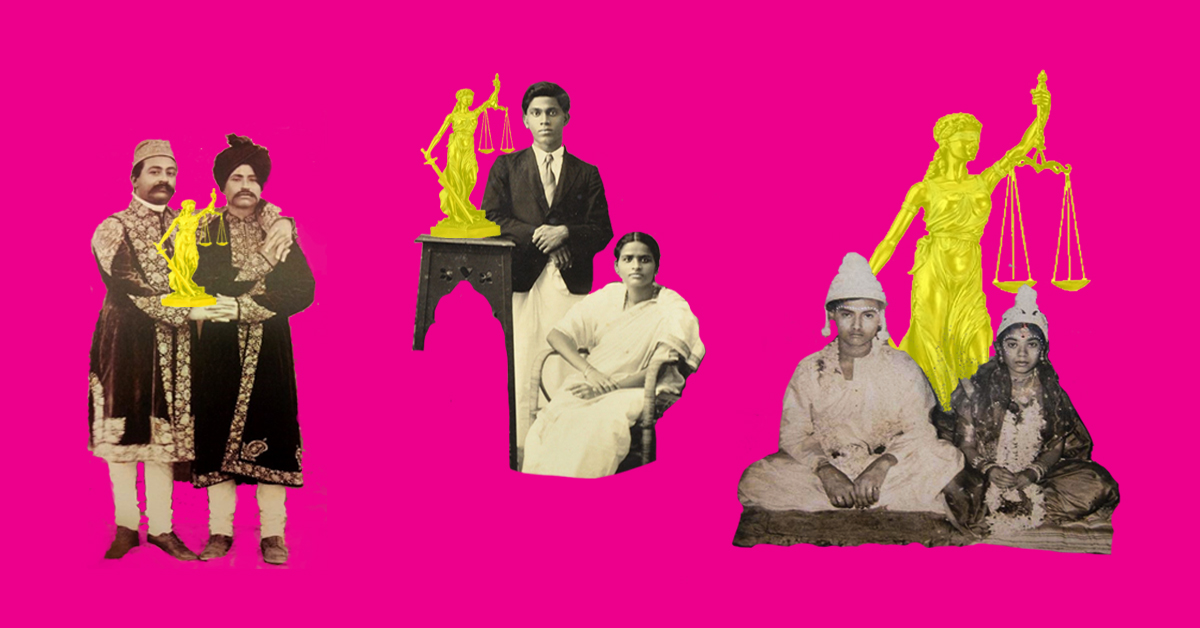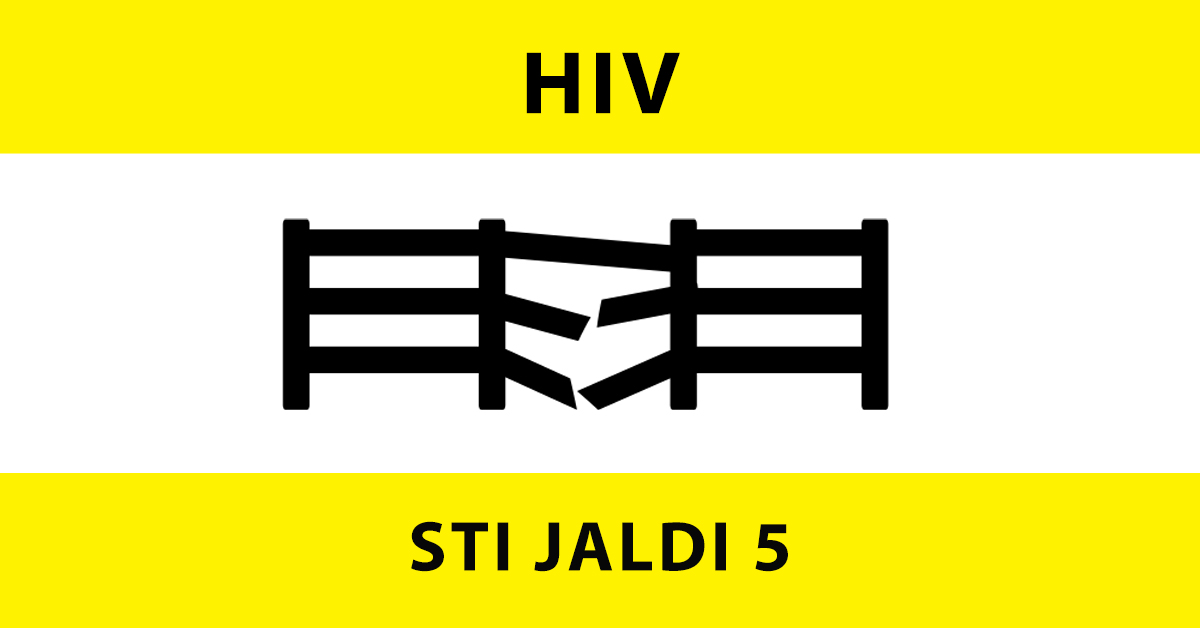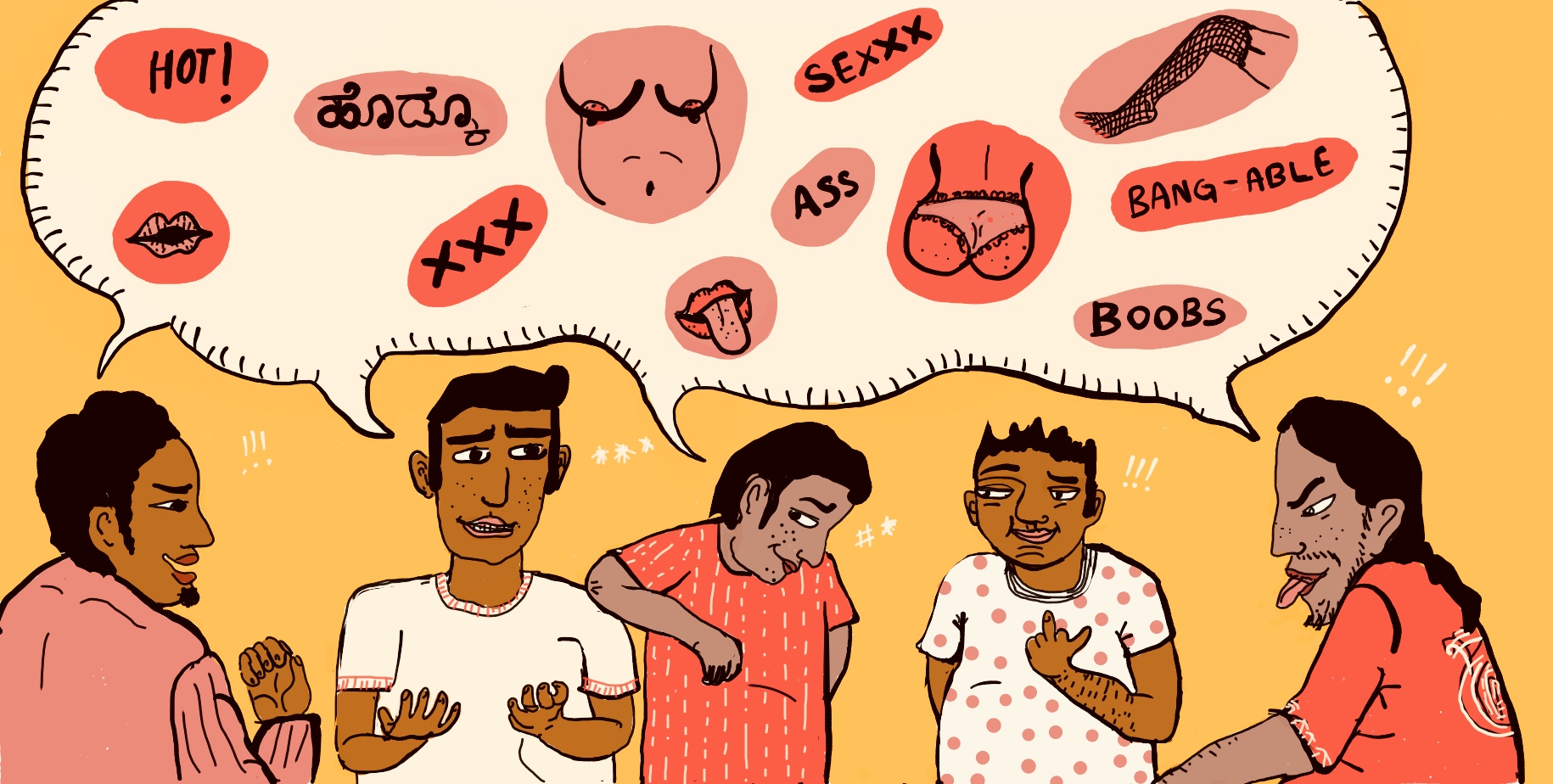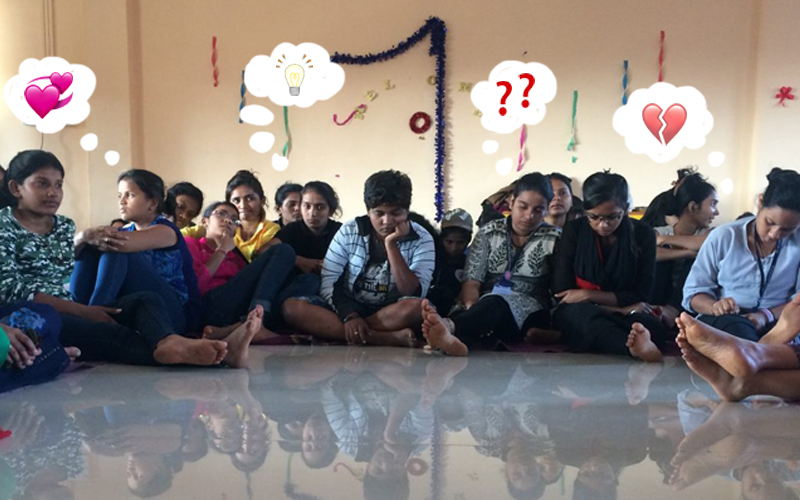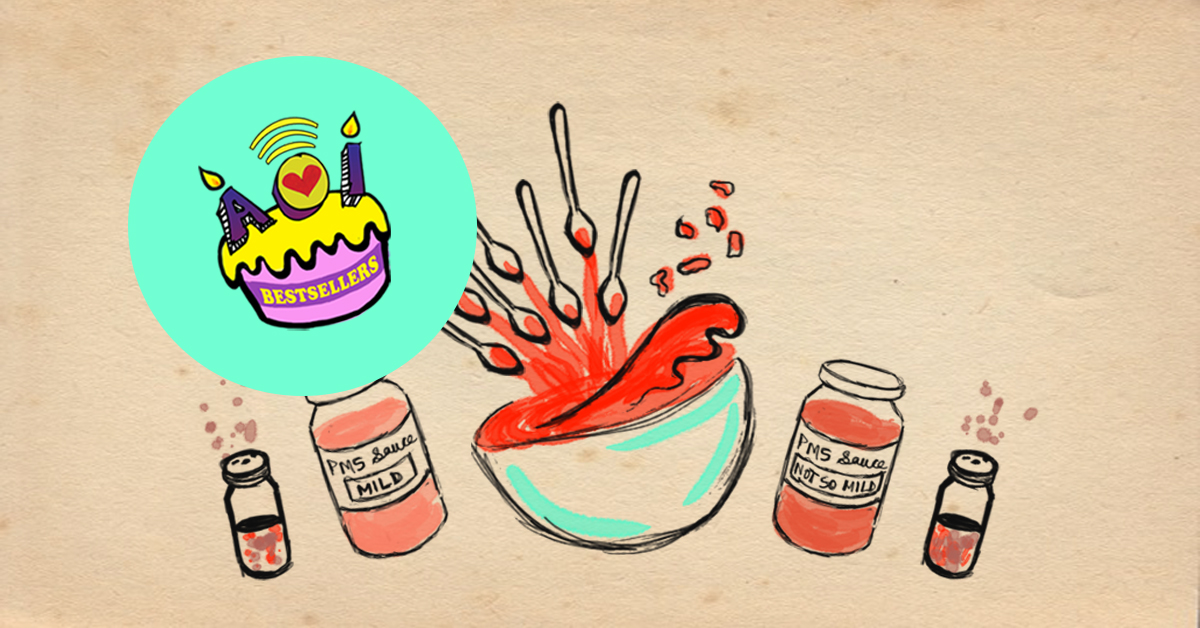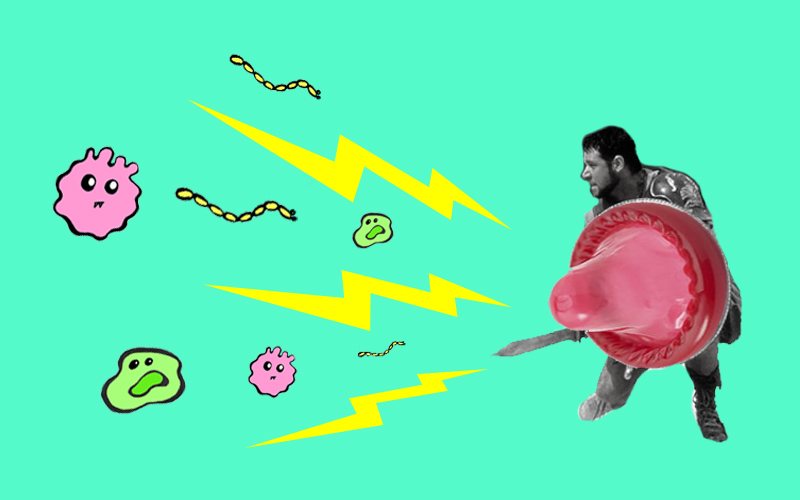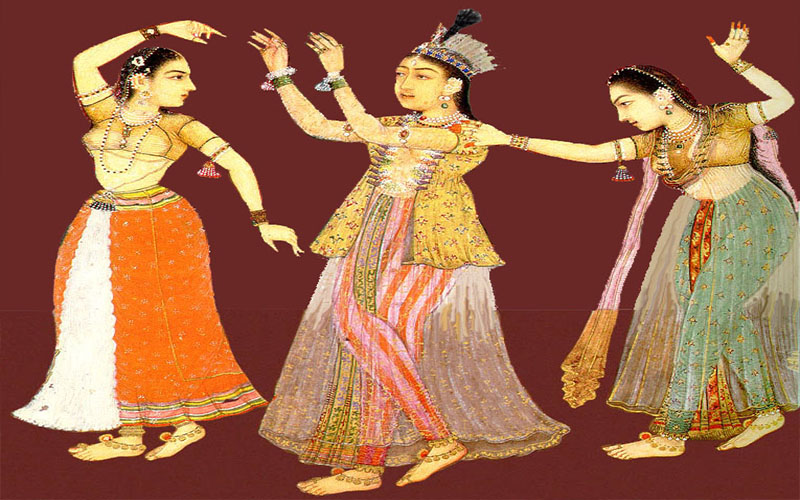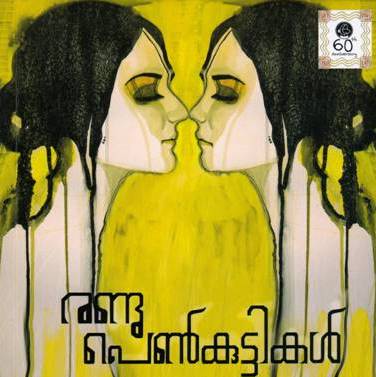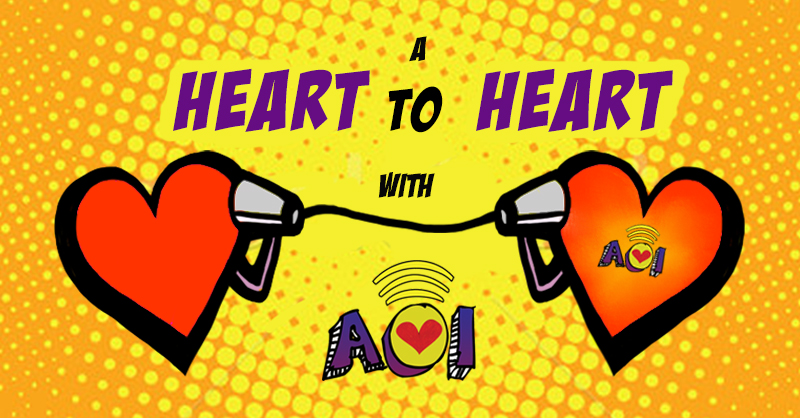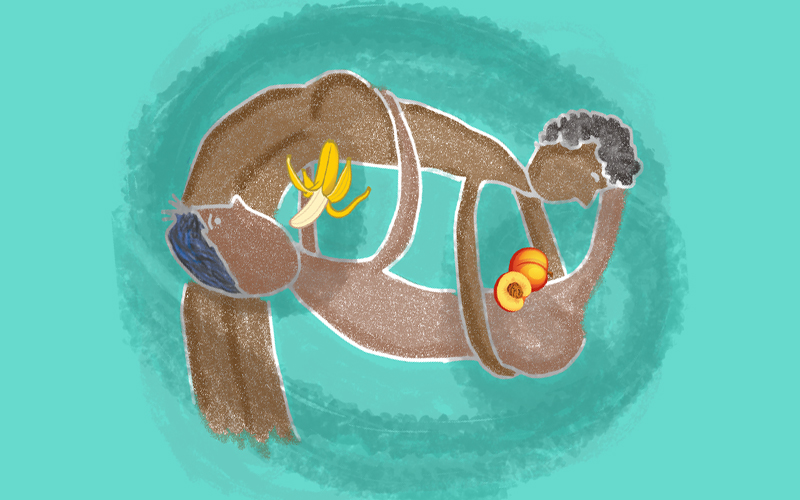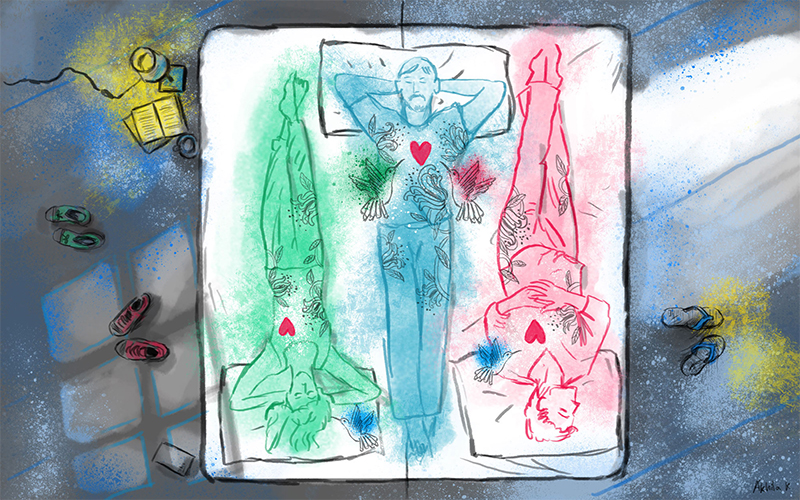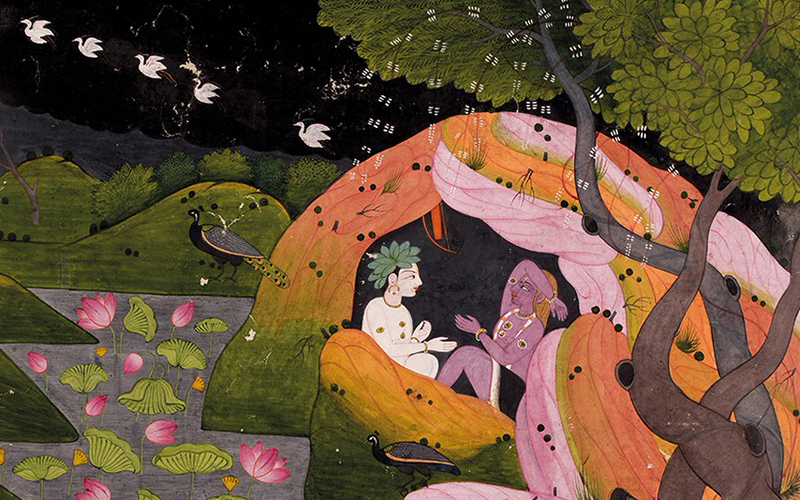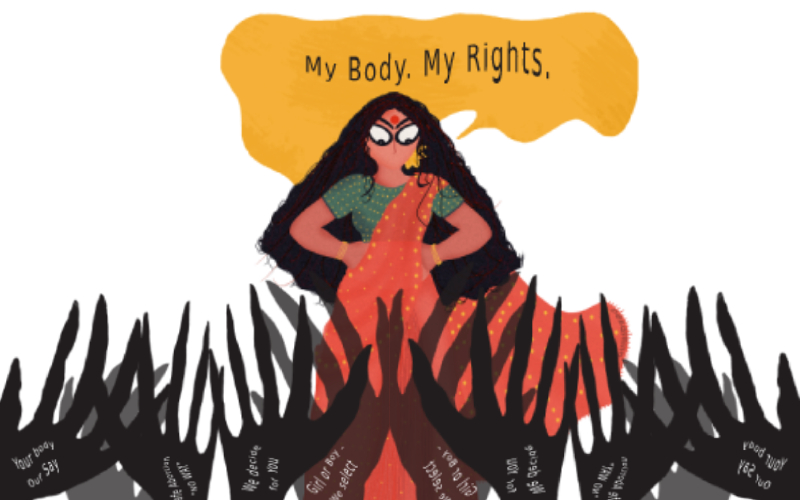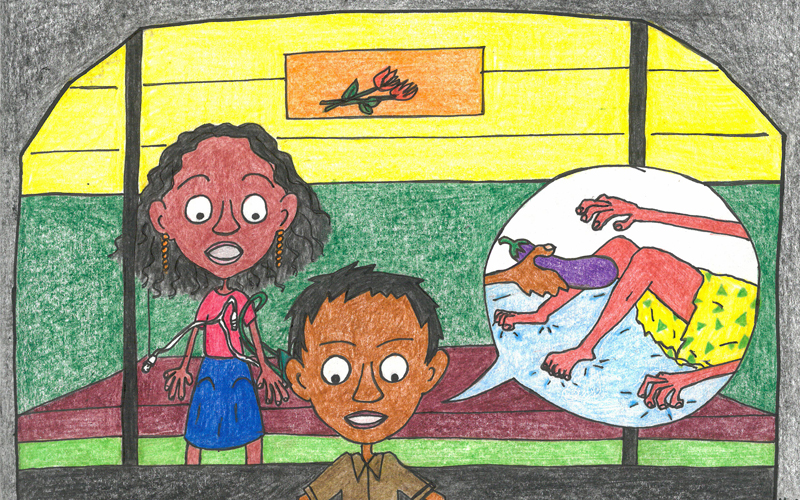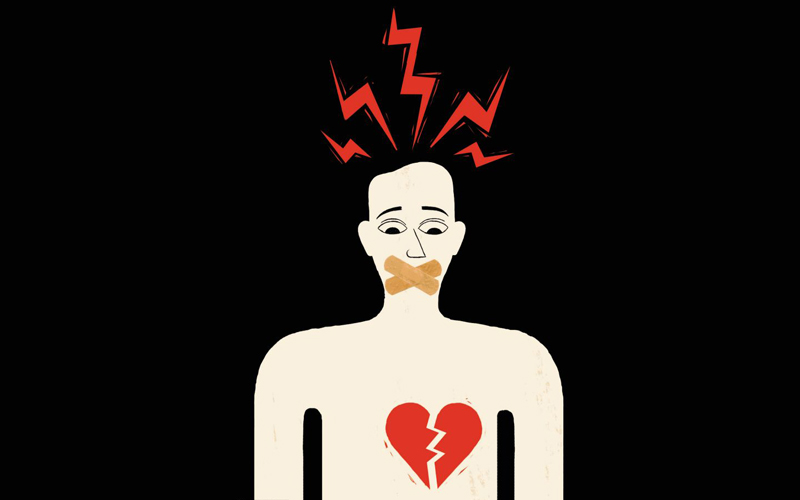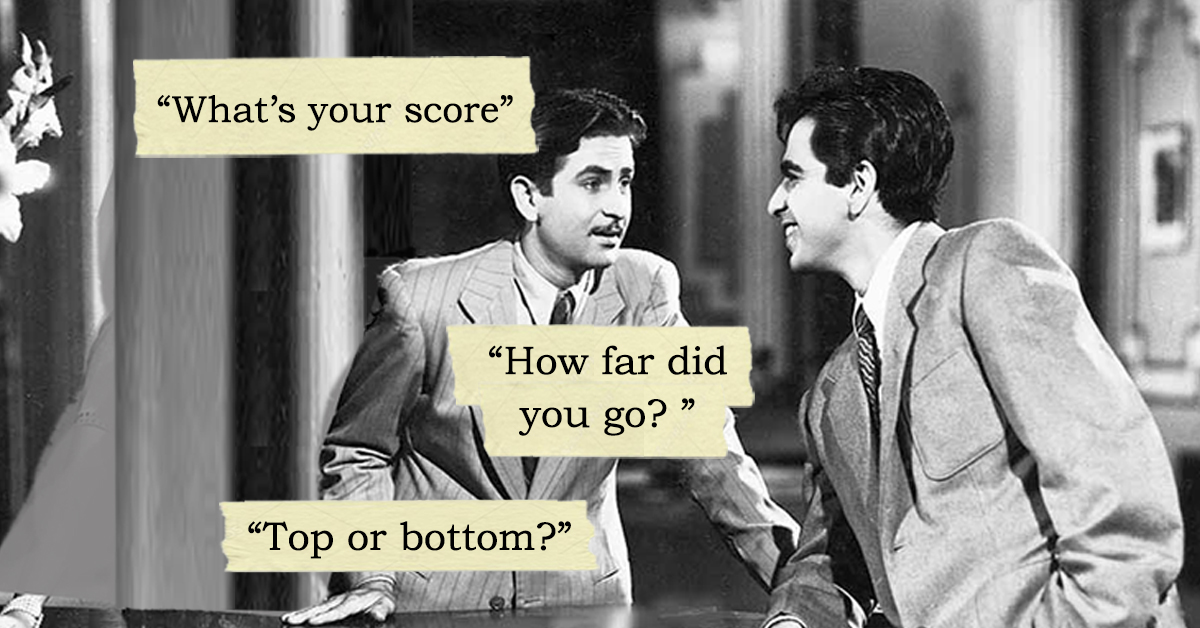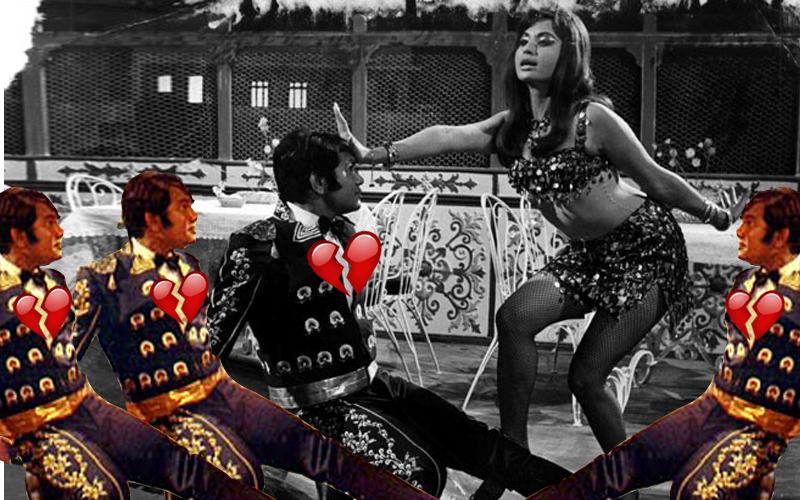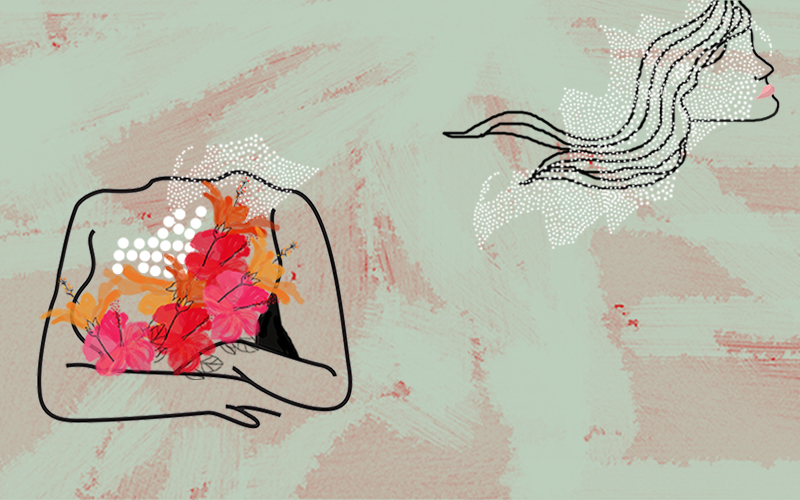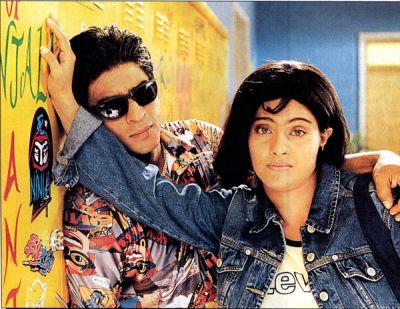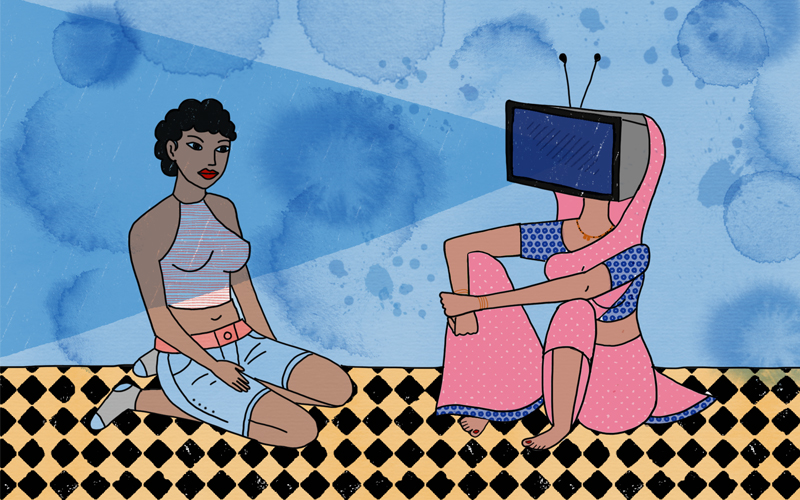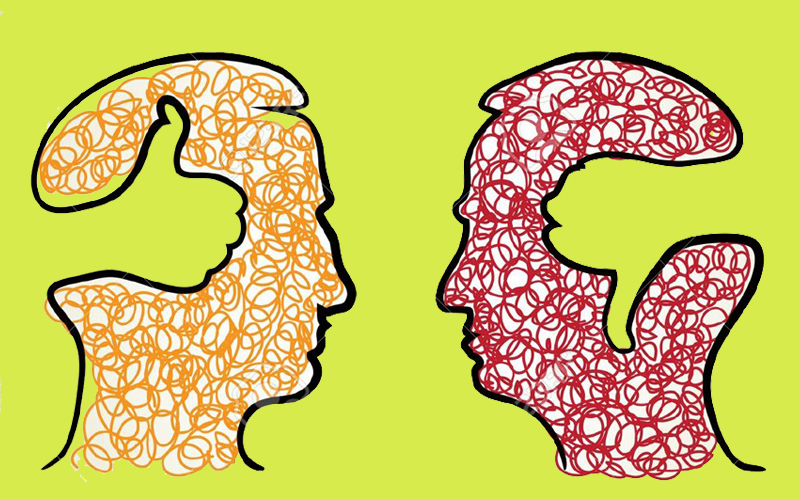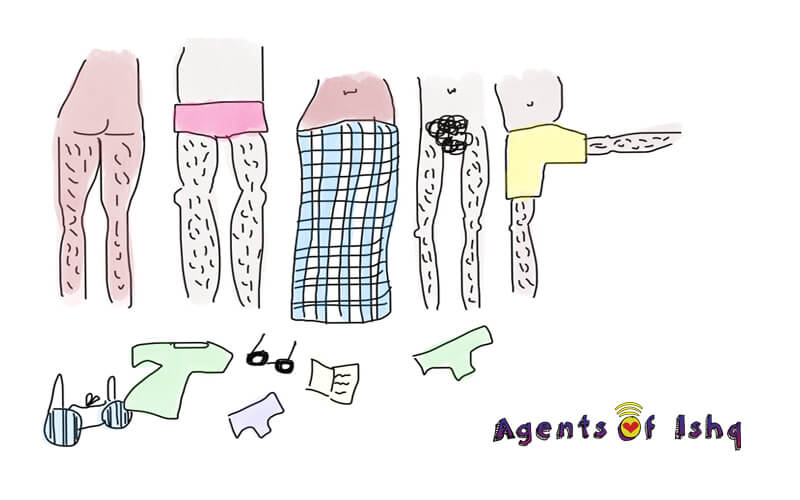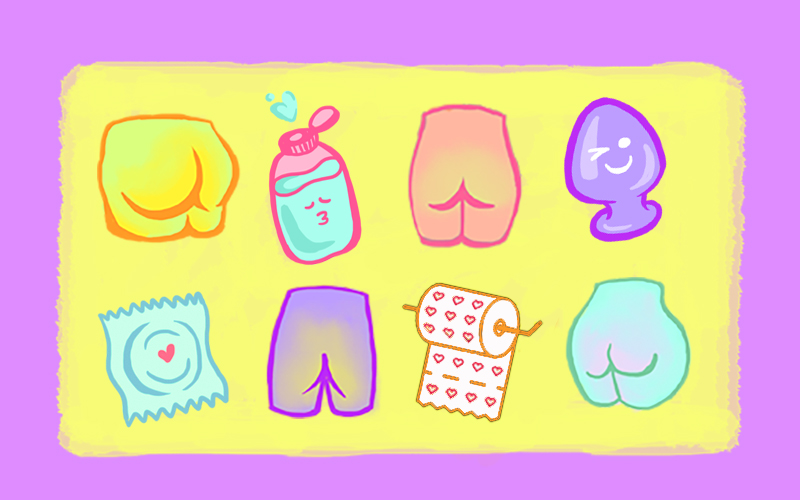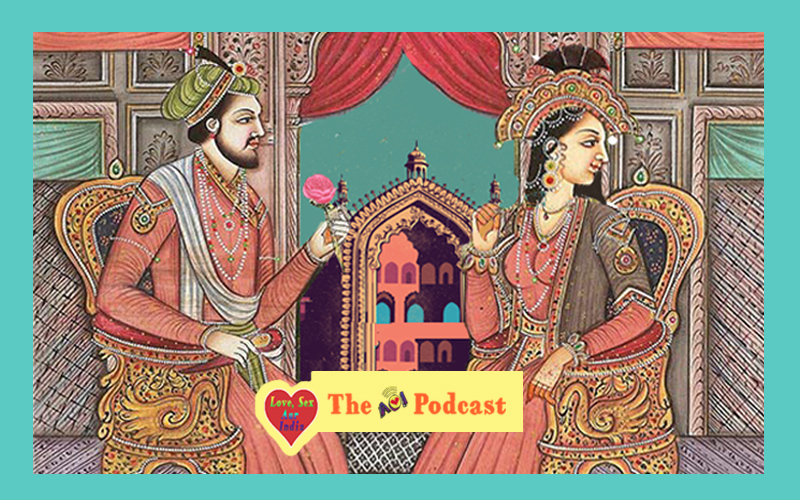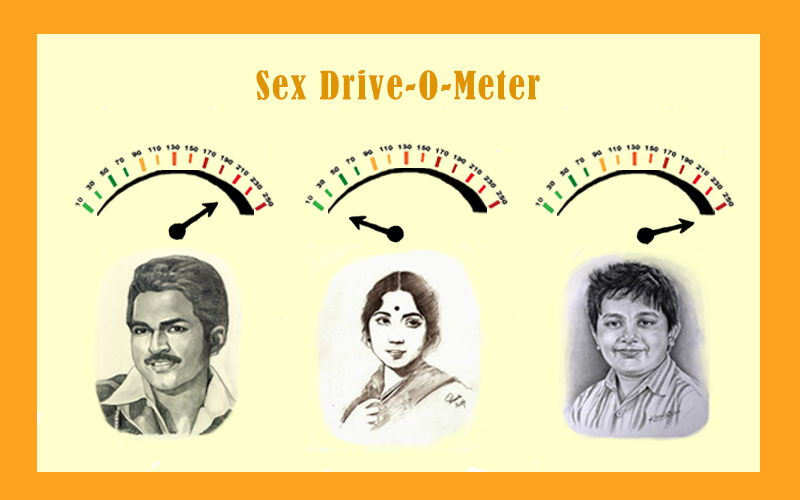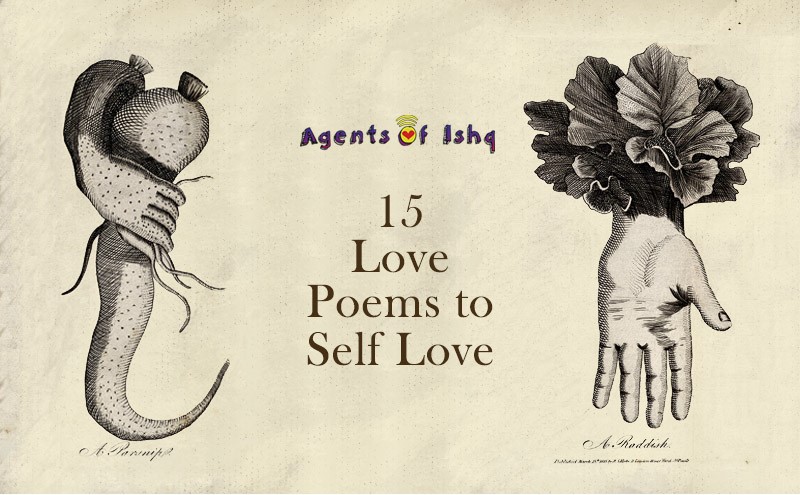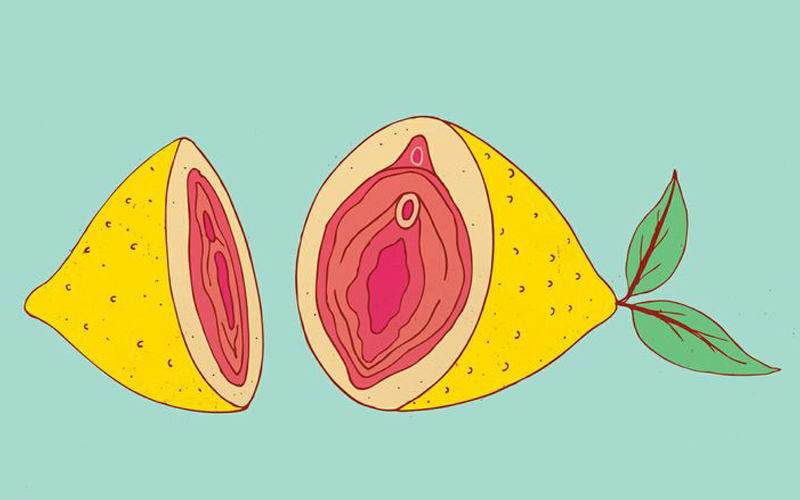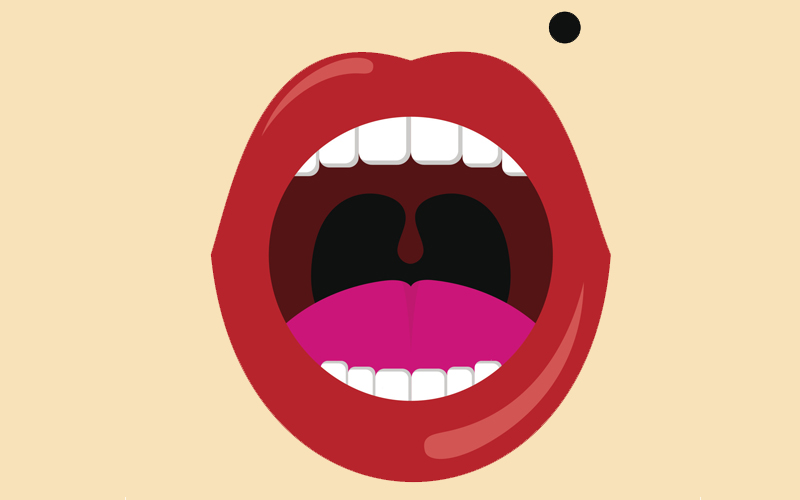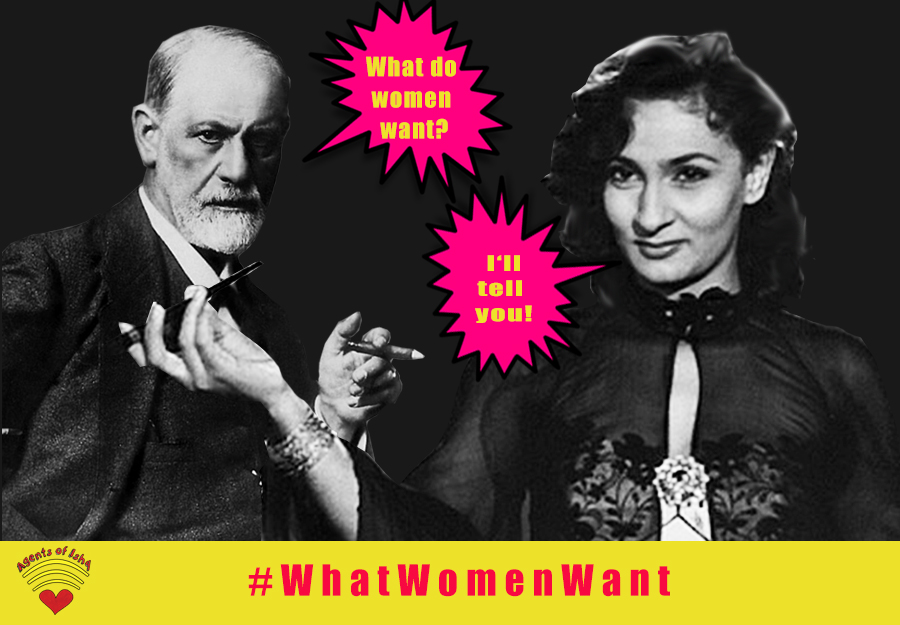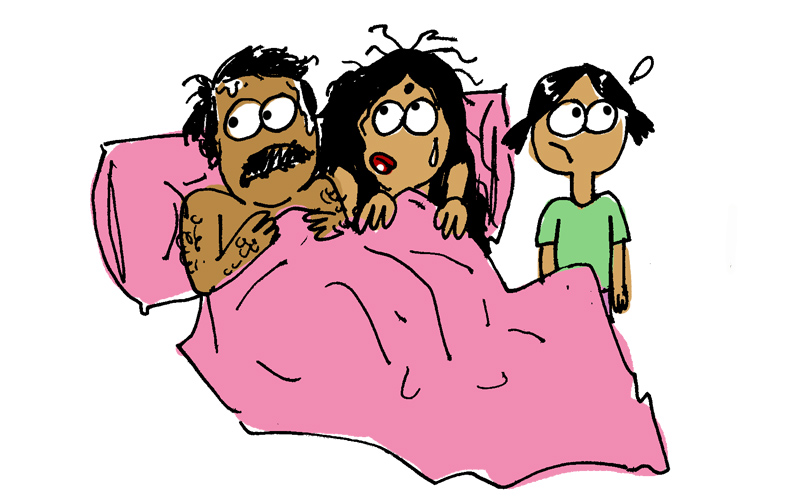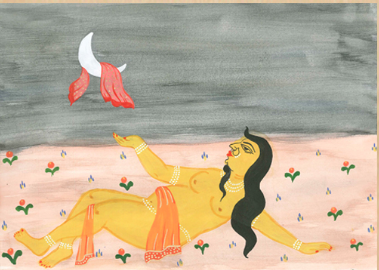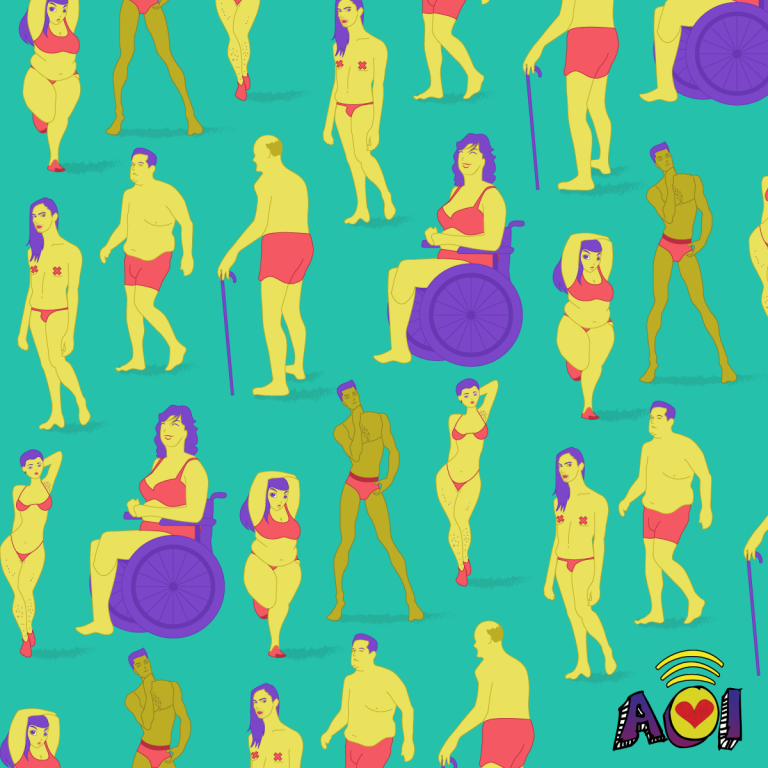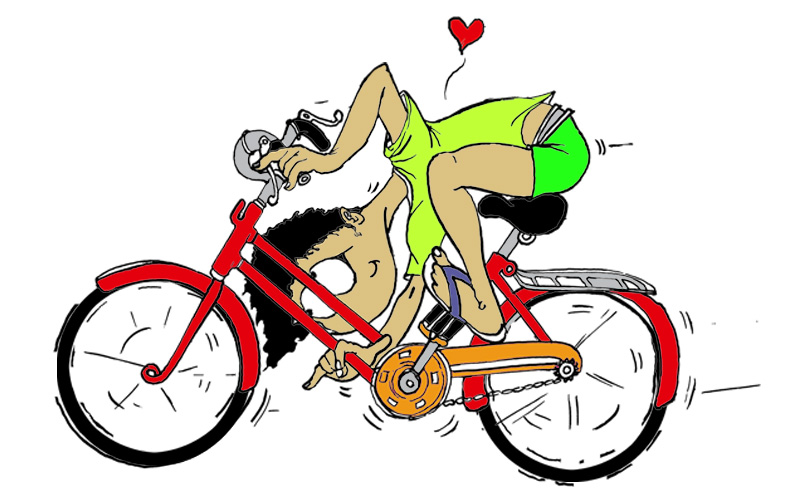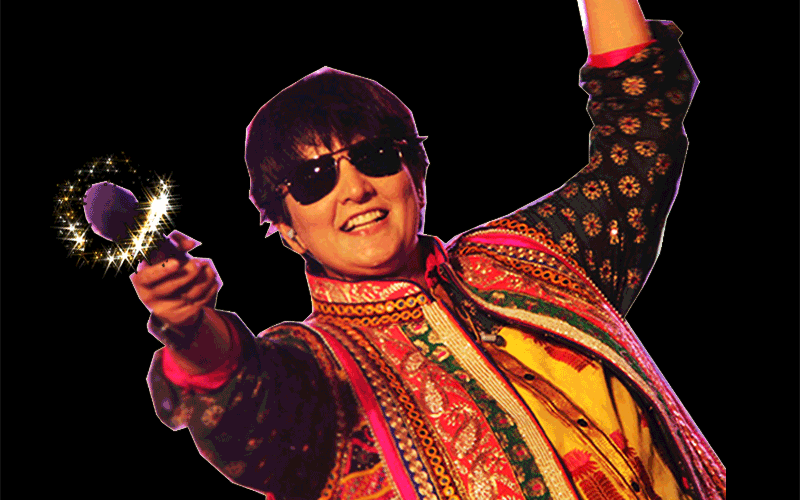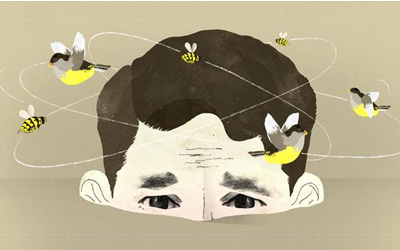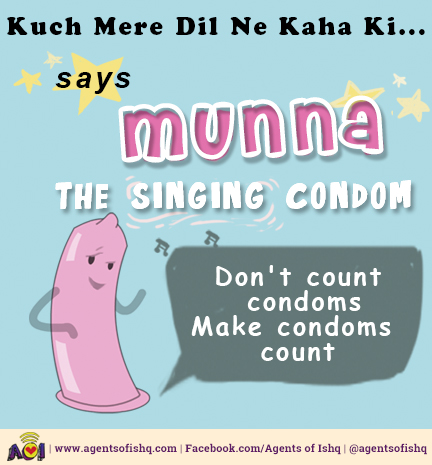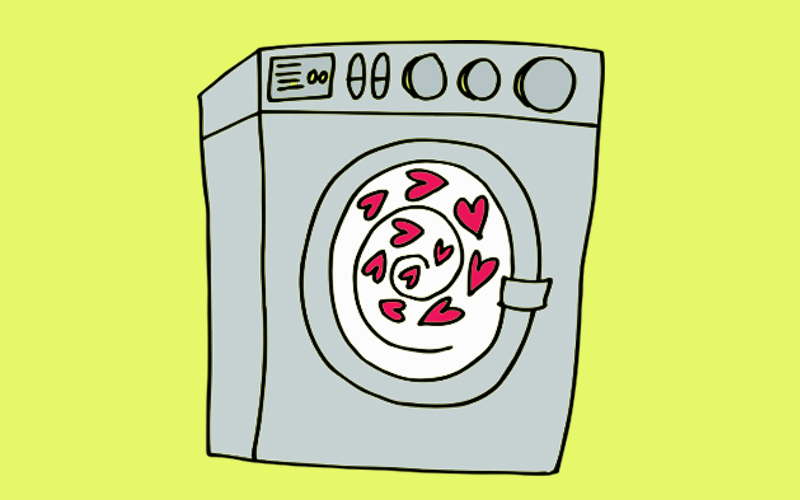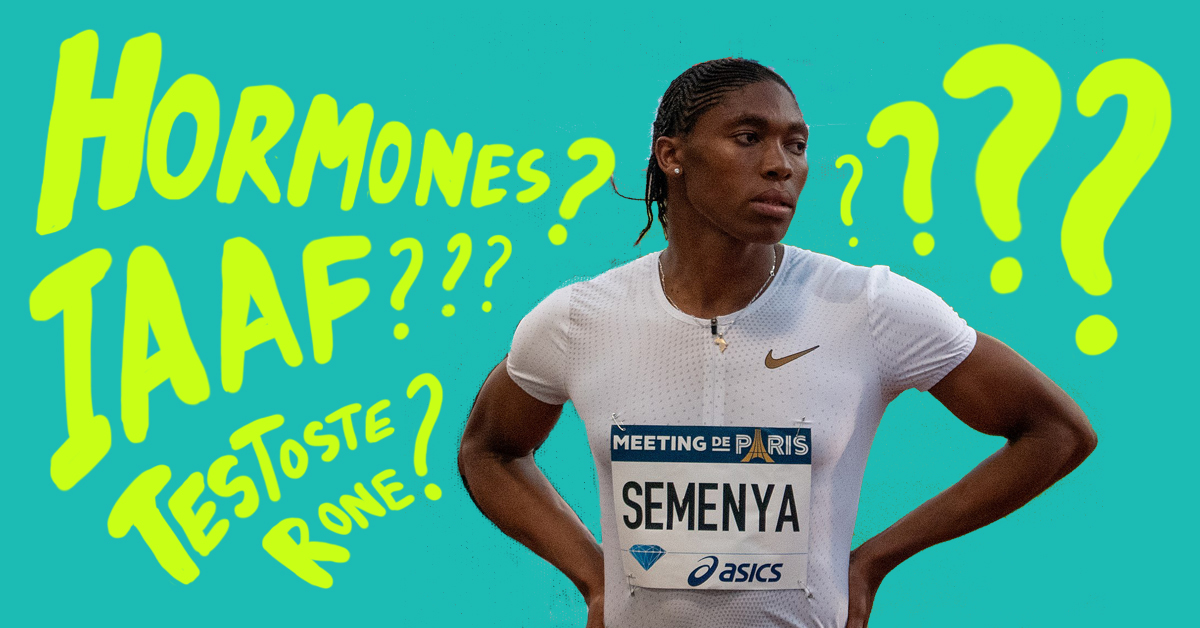 Are you wondering who Caster Semenya is? She’s a 28-year-old kickass athlete from South Africa – a two-time Olympic gold medallist and three-time world champion runner who competes in 800 m races. Right now, everyone’s talking about her because the Court for Arbitration of Sport (CAS) – the topmost court in the sports world – has upheld discriminatory rules which say that Semenya, and other female runners like her, cannot participate in women’s sports because they are not “female enough.” Gasping? Rolling your eyes? Saying...WHAT! REALLY?Yep. Specifically, they are saying that she has too much testosterone, which is thought of as a male sex hormone (more on this weird business of gendered hormones in a bit). Although the testosterone in athletes like Semenya occurs naturally, the global governing body for track and field events – the International Association of Athletics Federations (IAAF) – argued in court that it gives them an unfair advantage over other women athletes. The implication is that having high levels of testosterone make them more like men, and therefore they cannot compete as women. IAAF’s rules state that if women like Semenya want to participate, they will need to take medicines – like birth control pills or drugs for prostrate cancer – to lower their level of testosterone in order to qualify as female athletes, also matlab, as female.Semenya appealed against these rules in CAS in 2018, but lost the appeal on 1 May 2019.WHY ARE SO MANY PEOPLE UPSET BY THE CAS DECISION? Tennis legend Martina Navratilova called the ruling “dreadfully unfair” and “wrong in principle”. She isn’t the only one to think so. Many scientists, bioethicists, medical researchers, human rights groups and fellow sportspersons have been deeply critical of gender testing in general and the recent CAS ruling in particular. Here are some reasons why.THE RULING ALLOWS SPORTS BODIES LIKE IAAF TO BASICALLY ACT LIKE GENDER POLICE “Athletics has two classifications – it has age and it has gender. We are fiercely protective of both.” – IAAF President Sebastian Coe to the media, 2 May 2019 The court said IAAF’s rules about athletes like Semenya needing to take drugs to lower their testosterone levels are discriminatory, but “necessary” in order to “preserve the integrity of female athletics.” (Yes, discrimination is necessary to preserve integrity, is what you read).At the core of this is a deep bias about how women should look and what they should do and what is considered appropriate for them, but presented as natural. Semenya is considered to be too muscular, too masculine, too good to be a female athlete. (Check out this 2015 documentary about Semenya, titled Too Fast to Be a Woman.) And the implication that the “integrity” of women’s athletics needs to be protected by stopping athletes like her from competing implies that Semenya and women like her are cheats and impostors – men masquerading as women, which is a very harmful idea, and part of a long history of sports bodies doing unfair gender tests on women. Different terms are being used to describe Semenya’s condition, including “hyperandrogenism” – elevated levels of androgens in the female body, which include the hormone testosterone – and “Differences in Sex Development” or DSD, with some even (in rude terms) speculating that she might be intersex. But other women athletes are stepping forward to say they have this condition too. So is it fair to penalise women for something that is perfectly natural?Right now, women with hyperandrogenism who want to participate in global track and field events under the IAAF cannot compete as women without medical intervention.In 2013, four female athletes from developing countries went to France for hormone therapy and genital surgery so that they could continue to compete. Top Indian runner Dutee Chand, who also has high testosterone levels and challenged IAAF’s rules in CAS in 2015, is believed to have been offered hormone therapy and “feminising surgery”. Payoshni Mitra, a researcher on gender aiding Dutee Chand’s fight, calls it “institutionalised genital mutilation”. The CAS, in its ruling, has acknowledged the potential harmful side-effects of hormone treatment for DSD athletes. But it still says women should go through it in order to compete. The ruling has enormous implications for all sportswomen, because it has set a precedent for other sports bodies to do the same.WHAT'S AN 'ACCEPTABLE' AMOUNT OF TESTOSTERONE ACCORDING TO THE IAAF? In 2011, the IAAF introduced a rule that said women athletes with hyperandrogenism could not participate in sports events if they had more than 10 nanomoles per litre (nmol/L) of testosterone in their blood. In 2012, the IOC adopted this too.Now, the IAAF rules require women to reduce their testosterone levels to below 5 nmol/L. According to the IAAF, most females, including elite athletes, have natural testosterone levels of 0.12 to 1.79 nmol/L (men typically have levels between 7.7 and 29.4 nmol/L).OKAY, SO DO MEN HAVE TO HAVE AN 'ACCEPTABLE' AMOUNT OF TESTOSTERONE TOO? If you thought gender testing applied equally to men and women, haha, joke’s on you! Male athletes with very high testosterone levels are not seen as having an unfair advantage over other male competitors. A study on elite athletes conducted by GH-2000, a project co-funded by the IOC and the European Union through the Growth Hormone Research Society, found in 2009 that there was a significant overlap in testosterone values in men and women. Around 16.5 percent of the men tested had testosterone levels below 8.4 nmol/L, while 13.7 percent of females showed levels that were above 2.7 nmol/L. Many people have pointed out that checking testosterone in women is arbitrary and selective: swimmer Michael Phelps, who blasted through world records in every event he participated in, has double-jointed ankles and his body produces considerably less lactic acid that his competitors – but this is not considered an issue that he needs to be penalised for. “Why is having a body that produces more testosterone than 99 percent of the population an unfair advantage, but having a body that produces less lactic acid than 99 percent of the population fair? Which naturally occurring body processes and chemical compounds are OK, and which ones aren’t?” writes Kim McCauley in the sports blog SB Nation. Jiji Thomson, the ex-director general of Sports Authority of India who supported Chand’s case, says: “Usain Bolt was born with very long legs. He completes the 100m race in 41 strides. His nearest competitor takes 45. Should we ban Bolt?"BUT ISN'T THIS JUST...LIKE...SCIENCE? WELL, IAAF'S RULES ARE BASED ON WHAT MANY ARE SAYING IS BAD SCIENCE The idea that hyperandrogenism gives women a significant advantage in sports just isn’t backed by reliable evidence. People like sports scientist Tim Noakes have pointed out that Semenya is a good athlete, but hasn’t demonstrated that much of an advantage over her peers – her performances are exactly in the range of what other female athletes have demonstrated, so why she has been singled out for scrutiny is unclear.Several scientists have been critical of the IAAF’s view – a February 2019 article in International Sports Law Journal pointed out “significant flaws” in the data used by IAAF, leading to “unreliable results”, and a “comprehensive failure of scientific integrity”. It said the IAAF’s testosterone regulations were “based on a flawed scientific foundation”. Others have called IAAF’s reasoning that athletes with hyperandrogenism have an advantage in middle distance running “completely misguided”.The GH-2000 study, whose lead investigator was Peter Sonksen, shows that the gap that exists for testosterone between ordinary men and women does not apply among elite athletes, where there is overlap. Sonksen told the BBC: “They have got it completely wrong with this idiotic rule.” The World Medical Association has asked its members not to implement IAAF’s rules, as they were based on “weak evidence from a single study” and ran “contrary to a number of key WMA ethical statements and declarations”.SO THE IAAF IS SAYING THAT A "MALE SEX HORMONE" LIKE TESTOSTERONE GIVES AN UNFAIR ADVANTAGE. BUT WHO HAS WHAT HORMONES? AND HOW DO HORMONES GET CALLED MAKE OR FEMALE? Until the 1920s, it was believed that in women, the ovaries produced only ‘female’ hormones and in men, the testes produced only ‘male’ hormones, which create what is called “secondary sex characteristics” (the features that develop during puberty that make one look more like a man or a woman). In women, features like breasts and wider hips develop, while in men it is usually deeper voices, facial hair, and increased bone density and muscle mass. The ‘female’ hormone was named oestrogen and the ‘male’ hormone was named testosterone. But it soon emerged that men and women produce both kinds of hormones. Nevertheless, the idea of hormones as being linked to a particular gender is one that has really stuck. Katrina Karkazis, bioethicist at Stanford University and the co-author of Testosterone: An Unauthorised Biography, points out that it is inaccurate to call testosterone the “male sex hormone” – this signals that it is restricted to men and foreign in women’s bodies. But women need testosterone for healthy functioning too, and the hormone isn’t just responsible for sex differences. “[Testosterone] is required for a broad range of functions regardless of sex and going beyond reproductive structures and physiology,” she says.Karkazis also says that it is because of ideology, rather than science, that testosterone is tied exclusively to men. But our inaccurate ideas about gender have stuck to much more than we realise – it isn’t just the idea of male or female sex hormones that isn’t right. In her book, Sex Itself: The Search for Male and Female in the Human Genome, historian and philosopher of science Sarah Richardson traces how the X and Y chromosomes came to be assigned genders – and why this is wrong and continues to skew how we think about sex and chromosomes. X is thought of as being the female chromosome, and Y as the male chromosome. Women are thought of as having the XX combo of chromosomes, and men XY chromosomes – in exactly this rigid and binary (and wrong) way. So when Spanish hurdler Maria Jose Martinez-Patino was told in 1985 that she couldn’t be a woman because she had X and Y chromosomes, she was forced to fight for years to regain her rightful place, by which time she was past her prime as an athlete. But she proved that her Y chromosomes were the product of a rare genetic syndrome, and showed that her condition meant that even though she had a higher level of testosterone in her blood, her body was insensitive to it and it made no difference. (Read her own co-authored article on gender verification in sport in The Lancet.)MANY ARE ALSO SAYING THAT WOMEN LIKE SEMENYA ARE BEING SINGLED OUT BECAUSE OF RACISMSome say Semenya is being hounded (the IAAF has pursued her for a nearly a decade) not just for not conforming to a stereotypical idea of gender but also, for not fitting the ideal of what a white woman looks like. Several have pointed out that the women being targeted are from developing countries. Pidgeon Padonis, an intersex activist and founder of the Intersex Justice Project, said, “What I think this comes down to is, Caster’s faster than white girls and she made them cry.” Some even believe that Semenya in particular is being targeted in a personal manner.IS IAAF’s TREATMENT OF SEMENYA AN ISOLATED CASE? No, this is a tendency that’s been present for a while.
Are you wondering who Caster Semenya is? She’s a 28-year-old kickass athlete from South Africa – a two-time Olympic gold medallist and three-time world champion runner who competes in 800 m races. Right now, everyone’s talking about her because the Court for Arbitration of Sport (CAS) – the topmost court in the sports world – has upheld discriminatory rules which say that Semenya, and other female runners like her, cannot participate in women’s sports because they are not “female enough.” Gasping? Rolling your eyes? Saying...WHAT! REALLY?Yep. Specifically, they are saying that she has too much testosterone, which is thought of as a male sex hormone (more on this weird business of gendered hormones in a bit). Although the testosterone in athletes like Semenya occurs naturally, the global governing body for track and field events – the International Association of Athletics Federations (IAAF) – argued in court that it gives them an unfair advantage over other women athletes. The implication is that having high levels of testosterone make them more like men, and therefore they cannot compete as women. IAAF’s rules state that if women like Semenya want to participate, they will need to take medicines – like birth control pills or drugs for prostrate cancer – to lower their level of testosterone in order to qualify as female athletes, also matlab, as female.Semenya appealed against these rules in CAS in 2018, but lost the appeal on 1 May 2019.WHY ARE SO MANY PEOPLE UPSET BY THE CAS DECISION? Tennis legend Martina Navratilova called the ruling “dreadfully unfair” and “wrong in principle”. She isn’t the only one to think so. Many scientists, bioethicists, medical researchers, human rights groups and fellow sportspersons have been deeply critical of gender testing in general and the recent CAS ruling in particular. Here are some reasons why.THE RULING ALLOWS SPORTS BODIES LIKE IAAF TO BASICALLY ACT LIKE GENDER POLICE “Athletics has two classifications – it has age and it has gender. We are fiercely protective of both.” – IAAF President Sebastian Coe to the media, 2 May 2019 The court said IAAF’s rules about athletes like Semenya needing to take drugs to lower their testosterone levels are discriminatory, but “necessary” in order to “preserve the integrity of female athletics.” (Yes, discrimination is necessary to preserve integrity, is what you read).At the core of this is a deep bias about how women should look and what they should do and what is considered appropriate for them, but presented as natural. Semenya is considered to be too muscular, too masculine, too good to be a female athlete. (Check out this 2015 documentary about Semenya, titled Too Fast to Be a Woman.) And the implication that the “integrity” of women’s athletics needs to be protected by stopping athletes like her from competing implies that Semenya and women like her are cheats and impostors – men masquerading as women, which is a very harmful idea, and part of a long history of sports bodies doing unfair gender tests on women. Different terms are being used to describe Semenya’s condition, including “hyperandrogenism” – elevated levels of androgens in the female body, which include the hormone testosterone – and “Differences in Sex Development” or DSD, with some even (in rude terms) speculating that she might be intersex. But other women athletes are stepping forward to say they have this condition too. So is it fair to penalise women for something that is perfectly natural?Right now, women with hyperandrogenism who want to participate in global track and field events under the IAAF cannot compete as women without medical intervention.In 2013, four female athletes from developing countries went to France for hormone therapy and genital surgery so that they could continue to compete. Top Indian runner Dutee Chand, who also has high testosterone levels and challenged IAAF’s rules in CAS in 2015, is believed to have been offered hormone therapy and “feminising surgery”. Payoshni Mitra, a researcher on gender aiding Dutee Chand’s fight, calls it “institutionalised genital mutilation”. The CAS, in its ruling, has acknowledged the potential harmful side-effects of hormone treatment for DSD athletes. But it still says women should go through it in order to compete. The ruling has enormous implications for all sportswomen, because it has set a precedent for other sports bodies to do the same.WHAT'S AN 'ACCEPTABLE' AMOUNT OF TESTOSTERONE ACCORDING TO THE IAAF? In 2011, the IAAF introduced a rule that said women athletes with hyperandrogenism could not participate in sports events if they had more than 10 nanomoles per litre (nmol/L) of testosterone in their blood. In 2012, the IOC adopted this too.Now, the IAAF rules require women to reduce their testosterone levels to below 5 nmol/L. According to the IAAF, most females, including elite athletes, have natural testosterone levels of 0.12 to 1.79 nmol/L (men typically have levels between 7.7 and 29.4 nmol/L).OKAY, SO DO MEN HAVE TO HAVE AN 'ACCEPTABLE' AMOUNT OF TESTOSTERONE TOO? If you thought gender testing applied equally to men and women, haha, joke’s on you! Male athletes with very high testosterone levels are not seen as having an unfair advantage over other male competitors. A study on elite athletes conducted by GH-2000, a project co-funded by the IOC and the European Union through the Growth Hormone Research Society, found in 2009 that there was a significant overlap in testosterone values in men and women. Around 16.5 percent of the men tested had testosterone levels below 8.4 nmol/L, while 13.7 percent of females showed levels that were above 2.7 nmol/L. Many people have pointed out that checking testosterone in women is arbitrary and selective: swimmer Michael Phelps, who blasted through world records in every event he participated in, has double-jointed ankles and his body produces considerably less lactic acid that his competitors – but this is not considered an issue that he needs to be penalised for. “Why is having a body that produces more testosterone than 99 percent of the population an unfair advantage, but having a body that produces less lactic acid than 99 percent of the population fair? Which naturally occurring body processes and chemical compounds are OK, and which ones aren’t?” writes Kim McCauley in the sports blog SB Nation. Jiji Thomson, the ex-director general of Sports Authority of India who supported Chand’s case, says: “Usain Bolt was born with very long legs. He completes the 100m race in 41 strides. His nearest competitor takes 45. Should we ban Bolt?"BUT ISN'T THIS JUST...LIKE...SCIENCE? WELL, IAAF'S RULES ARE BASED ON WHAT MANY ARE SAYING IS BAD SCIENCE The idea that hyperandrogenism gives women a significant advantage in sports just isn’t backed by reliable evidence. People like sports scientist Tim Noakes have pointed out that Semenya is a good athlete, but hasn’t demonstrated that much of an advantage over her peers – her performances are exactly in the range of what other female athletes have demonstrated, so why she has been singled out for scrutiny is unclear.Several scientists have been critical of the IAAF’s view – a February 2019 article in International Sports Law Journal pointed out “significant flaws” in the data used by IAAF, leading to “unreliable results”, and a “comprehensive failure of scientific integrity”. It said the IAAF’s testosterone regulations were “based on a flawed scientific foundation”. Others have called IAAF’s reasoning that athletes with hyperandrogenism have an advantage in middle distance running “completely misguided”.The GH-2000 study, whose lead investigator was Peter Sonksen, shows that the gap that exists for testosterone between ordinary men and women does not apply among elite athletes, where there is overlap. Sonksen told the BBC: “They have got it completely wrong with this idiotic rule.” The World Medical Association has asked its members not to implement IAAF’s rules, as they were based on “weak evidence from a single study” and ran “contrary to a number of key WMA ethical statements and declarations”.SO THE IAAF IS SAYING THAT A "MALE SEX HORMONE" LIKE TESTOSTERONE GIVES AN UNFAIR ADVANTAGE. BUT WHO HAS WHAT HORMONES? AND HOW DO HORMONES GET CALLED MAKE OR FEMALE? Until the 1920s, it was believed that in women, the ovaries produced only ‘female’ hormones and in men, the testes produced only ‘male’ hormones, which create what is called “secondary sex characteristics” (the features that develop during puberty that make one look more like a man or a woman). In women, features like breasts and wider hips develop, while in men it is usually deeper voices, facial hair, and increased bone density and muscle mass. The ‘female’ hormone was named oestrogen and the ‘male’ hormone was named testosterone. But it soon emerged that men and women produce both kinds of hormones. Nevertheless, the idea of hormones as being linked to a particular gender is one that has really stuck. Katrina Karkazis, bioethicist at Stanford University and the co-author of Testosterone: An Unauthorised Biography, points out that it is inaccurate to call testosterone the “male sex hormone” – this signals that it is restricted to men and foreign in women’s bodies. But women need testosterone for healthy functioning too, and the hormone isn’t just responsible for sex differences. “[Testosterone] is required for a broad range of functions regardless of sex and going beyond reproductive structures and physiology,” she says.Karkazis also says that it is because of ideology, rather than science, that testosterone is tied exclusively to men. But our inaccurate ideas about gender have stuck to much more than we realise – it isn’t just the idea of male or female sex hormones that isn’t right. In her book, Sex Itself: The Search for Male and Female in the Human Genome, historian and philosopher of science Sarah Richardson traces how the X and Y chromosomes came to be assigned genders – and why this is wrong and continues to skew how we think about sex and chromosomes. X is thought of as being the female chromosome, and Y as the male chromosome. Women are thought of as having the XX combo of chromosomes, and men XY chromosomes – in exactly this rigid and binary (and wrong) way. So when Spanish hurdler Maria Jose Martinez-Patino was told in 1985 that she couldn’t be a woman because she had X and Y chromosomes, she was forced to fight for years to regain her rightful place, by which time she was past her prime as an athlete. But she proved that her Y chromosomes were the product of a rare genetic syndrome, and showed that her condition meant that even though she had a higher level of testosterone in her blood, her body was insensitive to it and it made no difference. (Read her own co-authored article on gender verification in sport in The Lancet.)MANY ARE ALSO SAYING THAT WOMEN LIKE SEMENYA ARE BEING SINGLED OUT BECAUSE OF RACISMSome say Semenya is being hounded (the IAAF has pursued her for a nearly a decade) not just for not conforming to a stereotypical idea of gender but also, for not fitting the ideal of what a white woman looks like. Several have pointed out that the women being targeted are from developing countries. Pidgeon Padonis, an intersex activist and founder of the Intersex Justice Project, said, “What I think this comes down to is, Caster’s faster than white girls and she made them cry.” Some even believe that Semenya in particular is being targeted in a personal manner.IS IAAF’s TREATMENT OF SEMENYA AN ISOLATED CASE? No, this is a tendency that’s been present for a while. - As far back as 1936, US athlete Helen Stephens was accused of being a man after winning a medal in the Berlin Olympics. After being put through unspecified tests she was declared a woman.
- In 1946, the IAAF required women athletes to carry certificates confirming that they were women, and two years later IOC did the same.
- In 1966, IAAF introduced testing for all female athletes at the European Athletics Championships, which involved inspection of athletes’ genitals by a panel of doctors. This went on for two years before it was stopped.
- In 1967, the International Olympics Committee began taking cheek swabs from athletes to test for the Y chromosome, and afterwards, the IAAF began to do so too. Polish Olympic sprinter Ewa Klubukowska ‘failed’ the test that year and her challenges were rejected by IOC and IAAF. In 1968, she gave birth to a baby. That year, the test was modified but around seven other women ‘failed’ it before 1972.
- In 1988, the IAAF went back to doing visual tests.
- Eventually the IAAF dropped all gender testing in 1992 and the IOC dropped it in 1999, reserving the right to test if “suspicions were aroused”.
- In 2006, Indian runner Santhi Soundarajan won the 2006 Asian Games but ‘failed’ a gender test. Even though this was later reversed, it had a disastrous effect on her career and left her suicidal. Indian sports officials had examined her body and taken blood samples from her without telling her the real reason. (Athletics South Africa, Semenya’s country’s governing athletics body, had also tested her for gender in 2009, lying that it was a random dope test.)
- The Indian Sports Authority of India (SAI) failed Chand as well when in 2014 it conducted tests on her for hyperandrogenism without her knowledge and tried to stop her from competing in upcoming international events. Chand decided to fight the rule in CAS, which suspended IAAF’s rules for two years. “What I have is natural…I have not doped. I don’t deserve the ban. This should never happen to another girl again,” Chand had said.
- And let’s not forget Pinki Pramanik, the Asian Games gold medallist who was forced out of sports over doubts about her gender after the Santhi Soundararajan incident, and a few years later had to deal with more trauma when a video clip of doctors examining her was made public after she was accused of being a rapist.
"Caster Semenya vs IAAF: Believing that testosterone is a superhuman hormone is a masculinist myth" by Gee Imaan Semmalar







